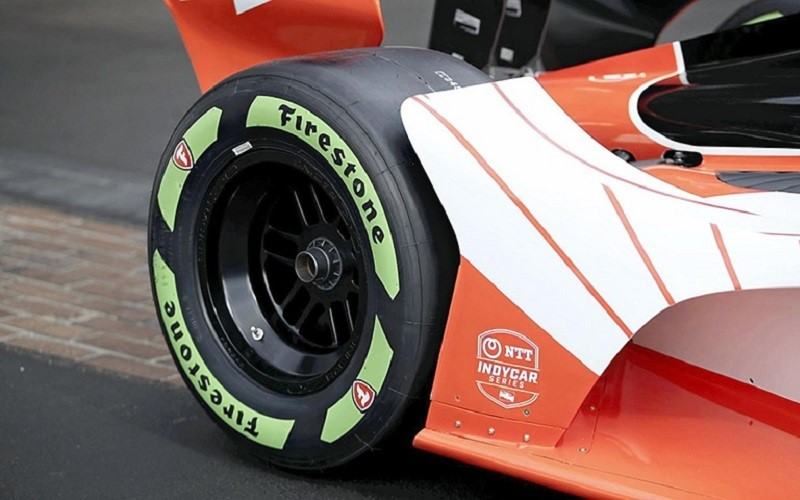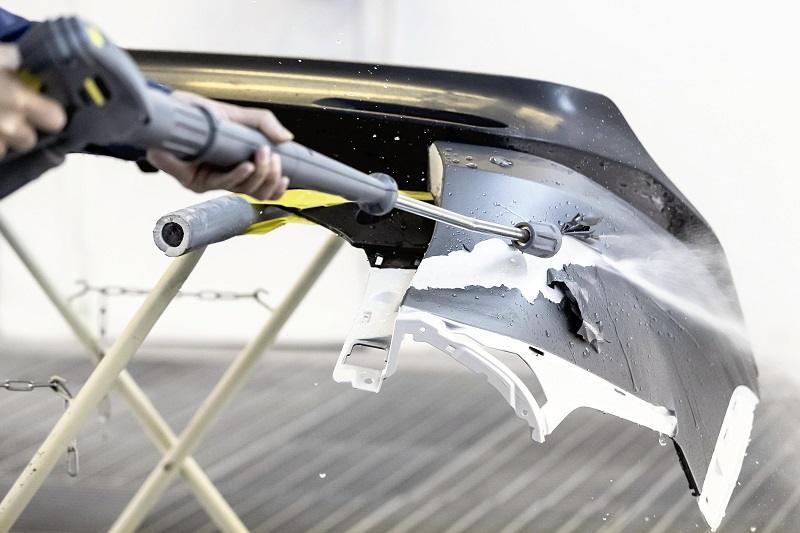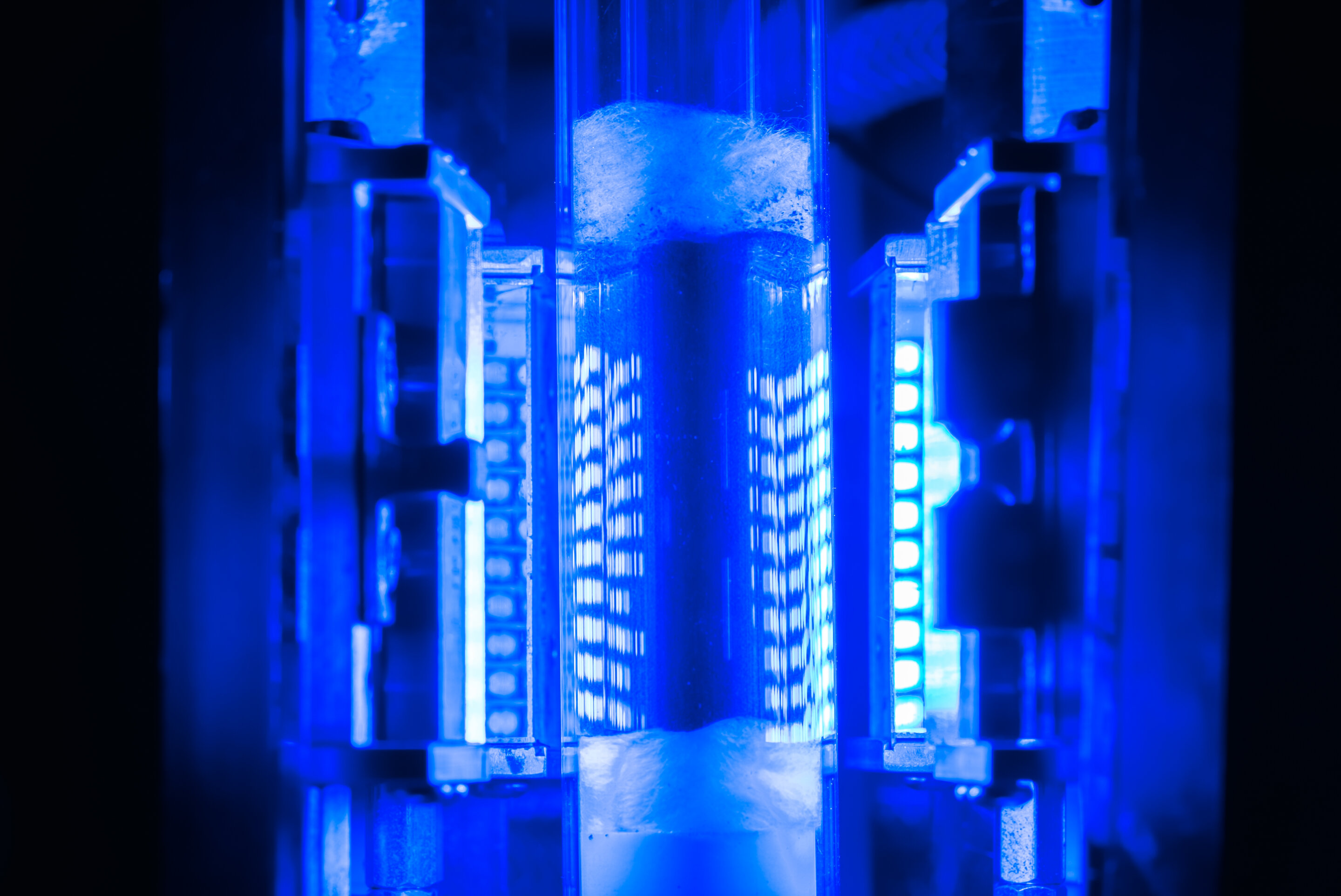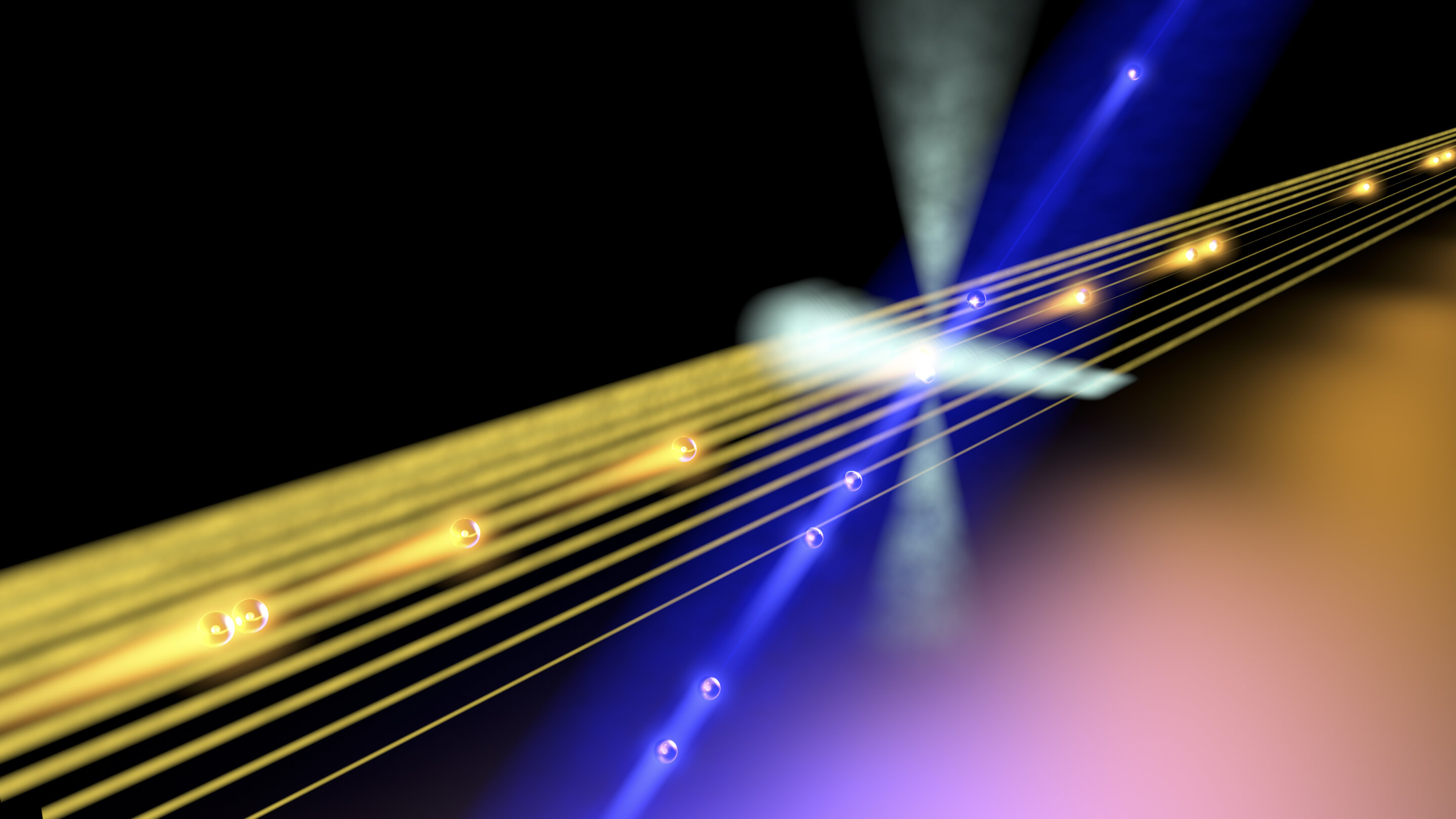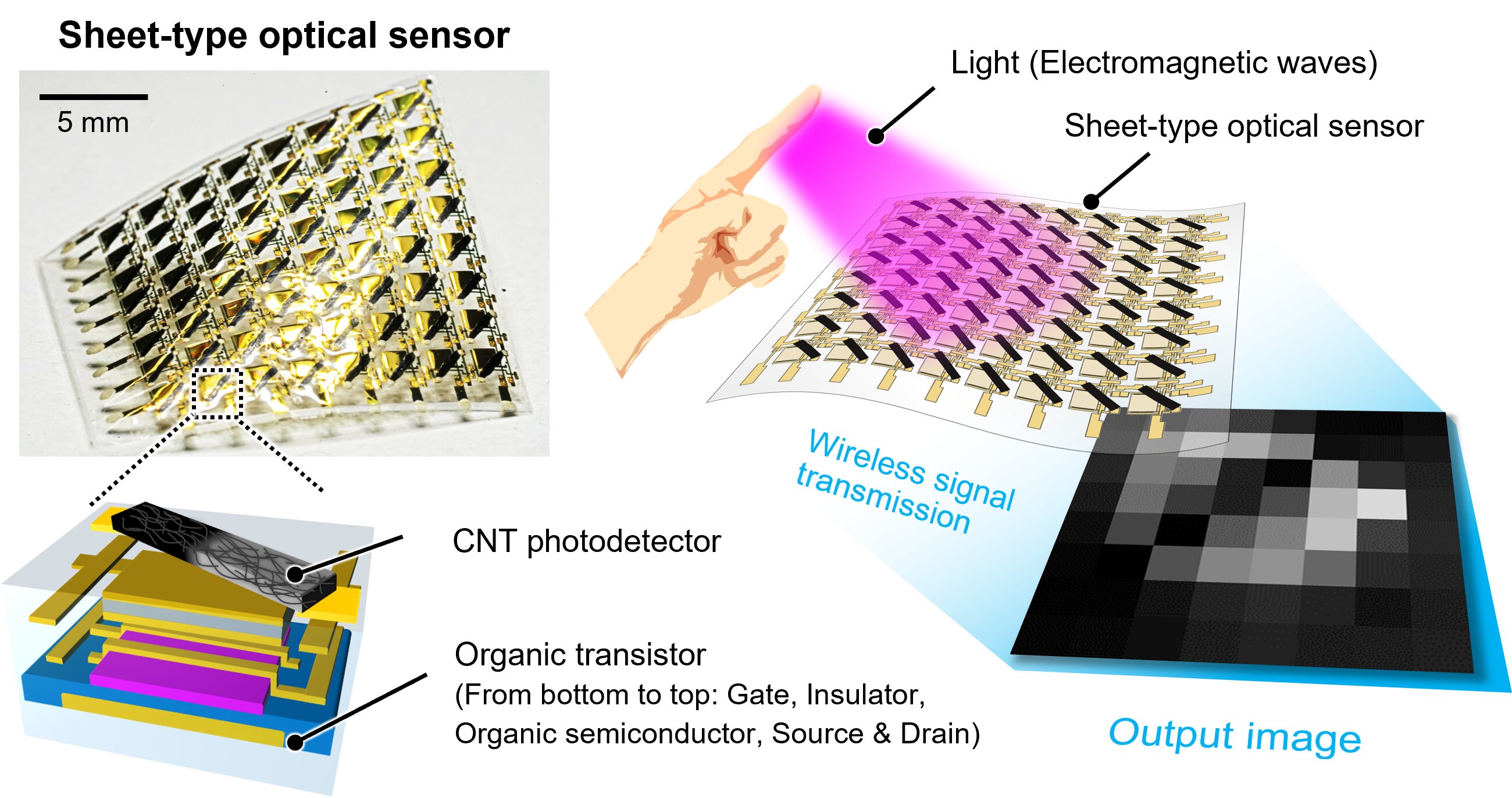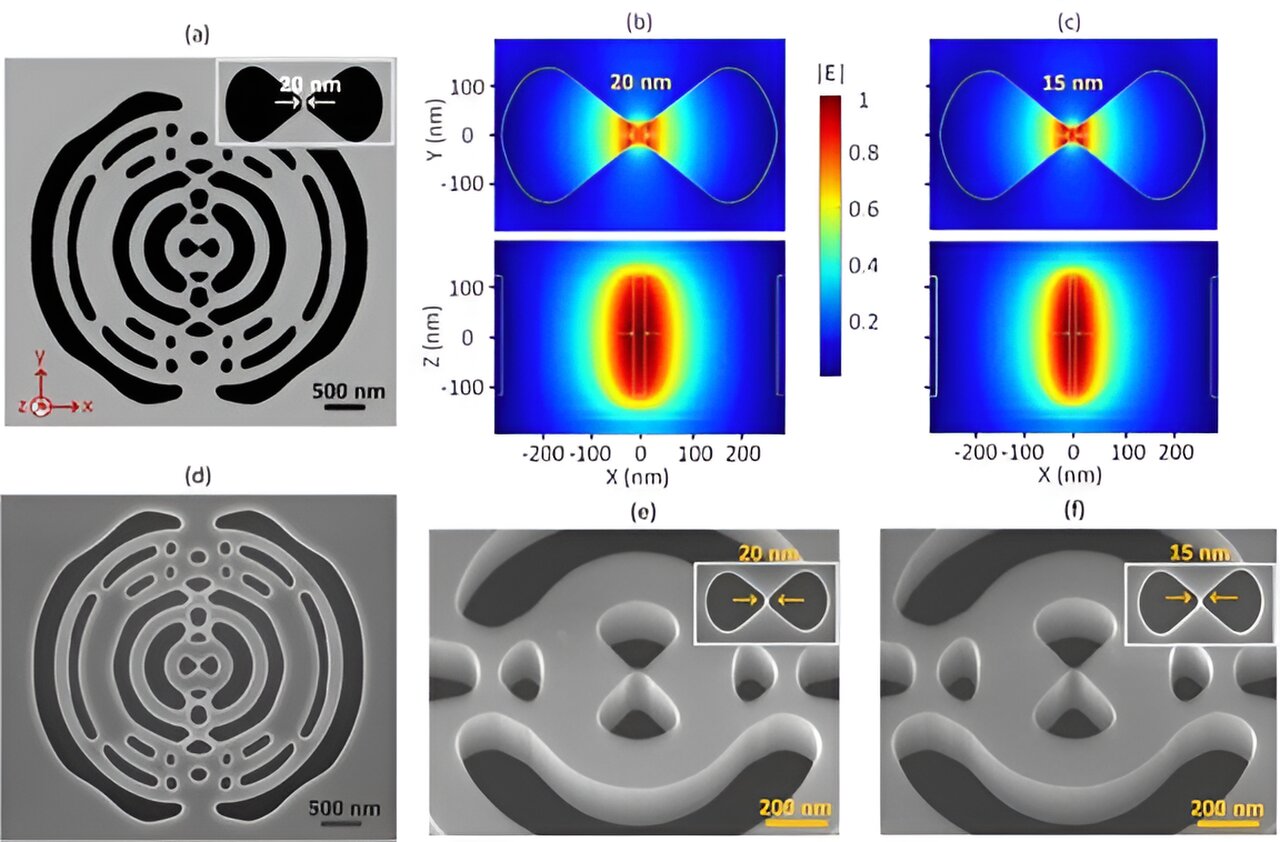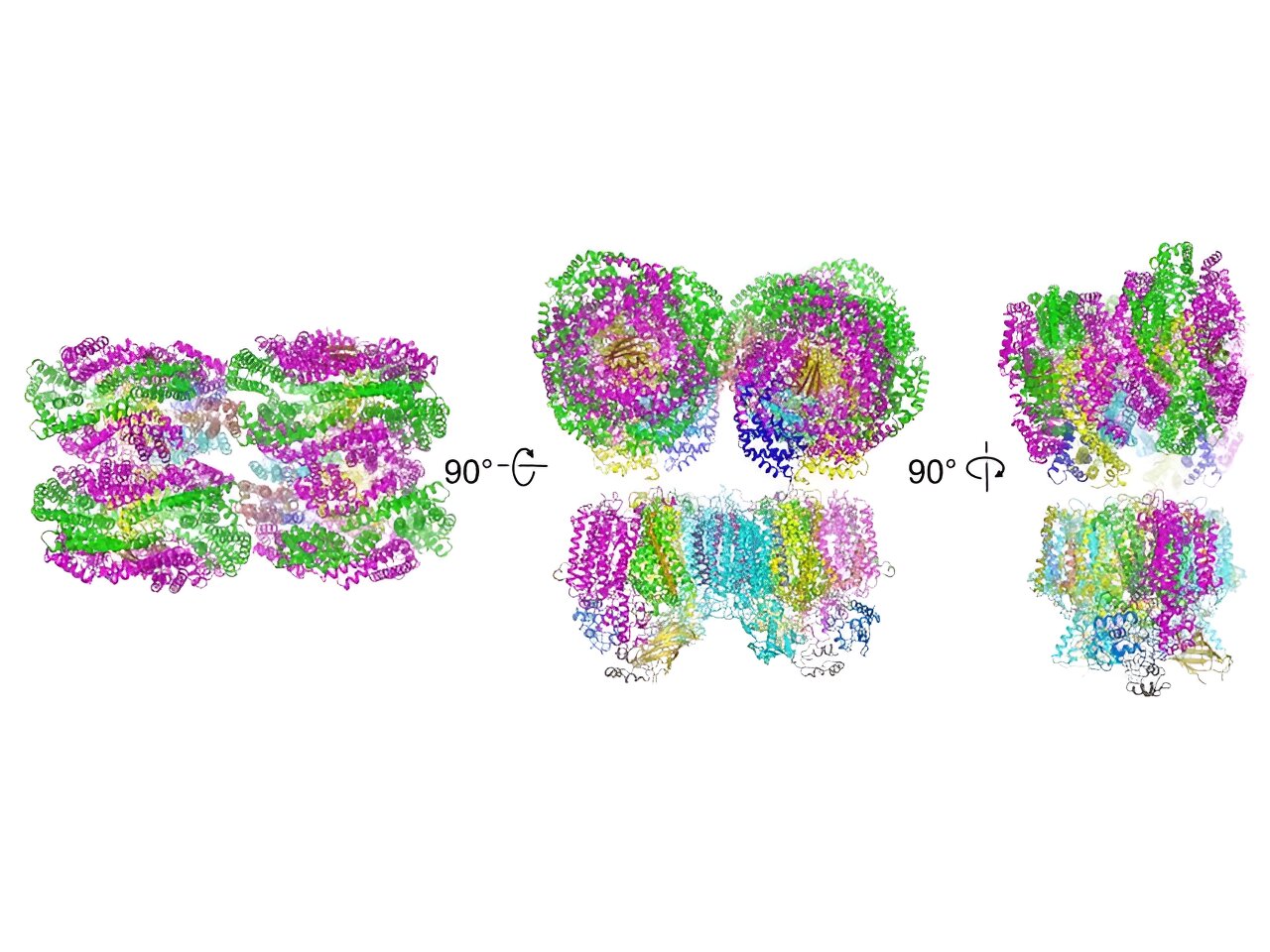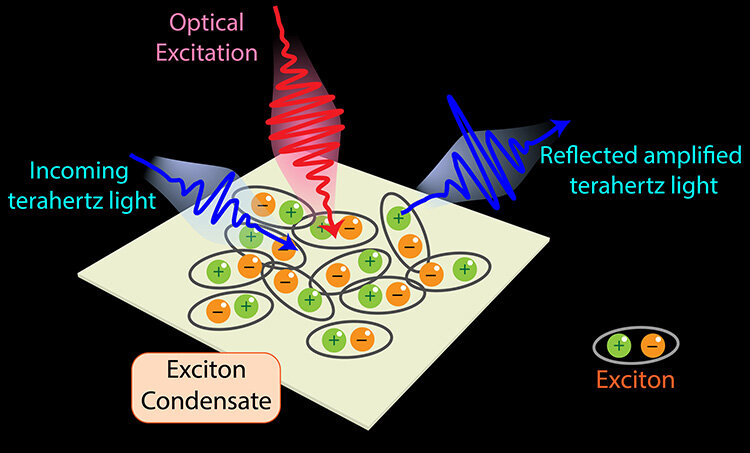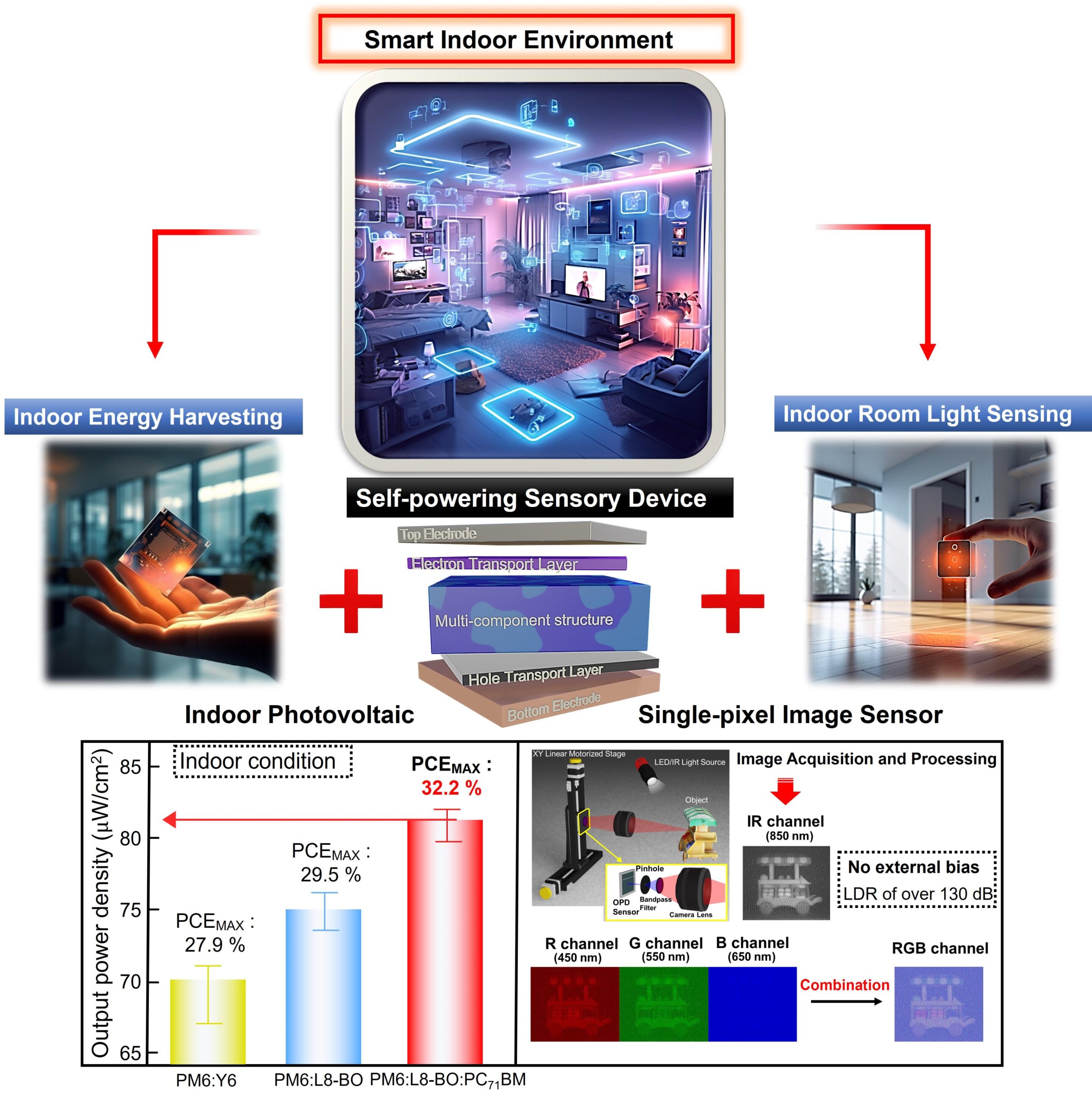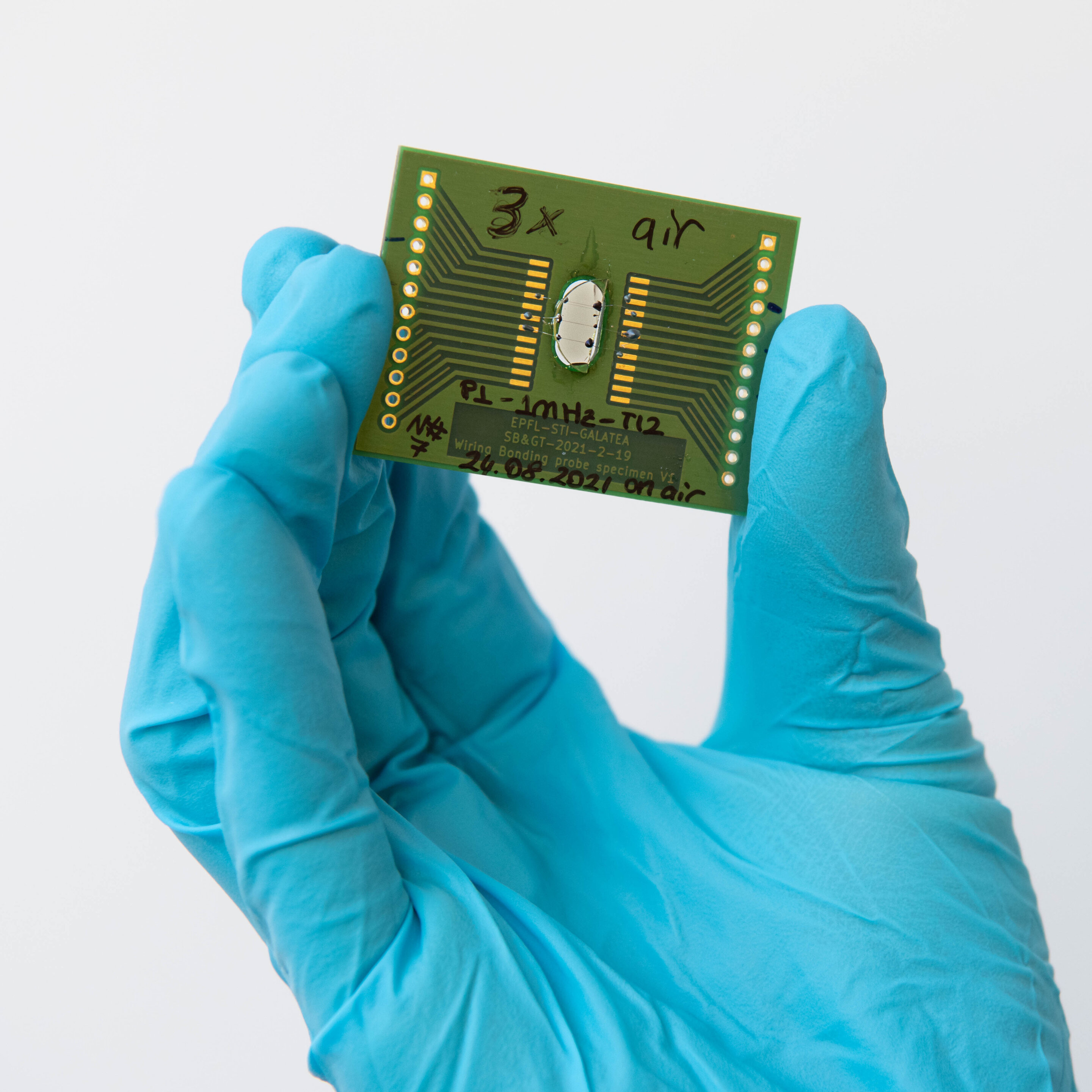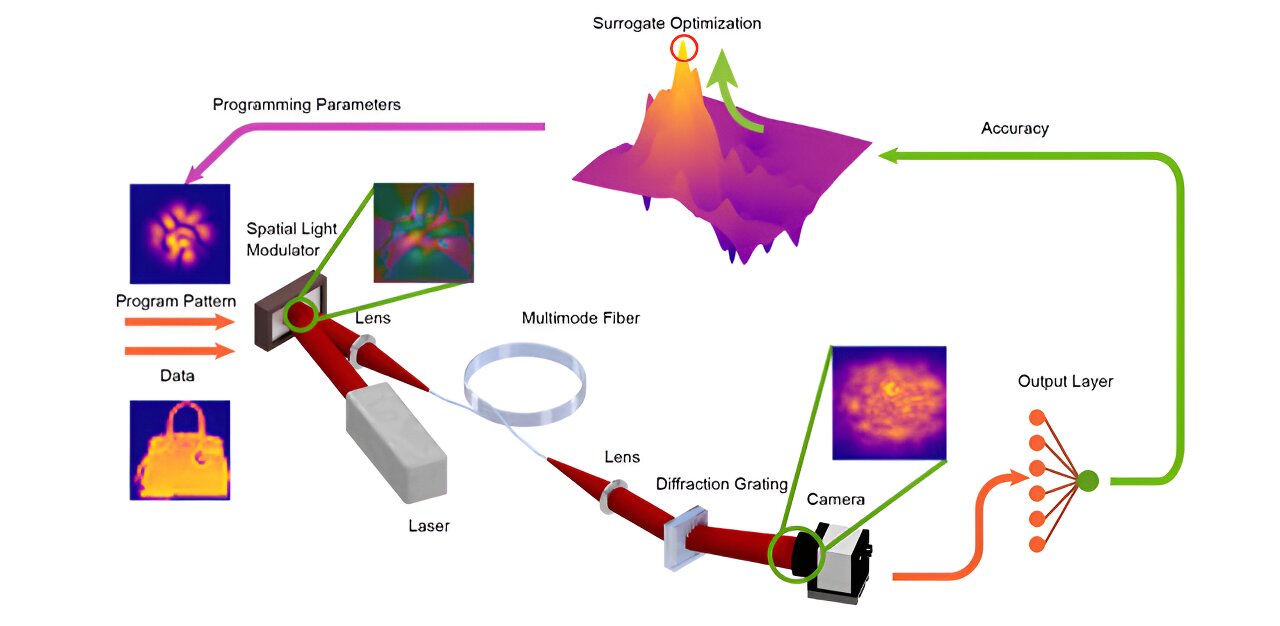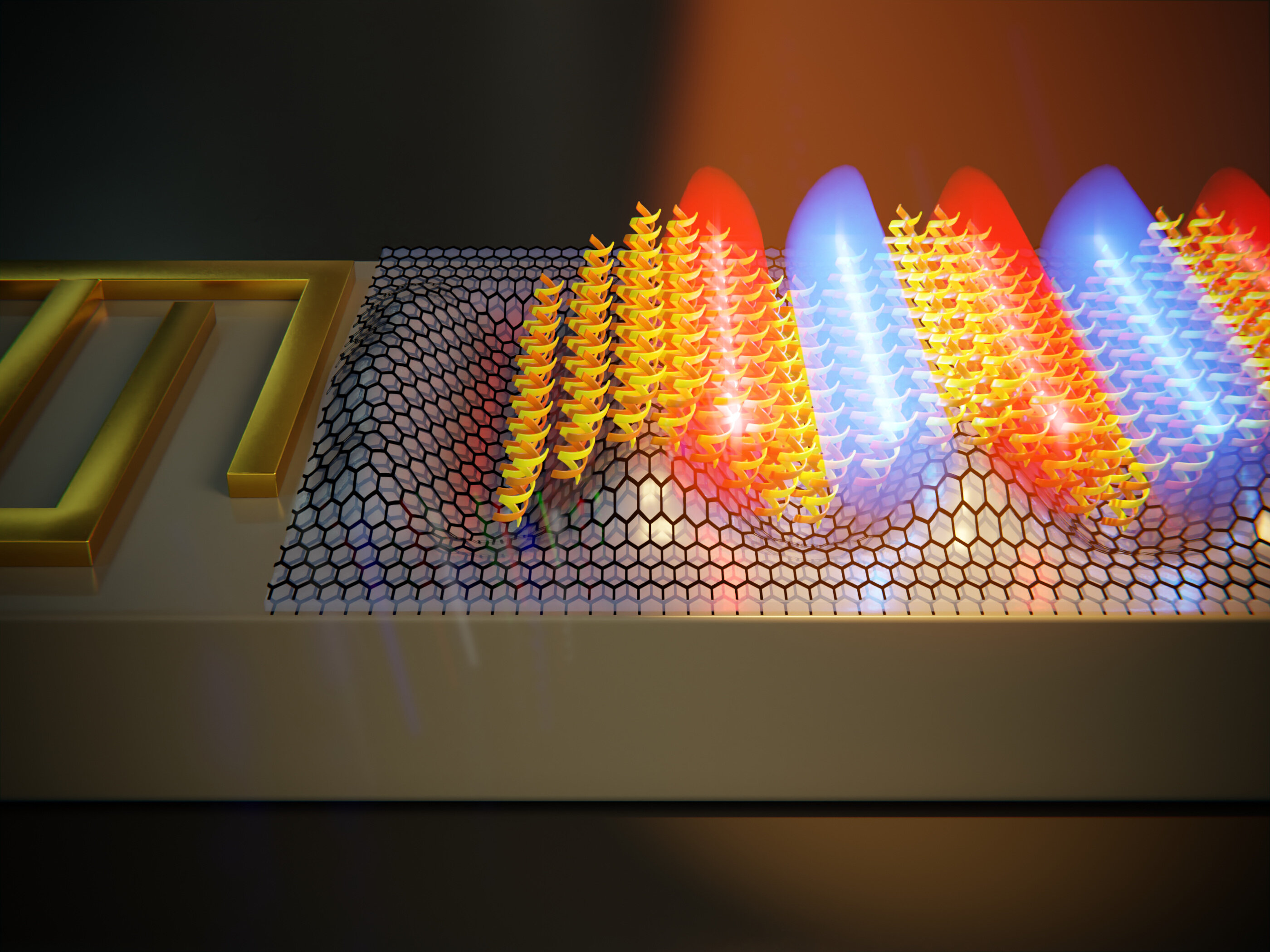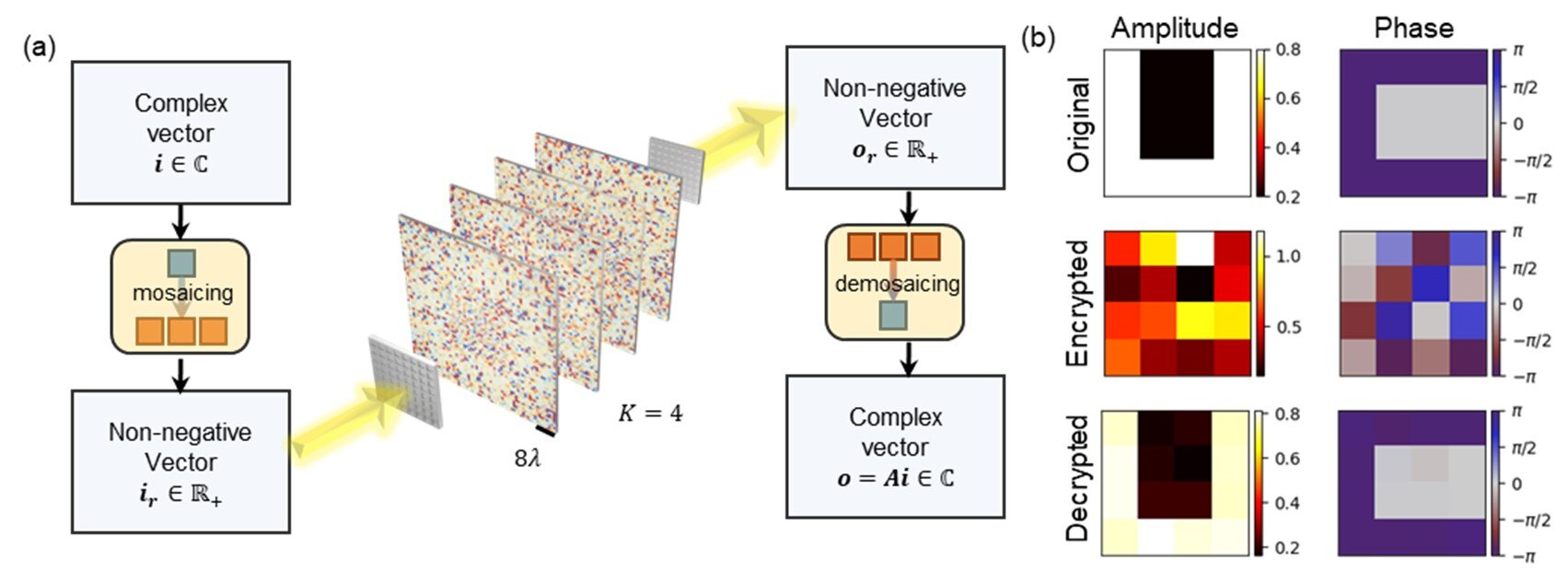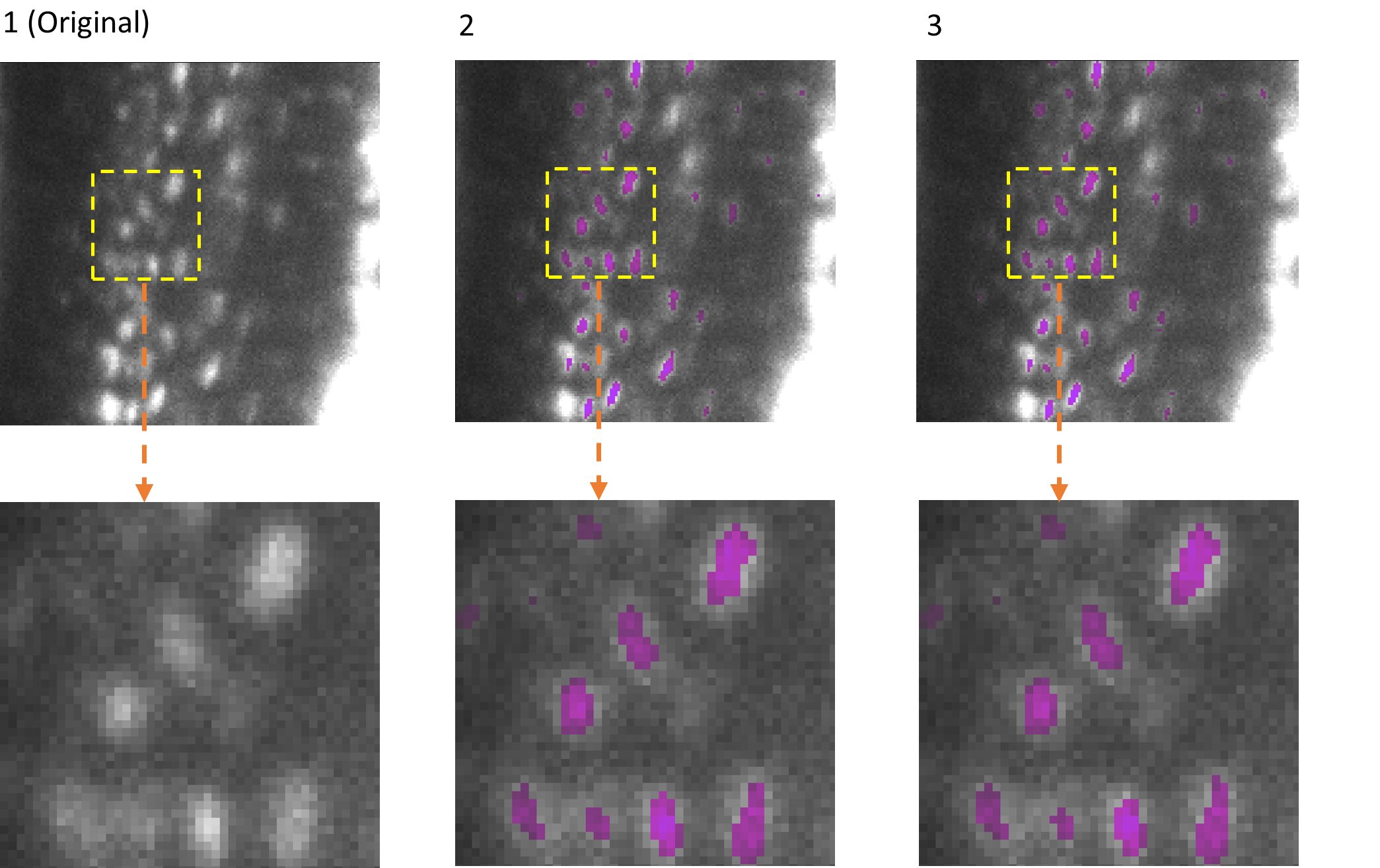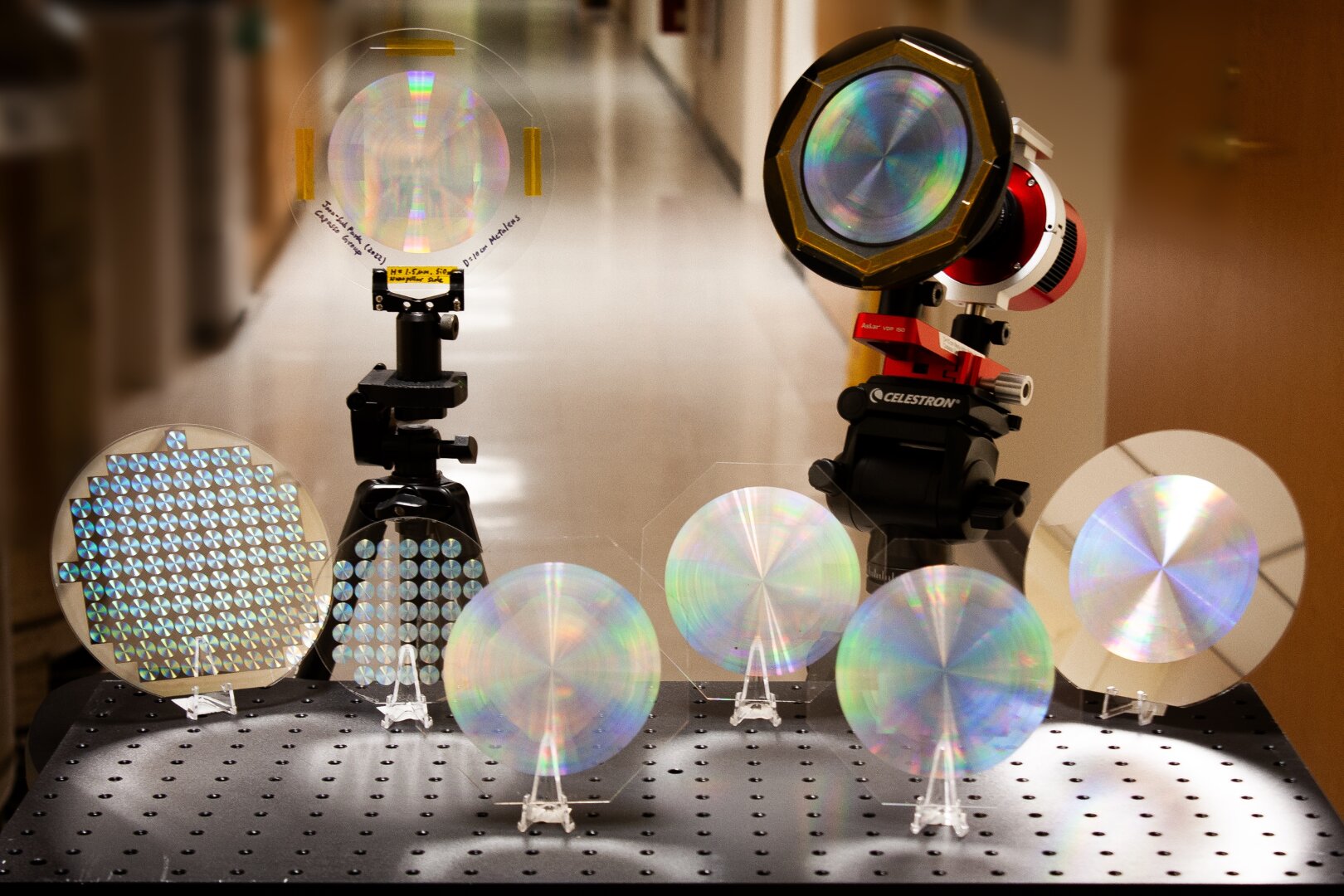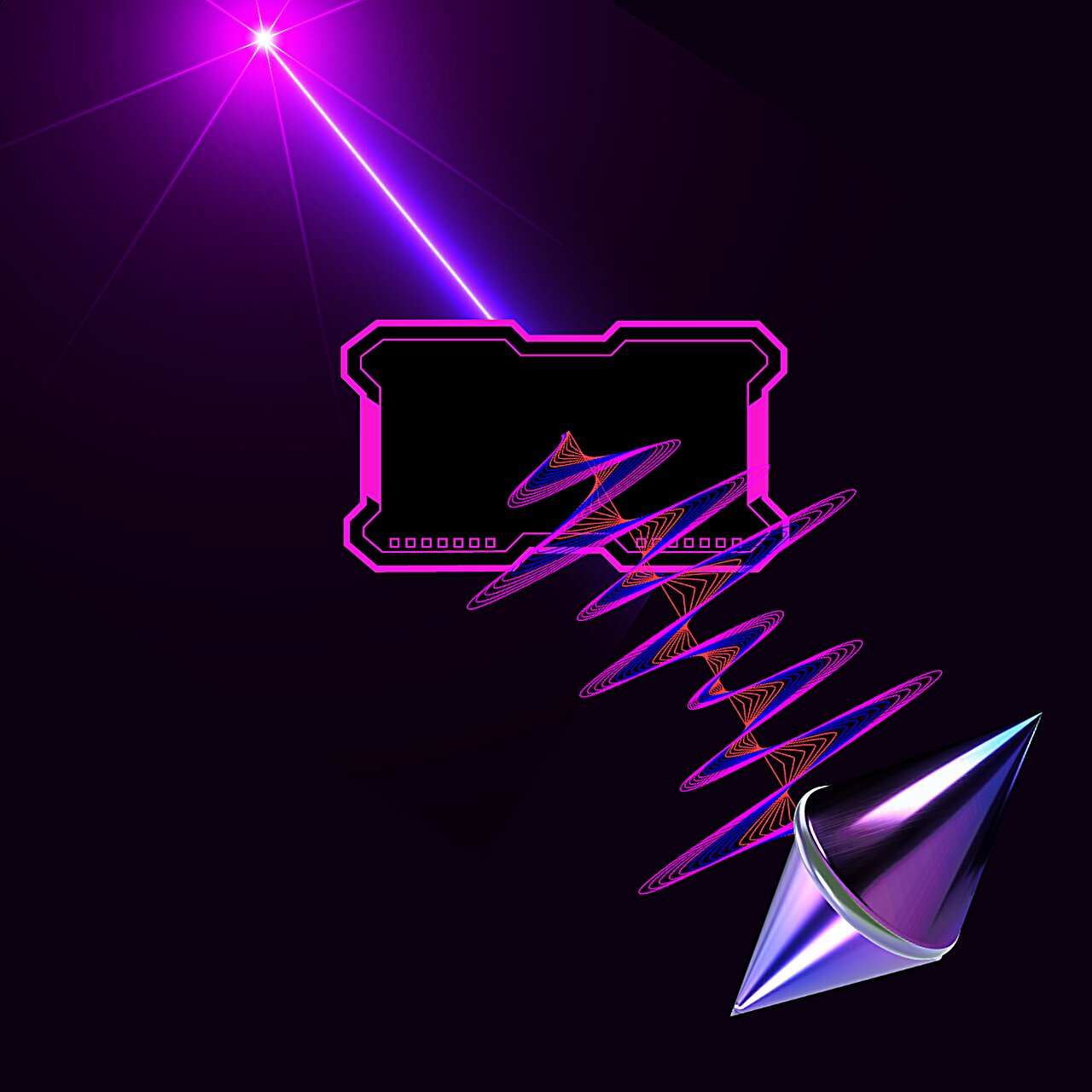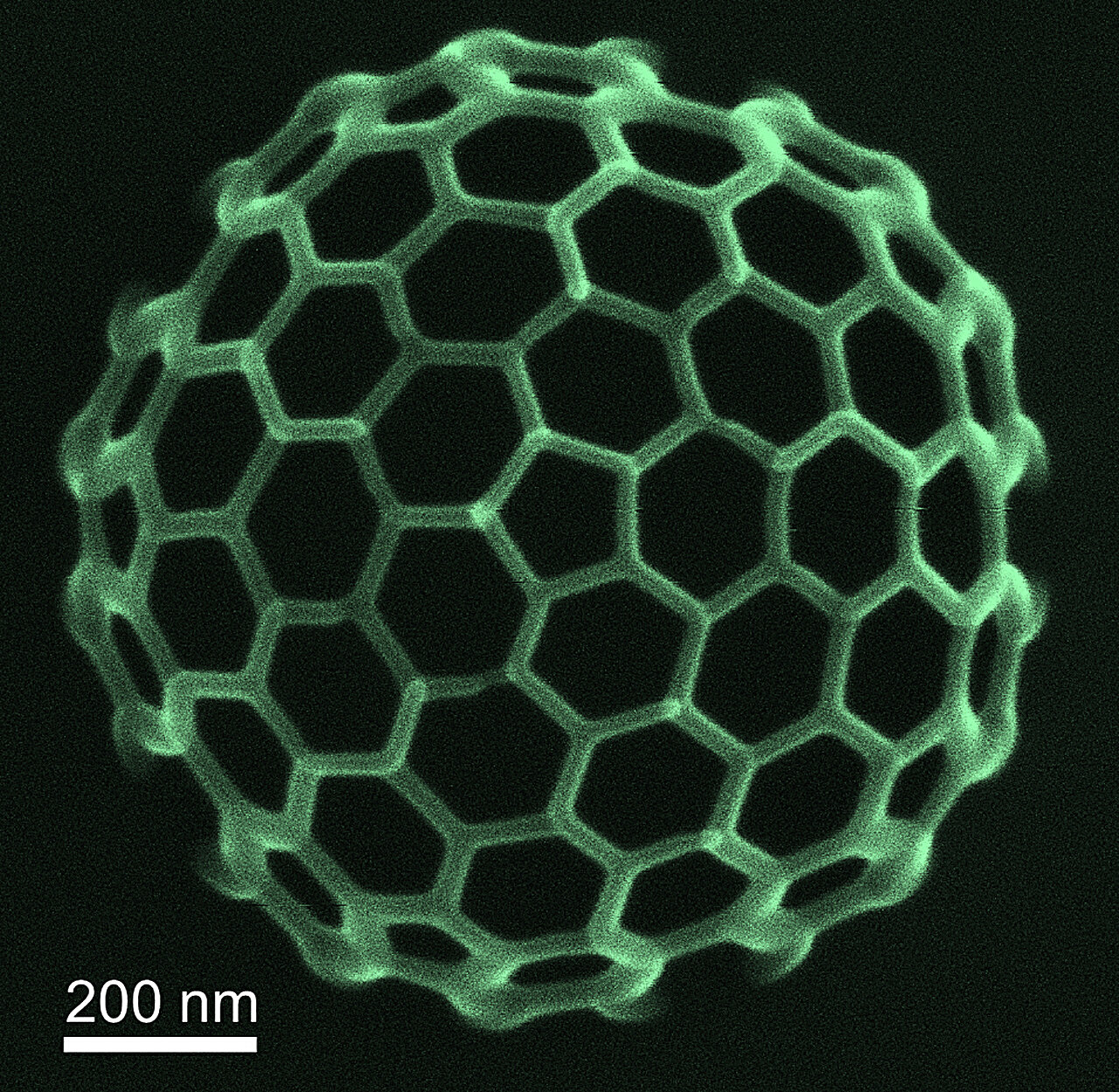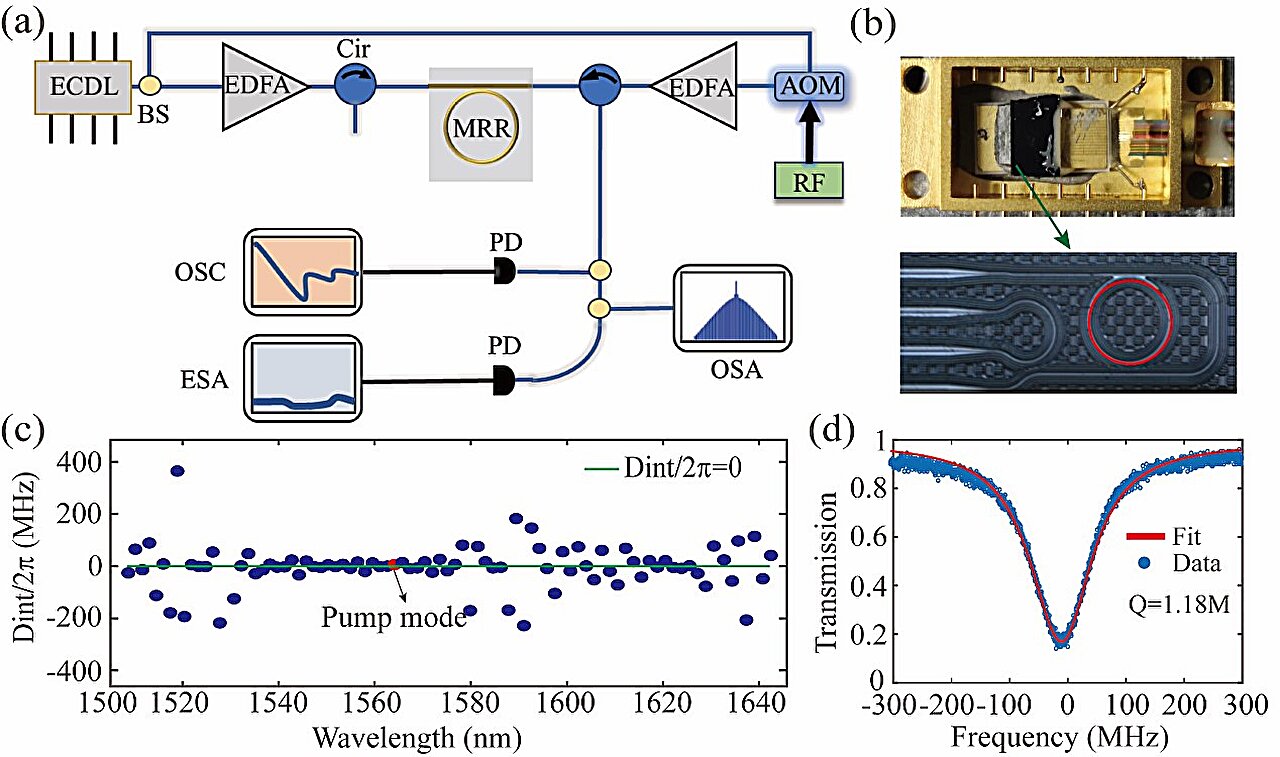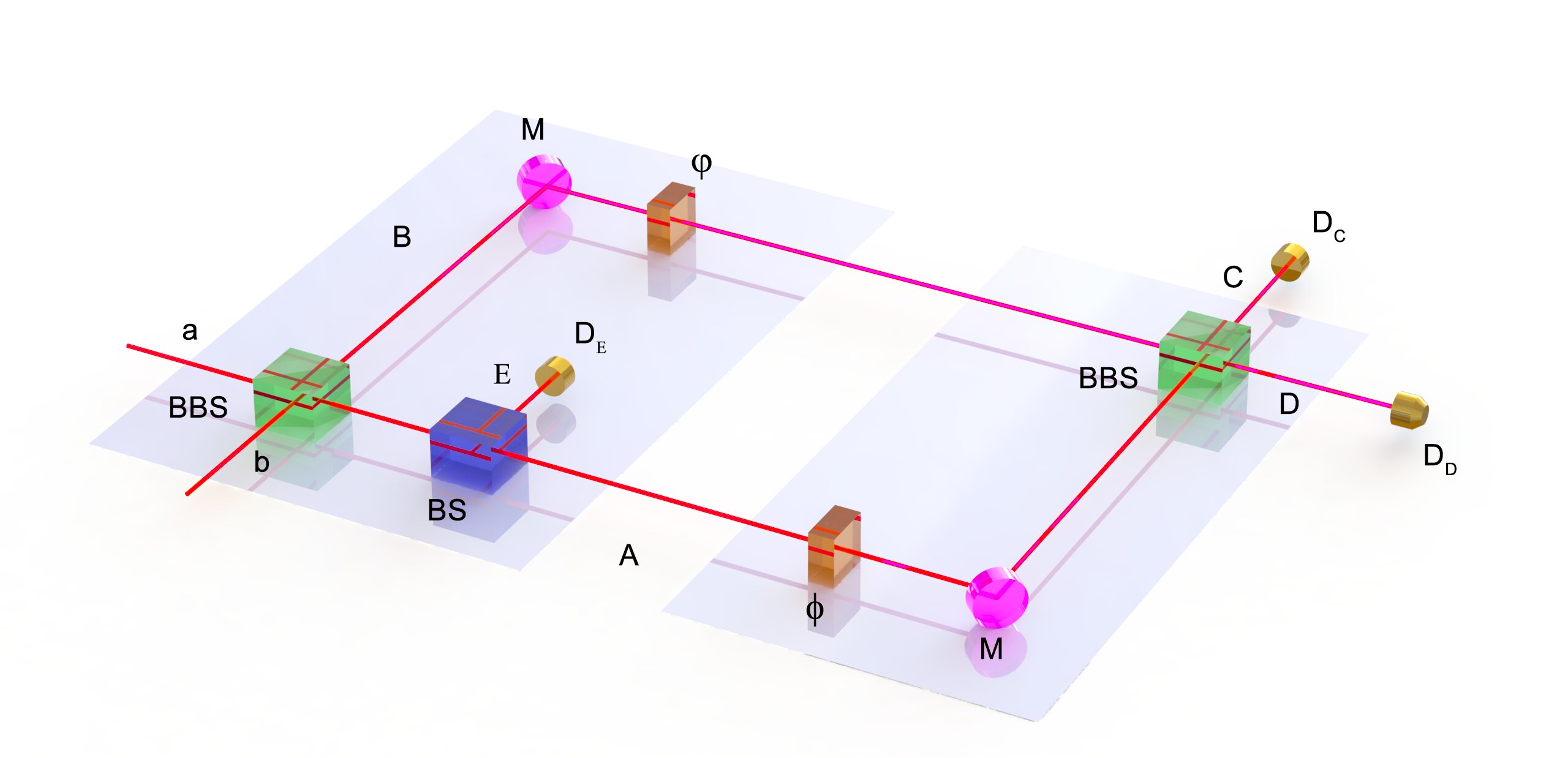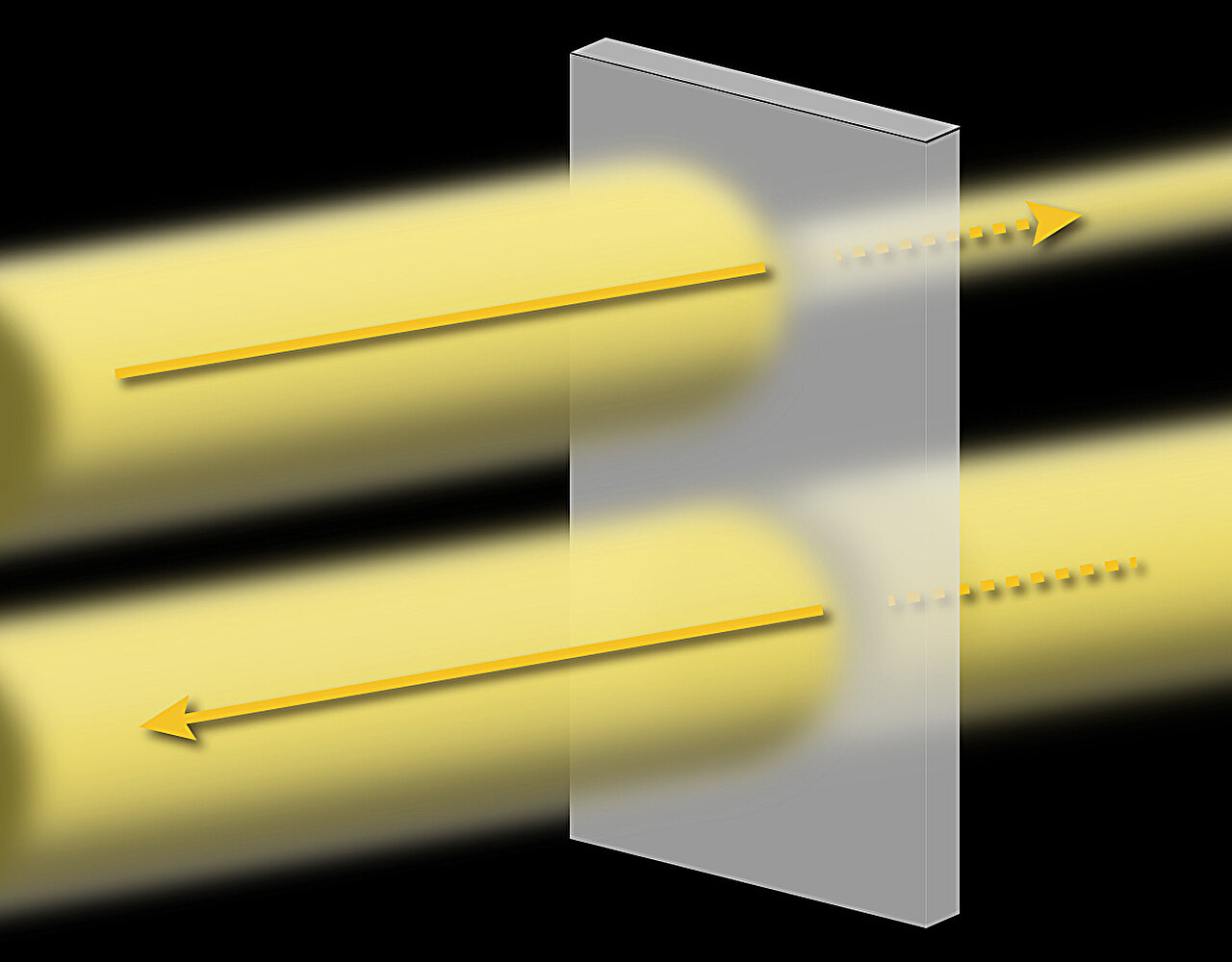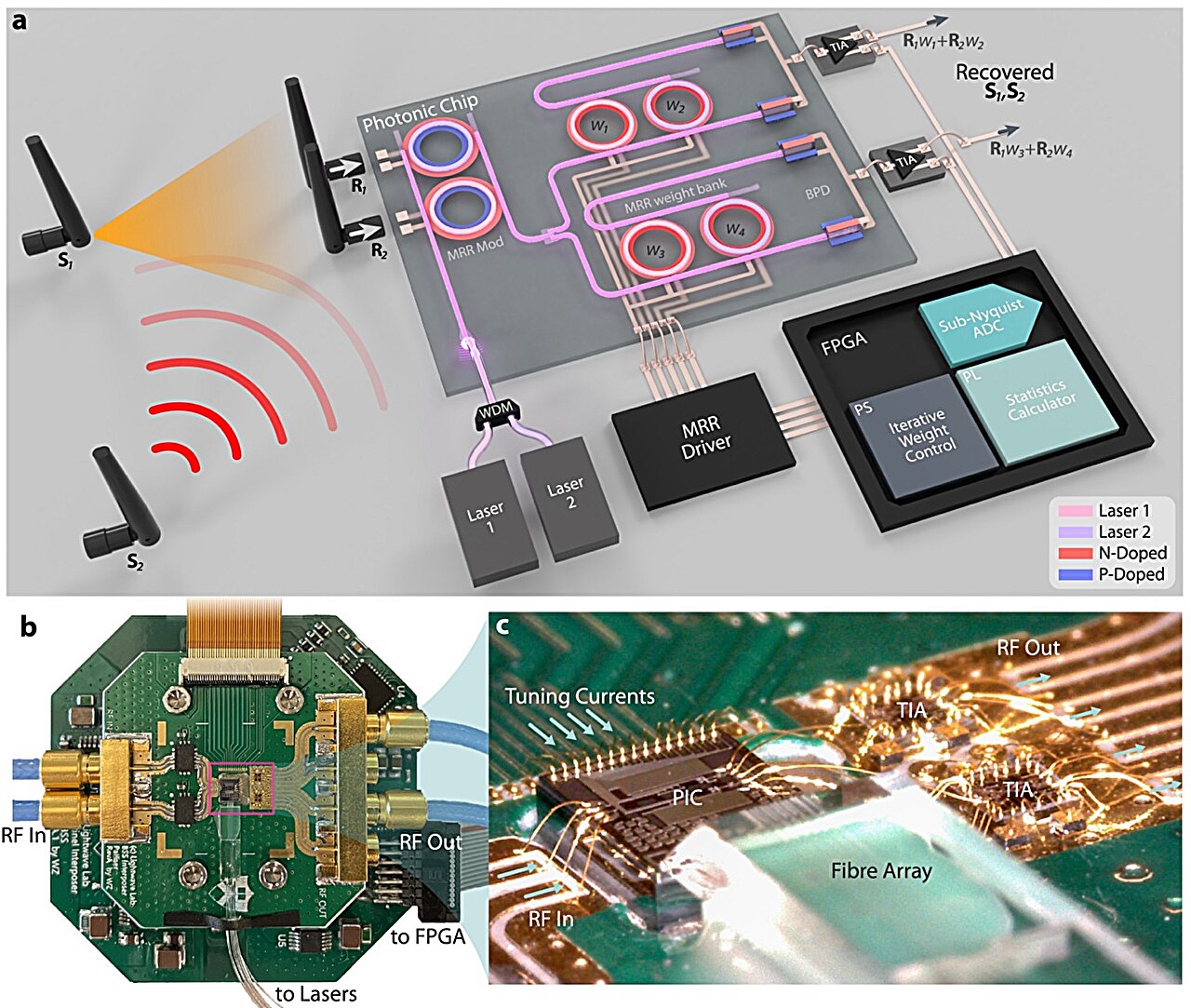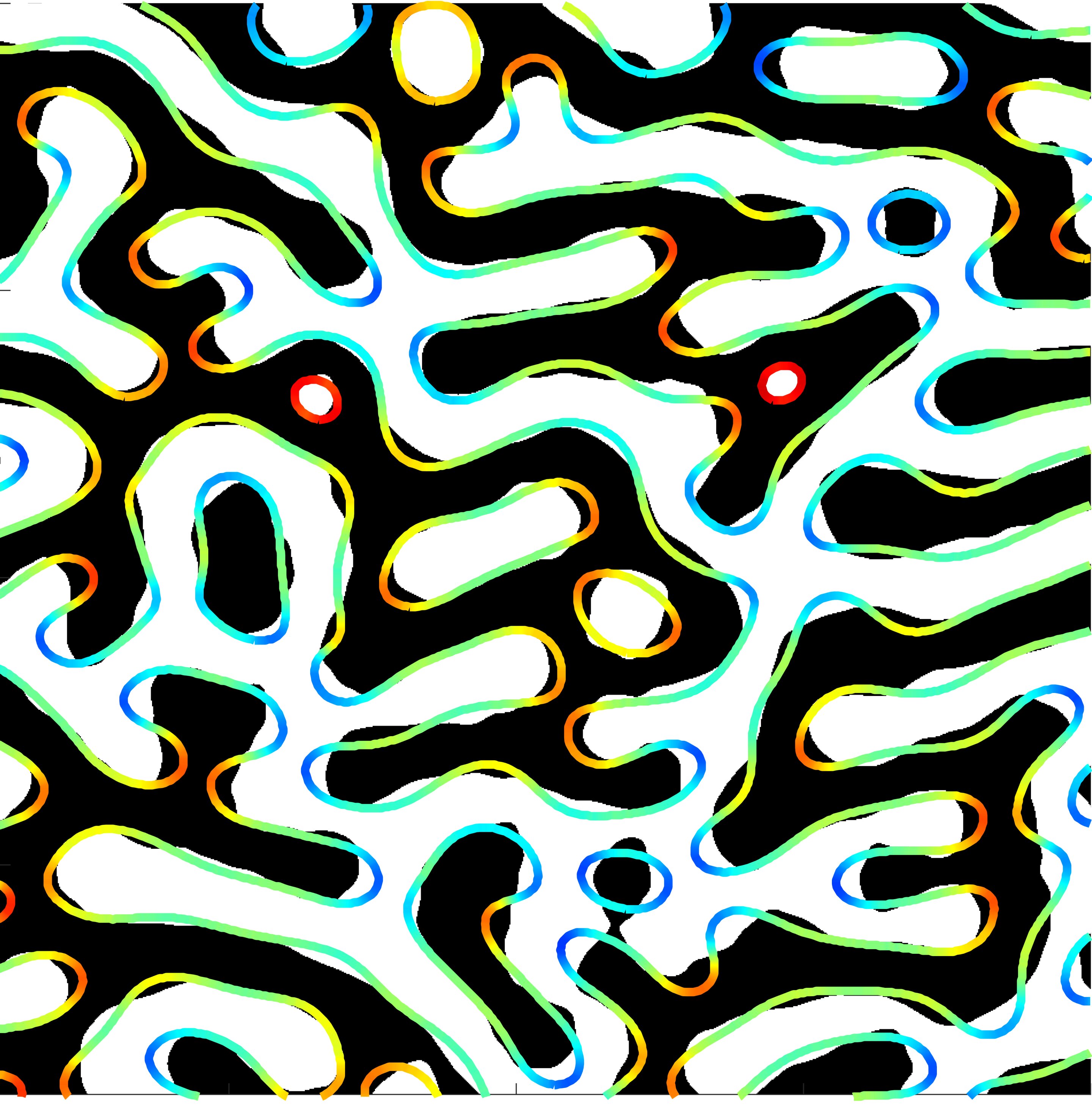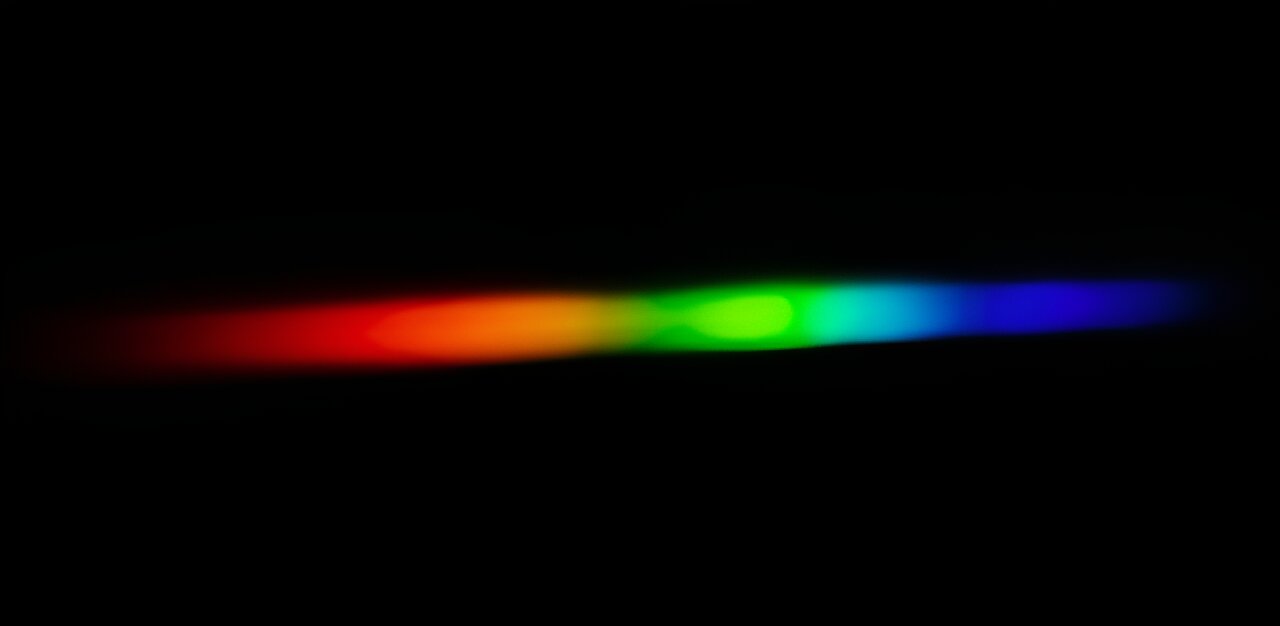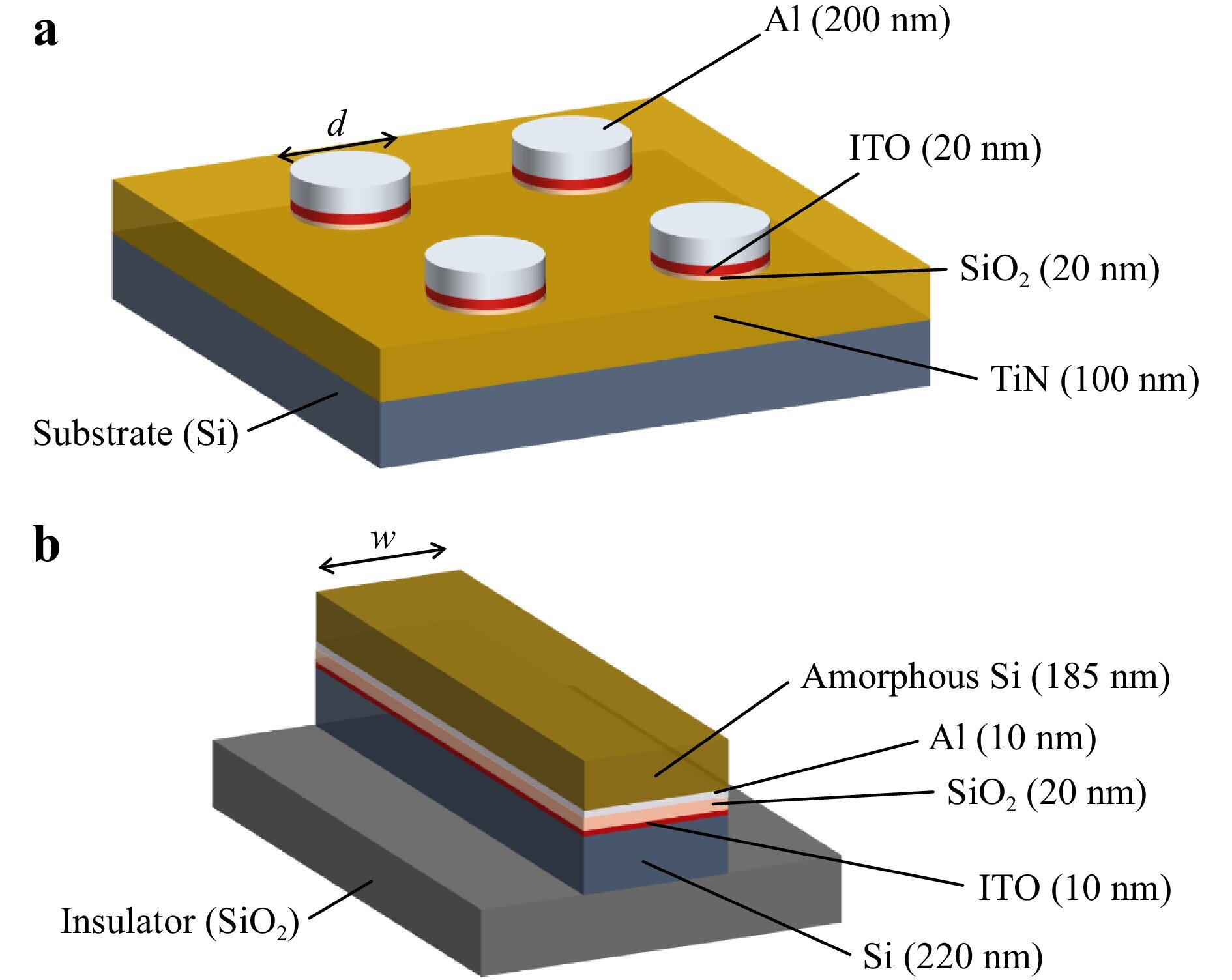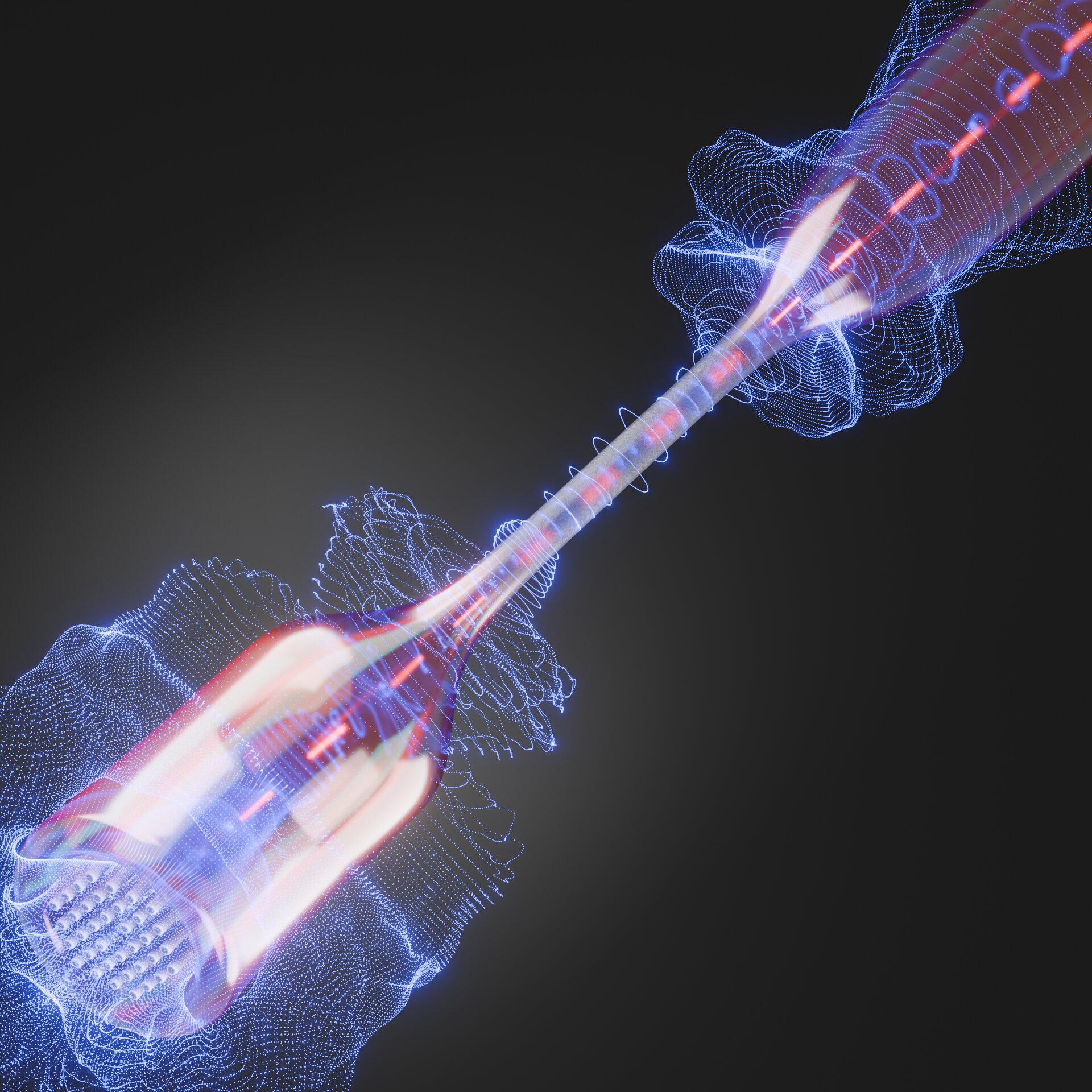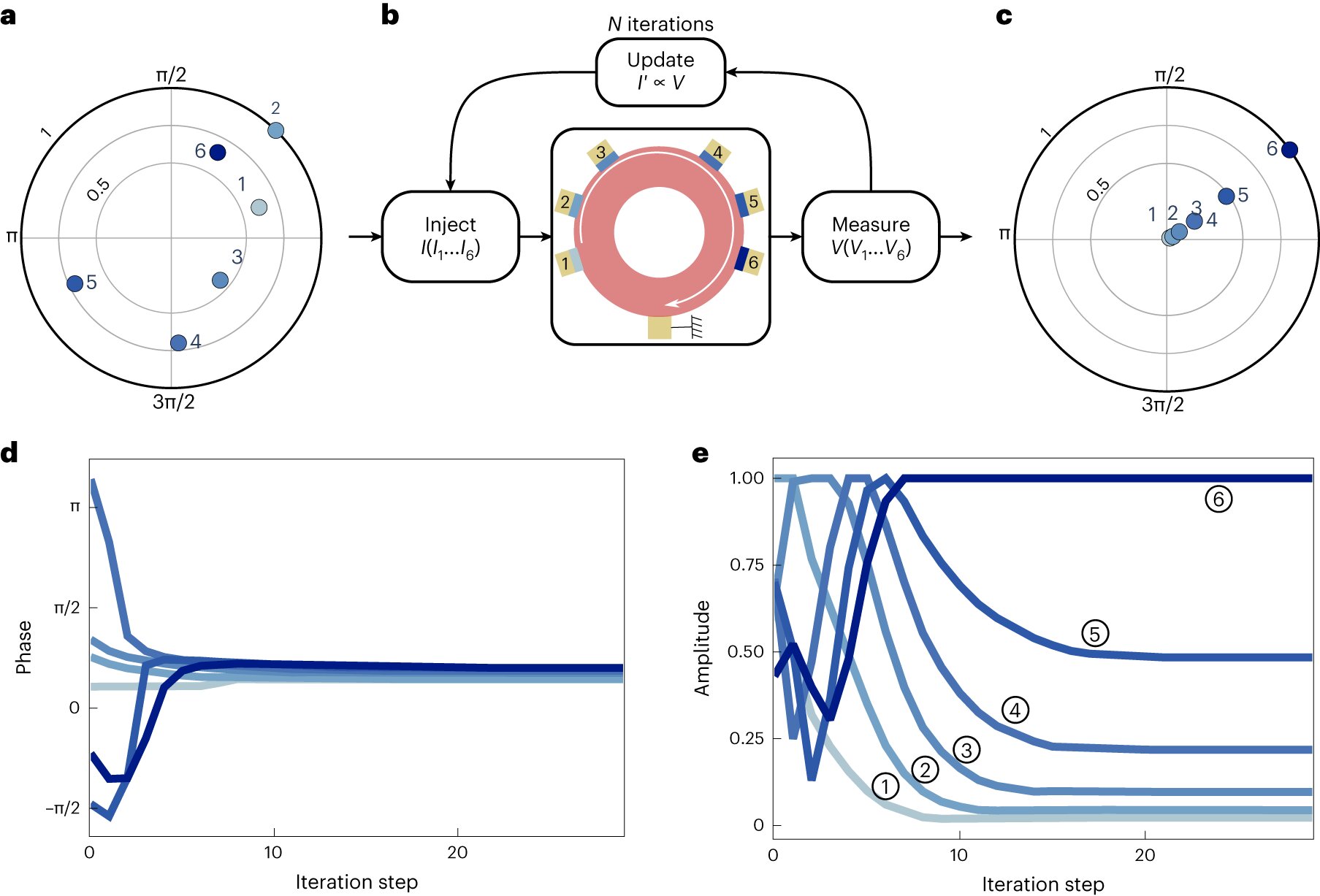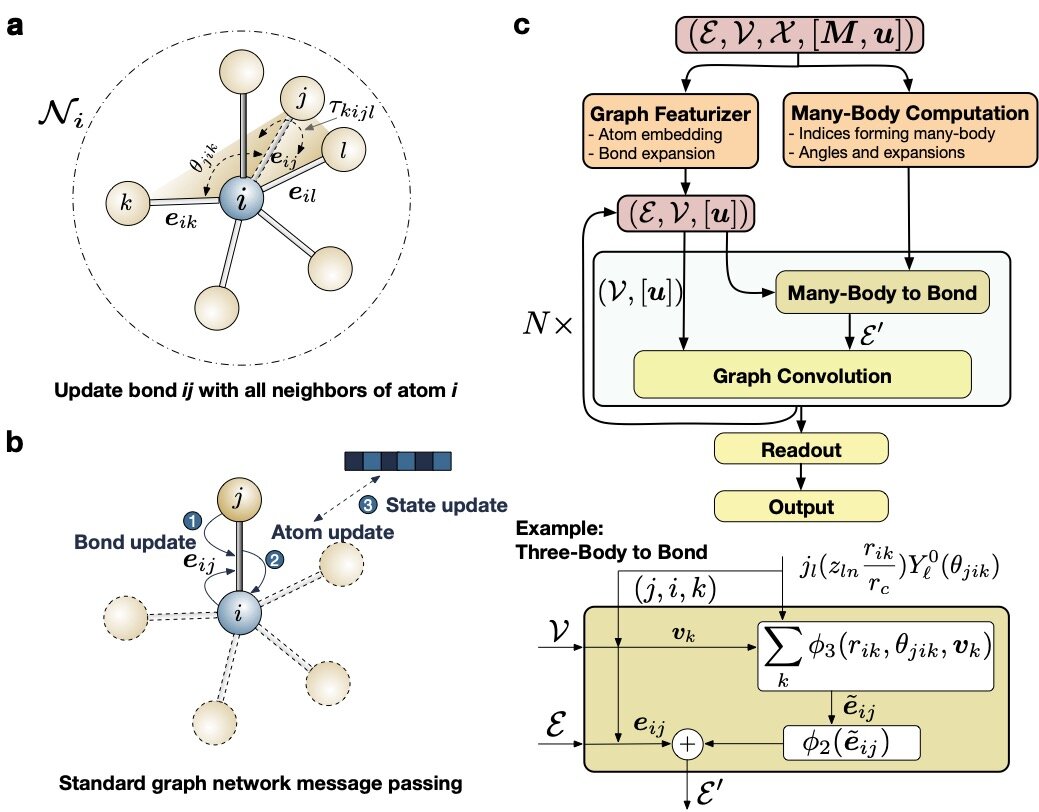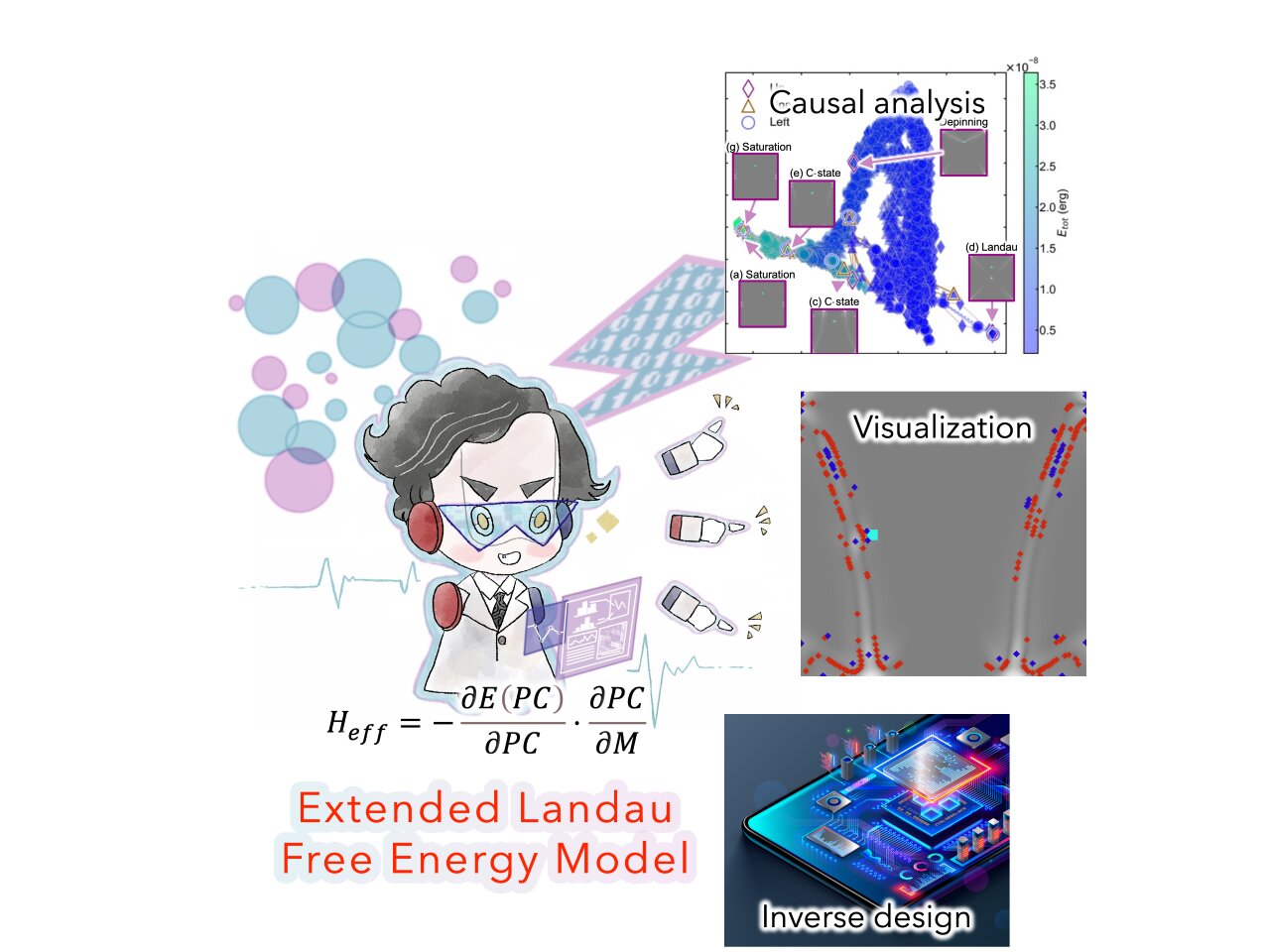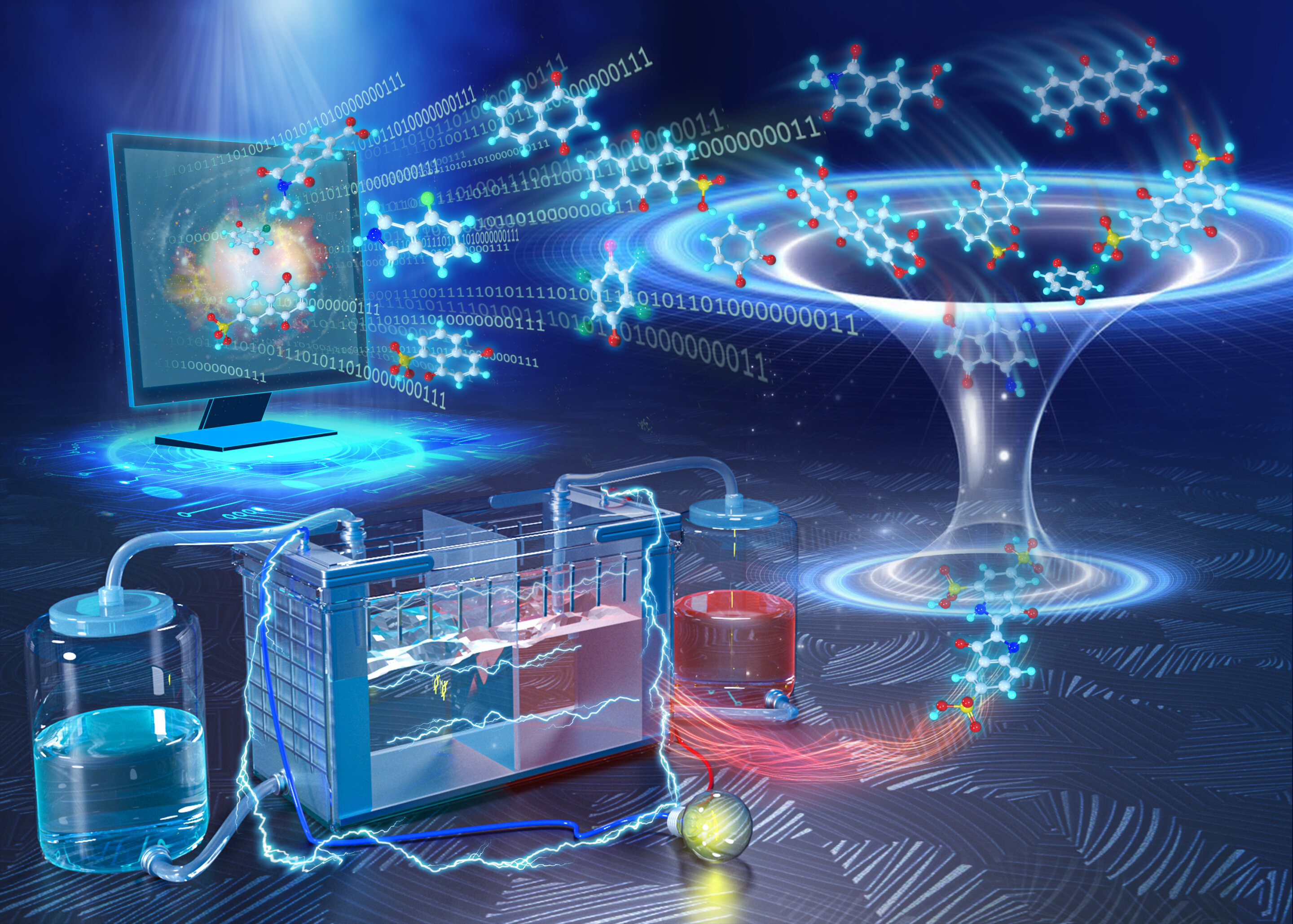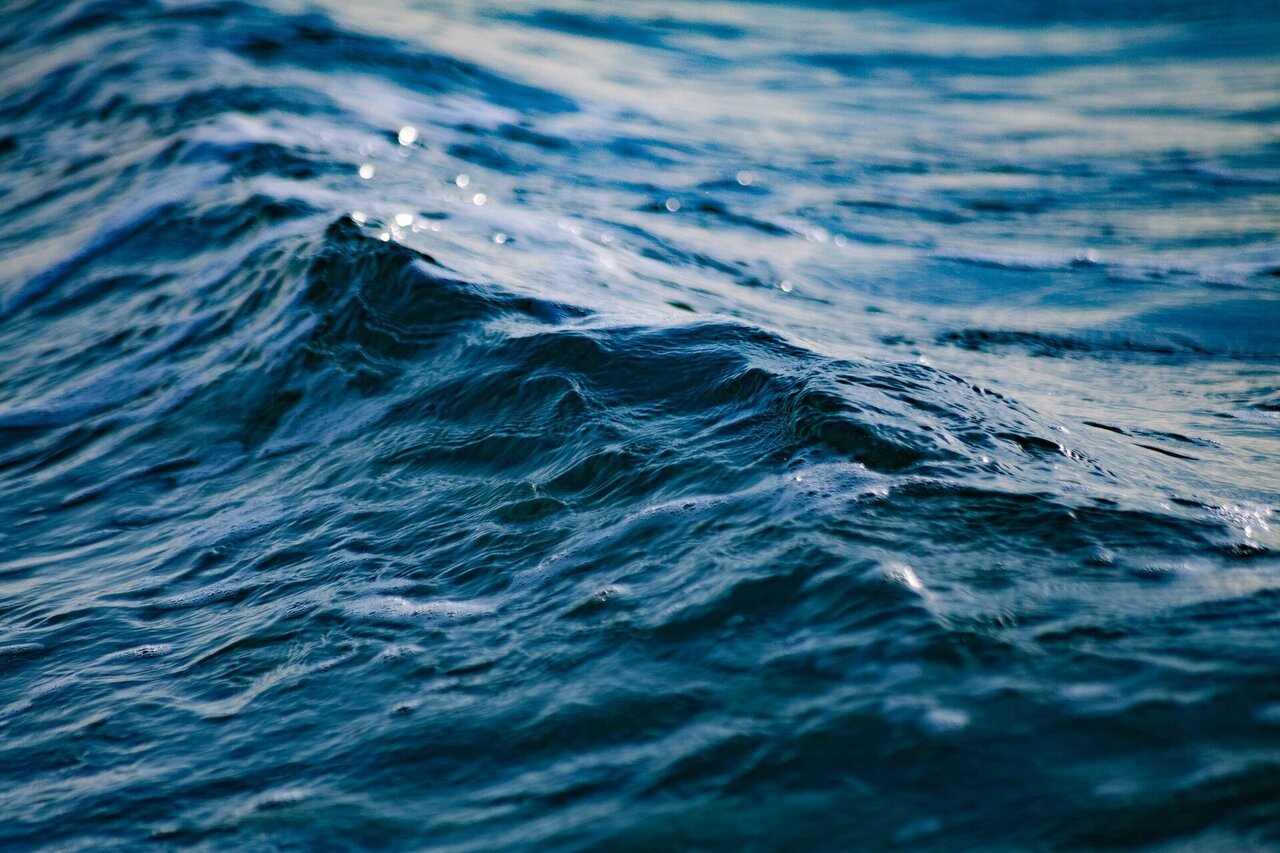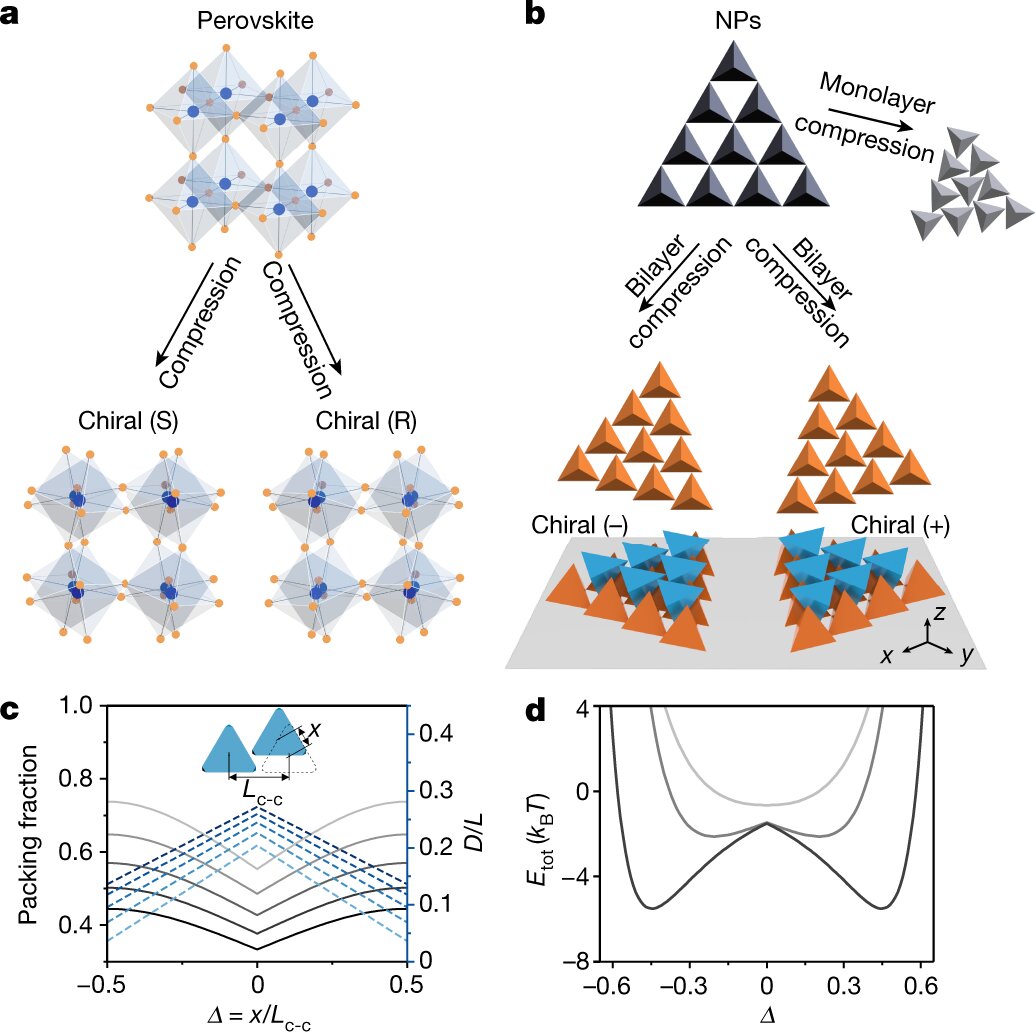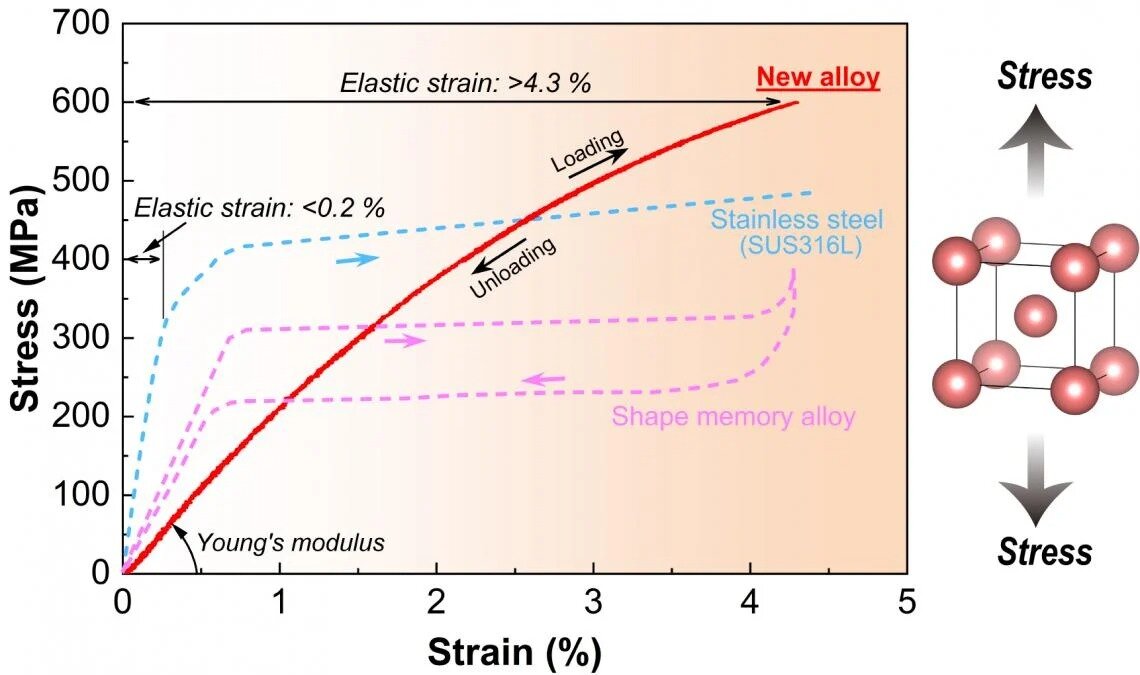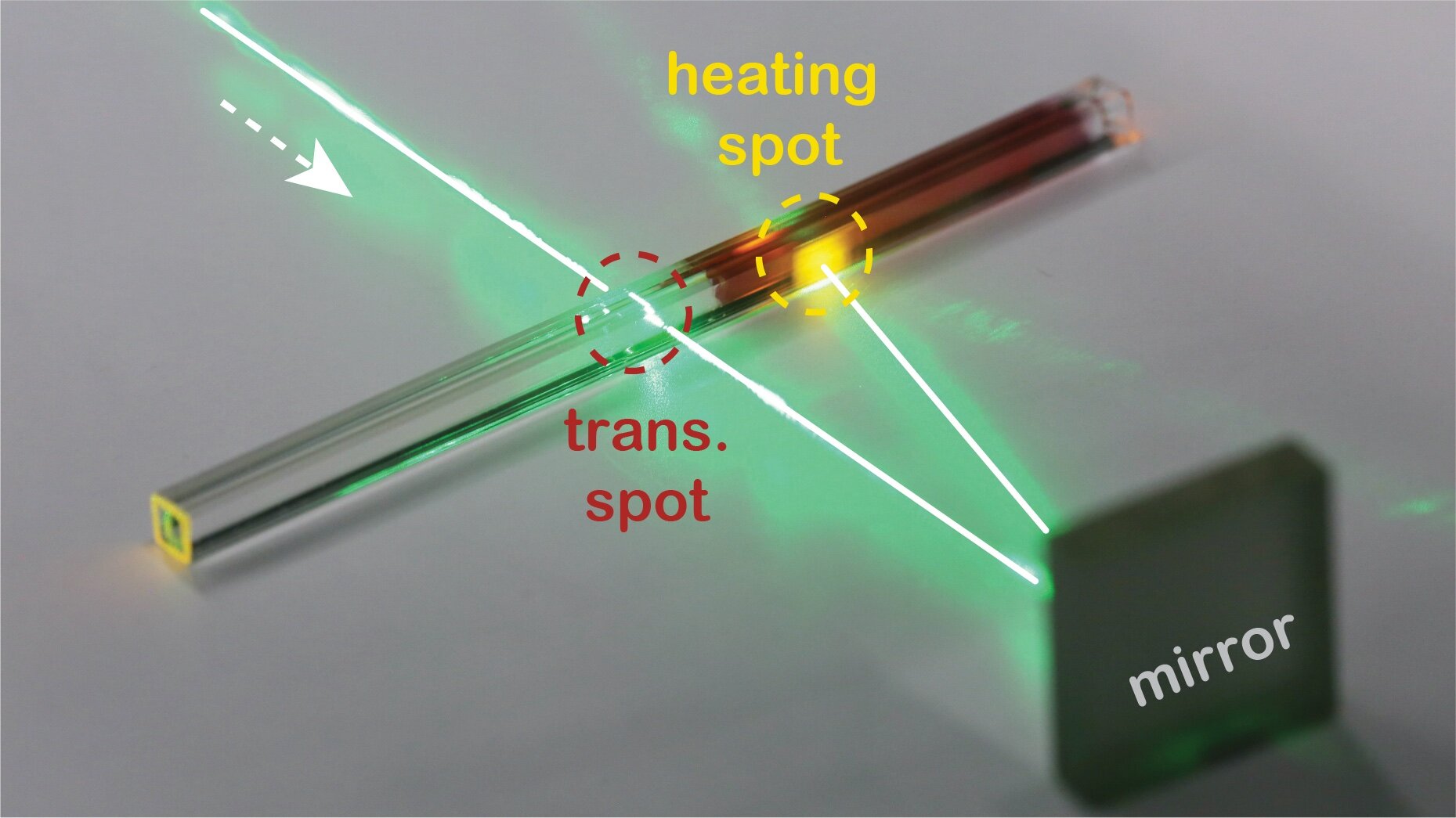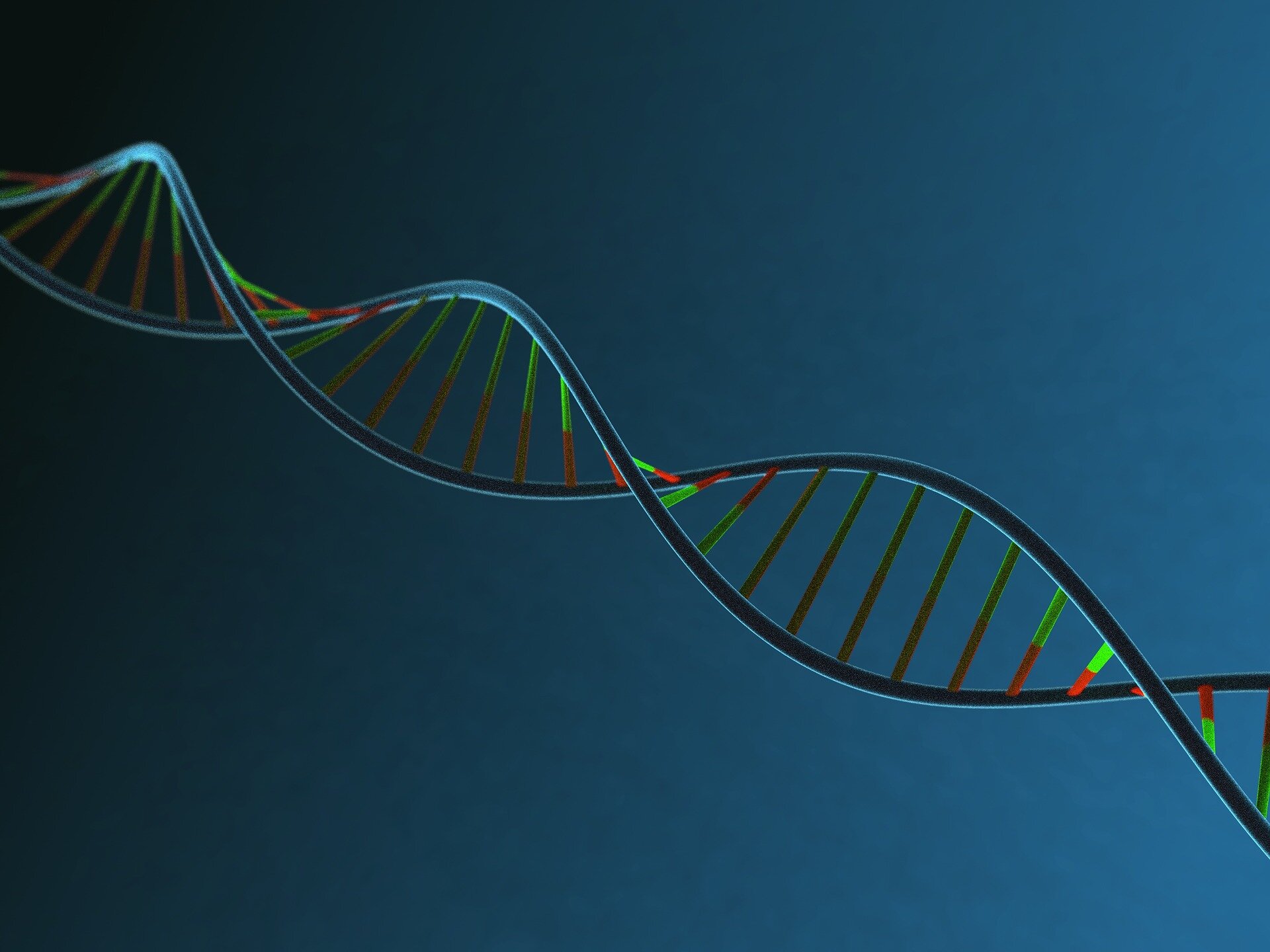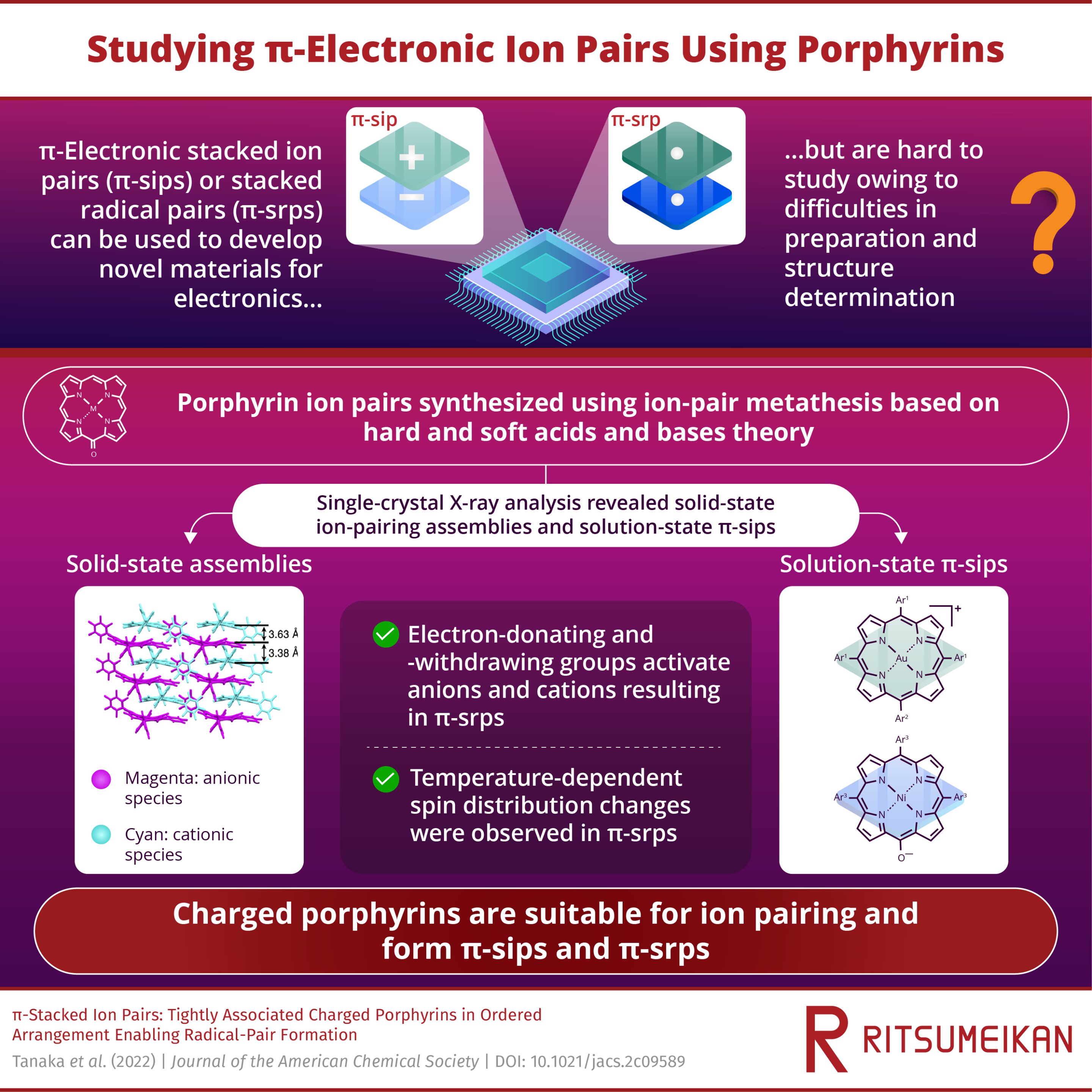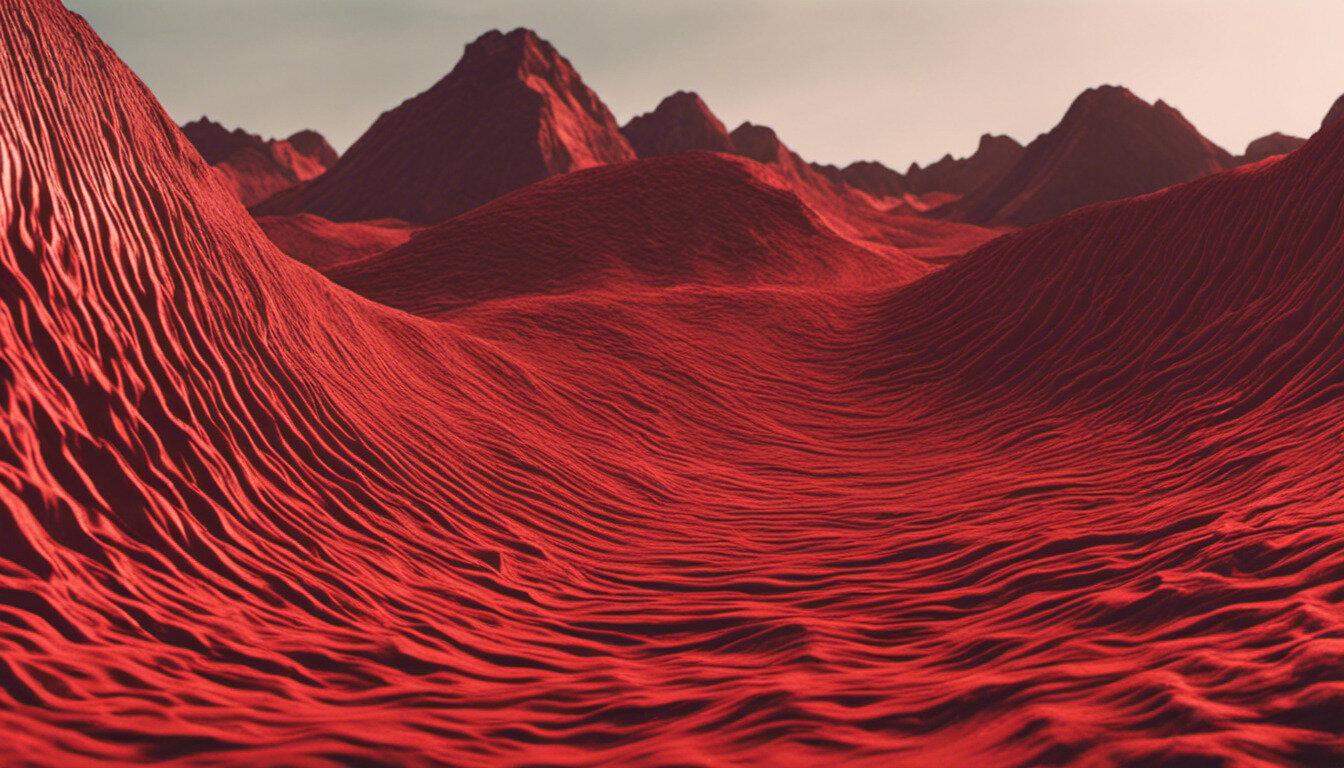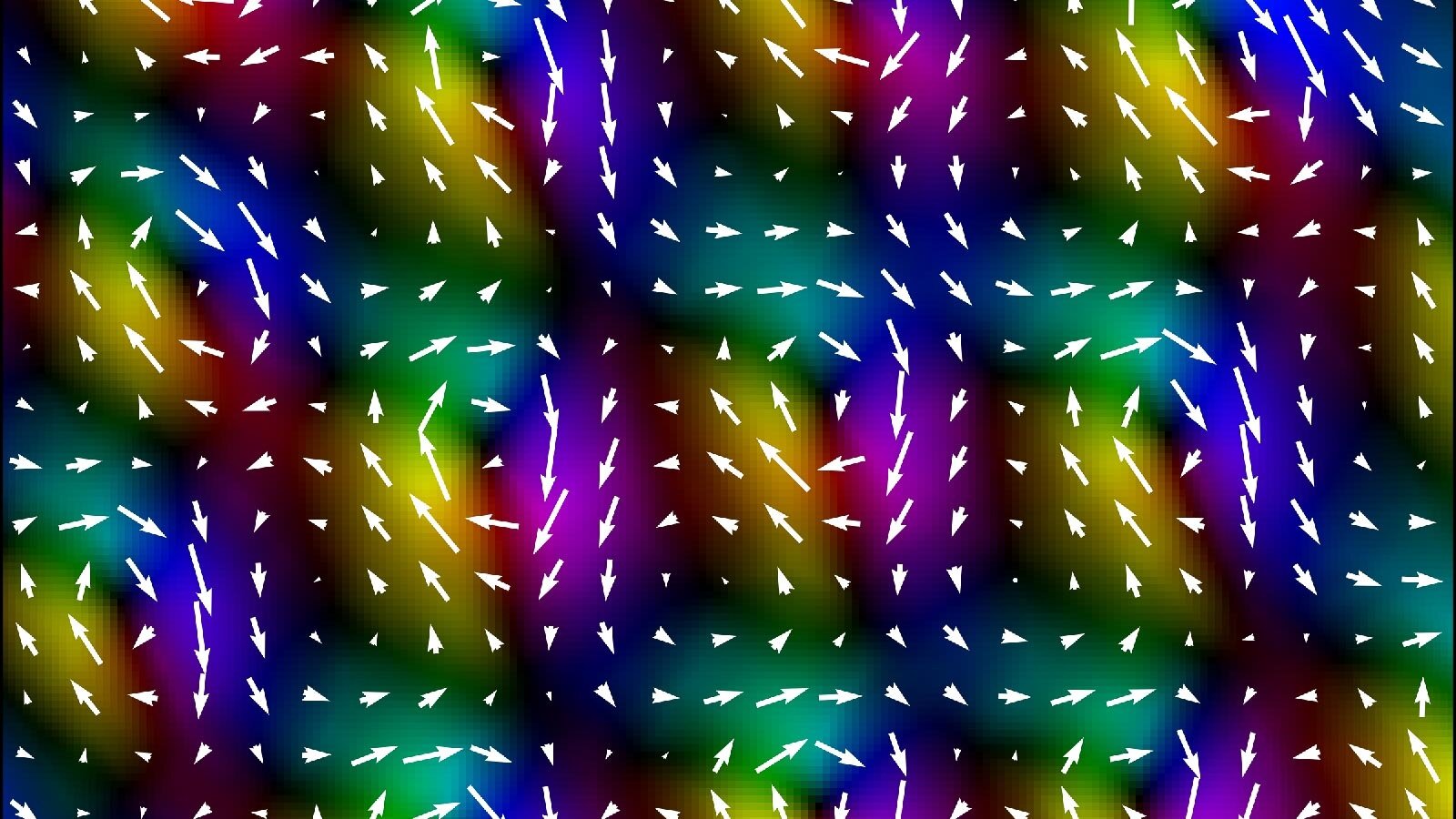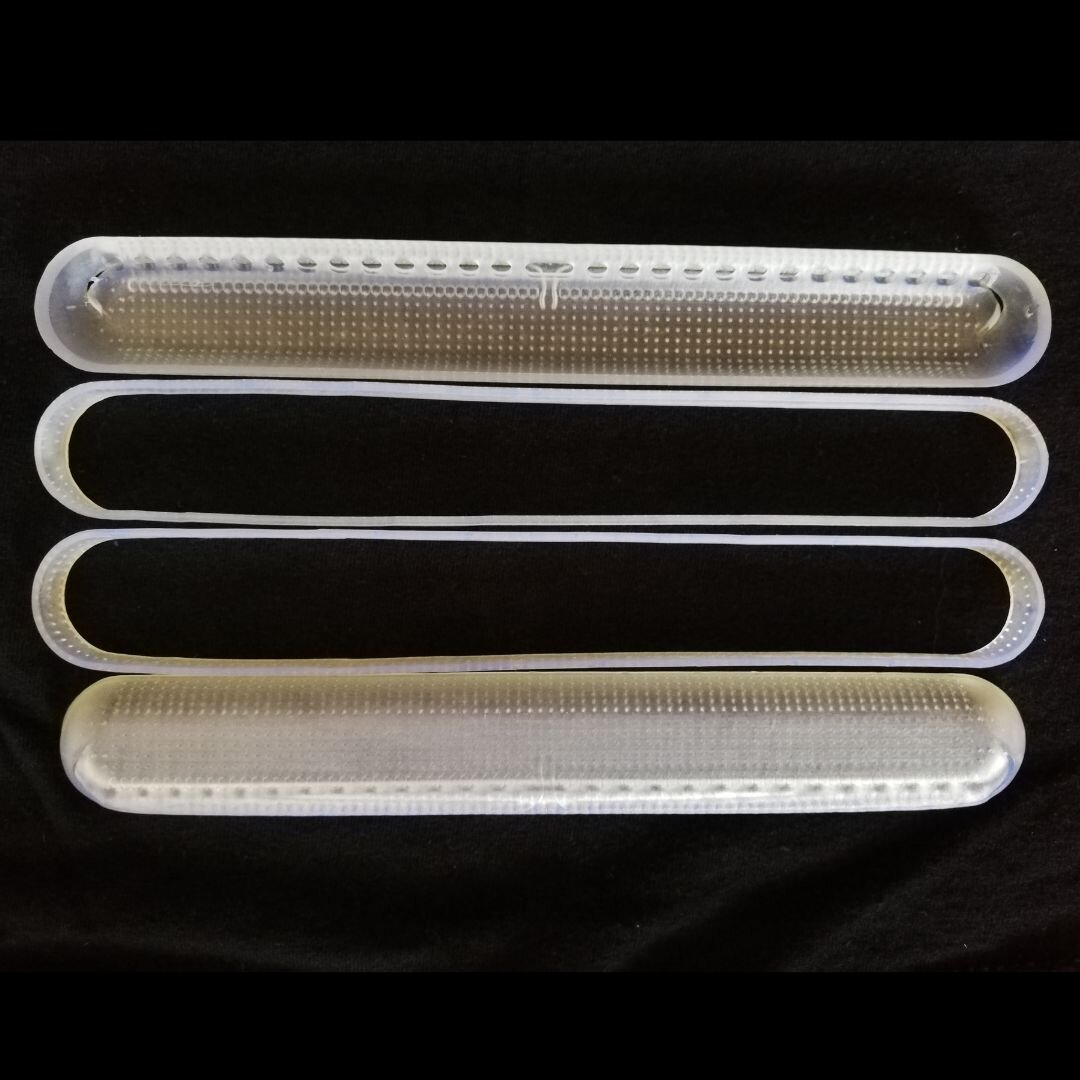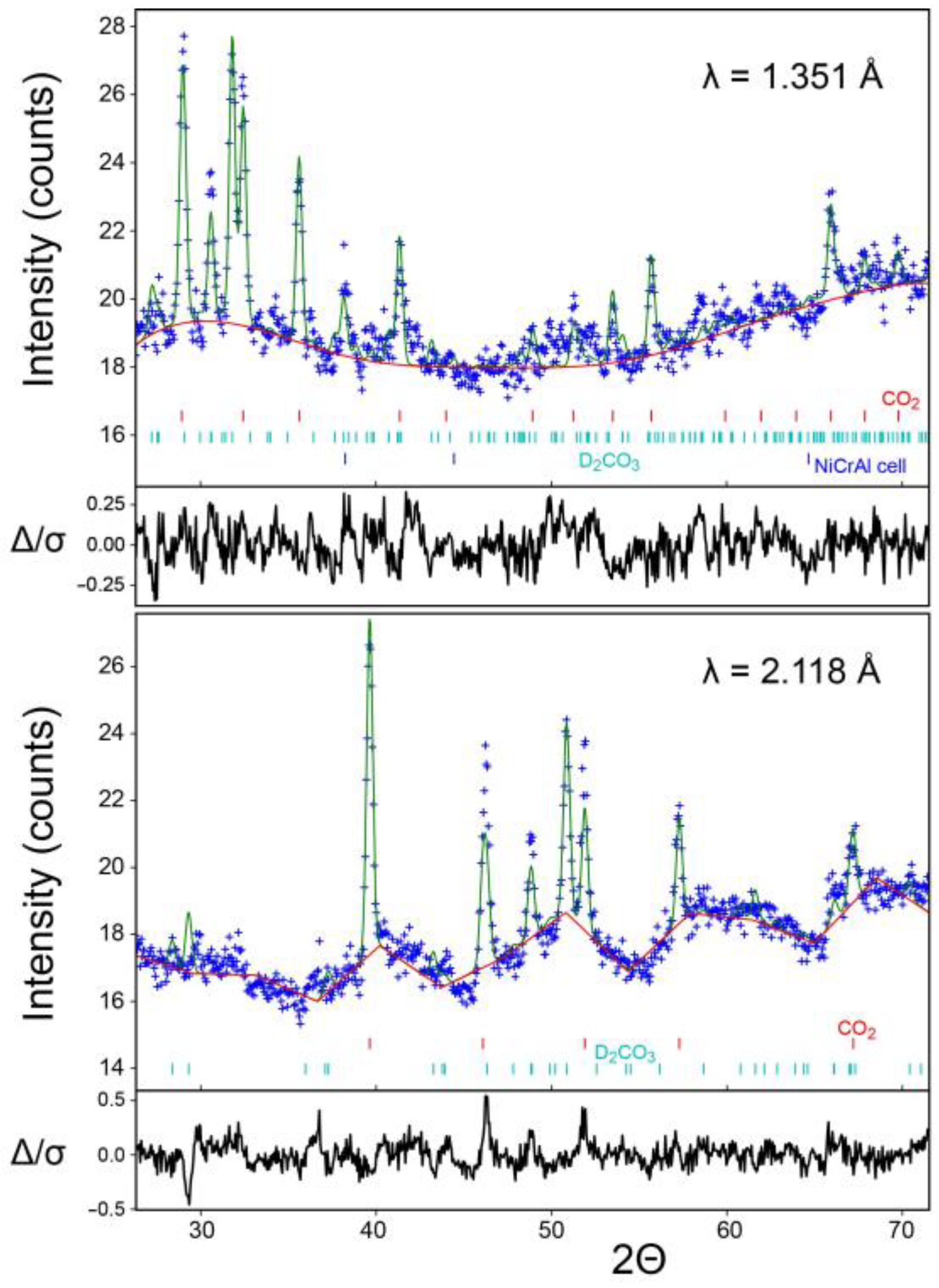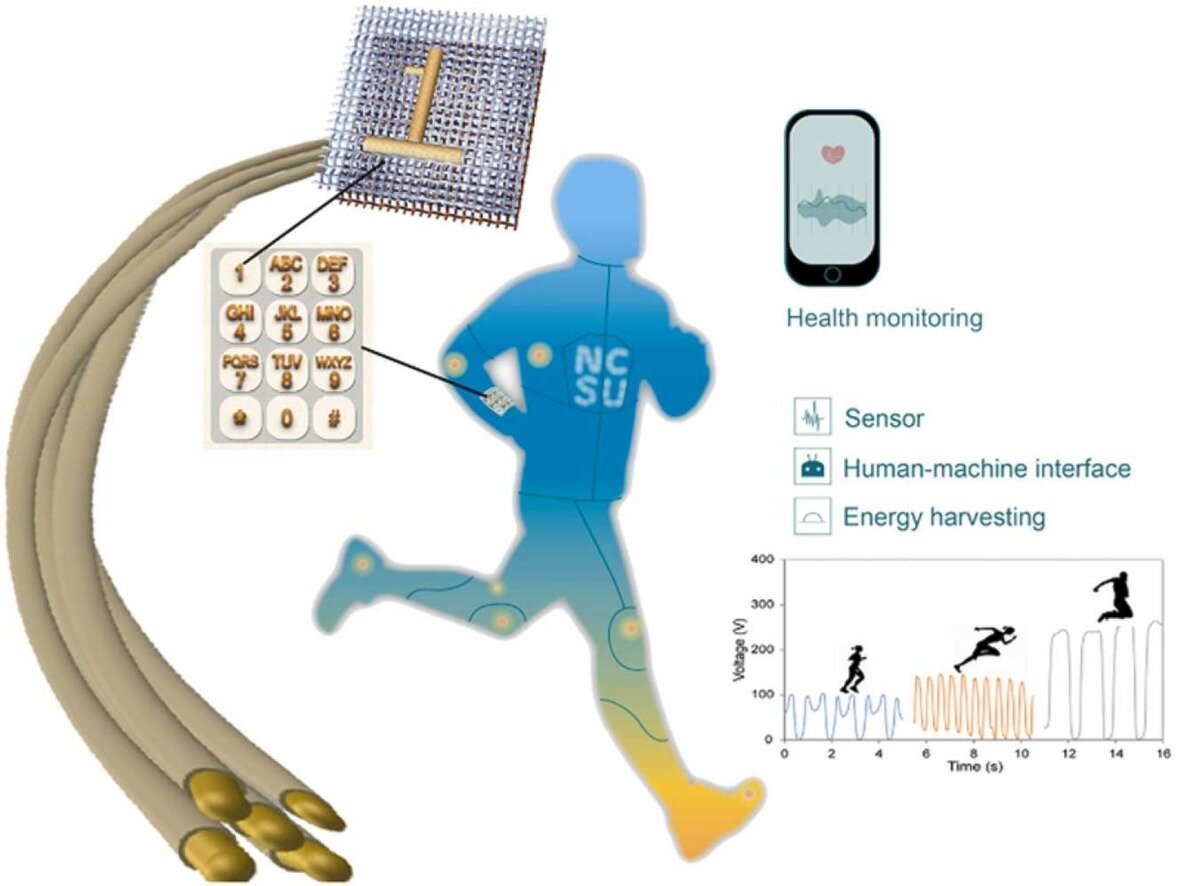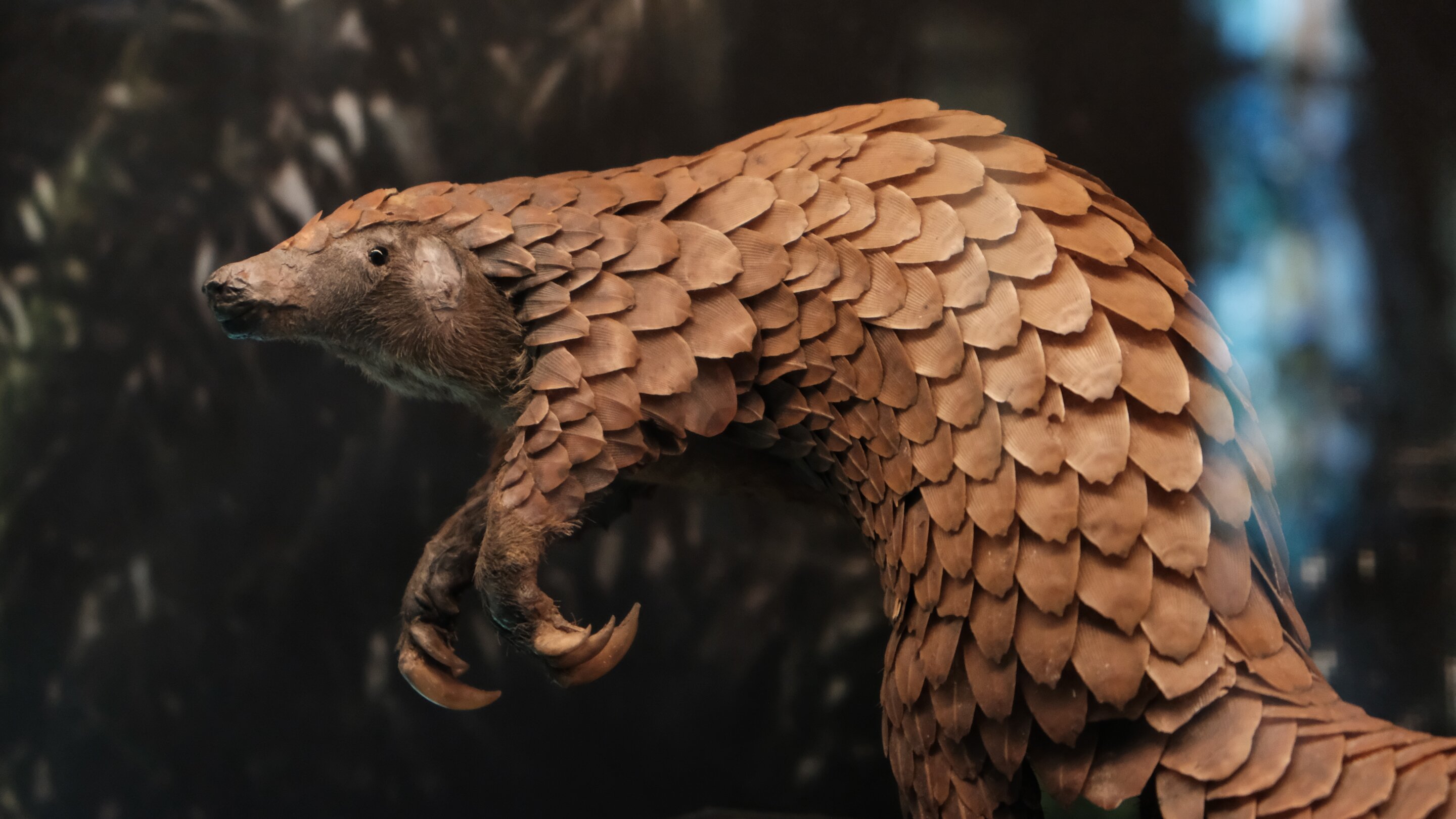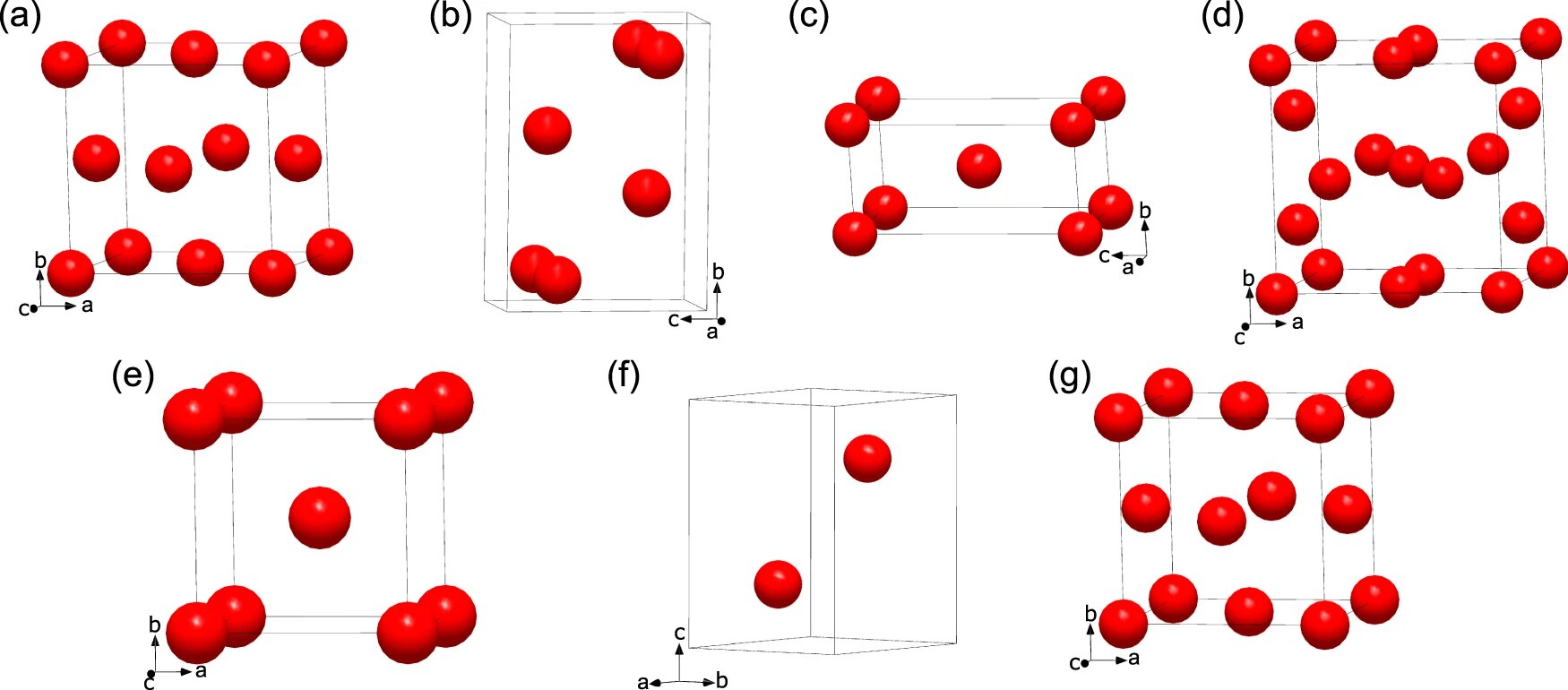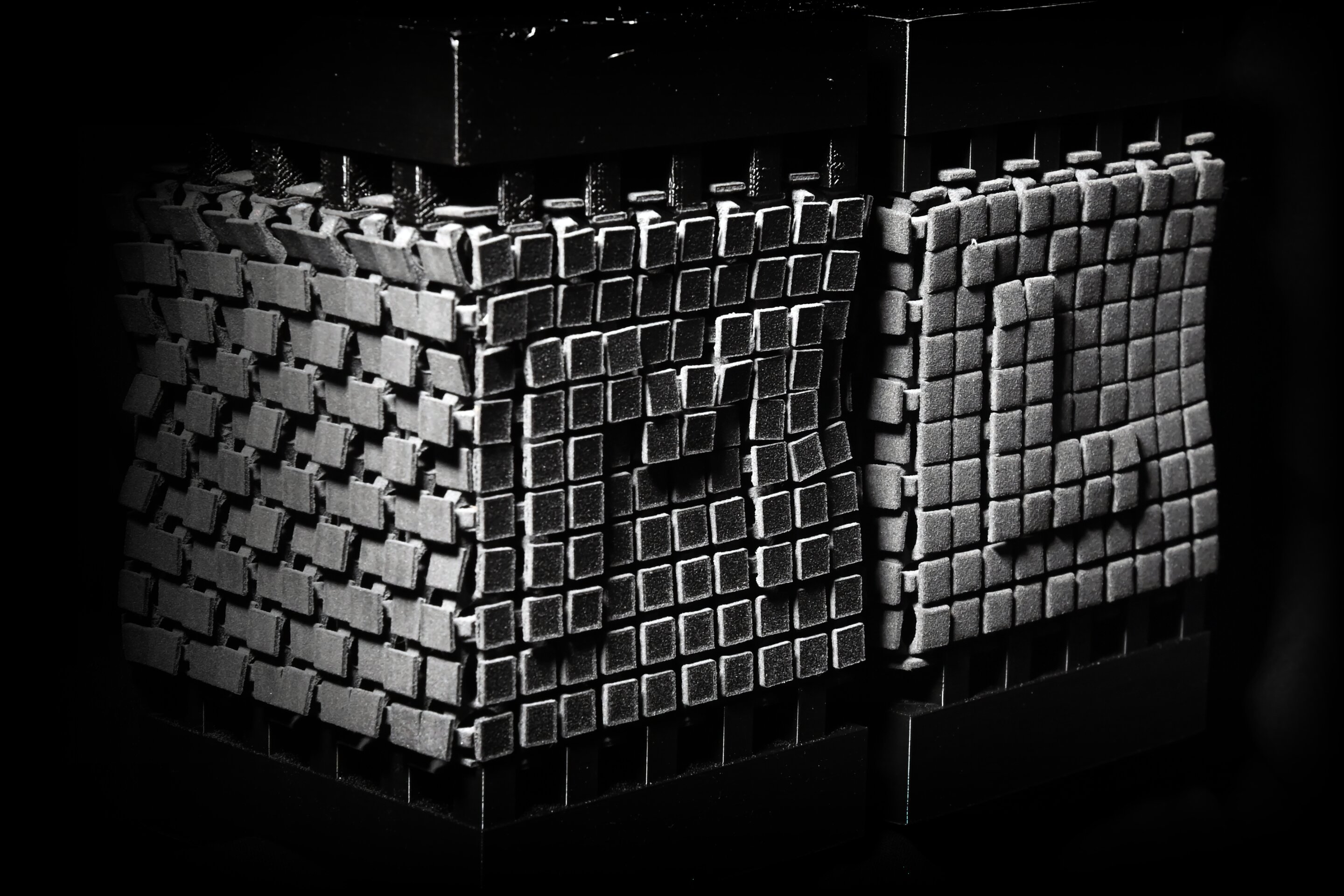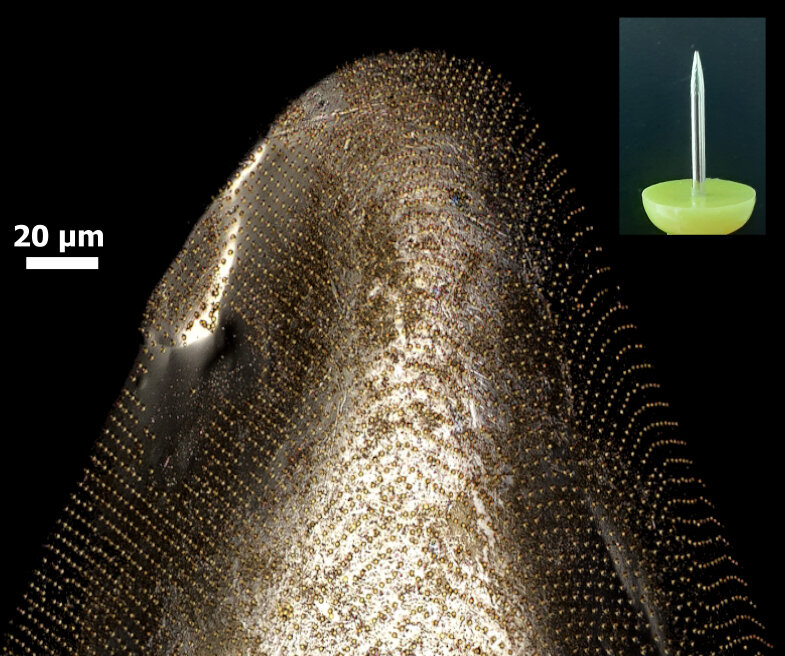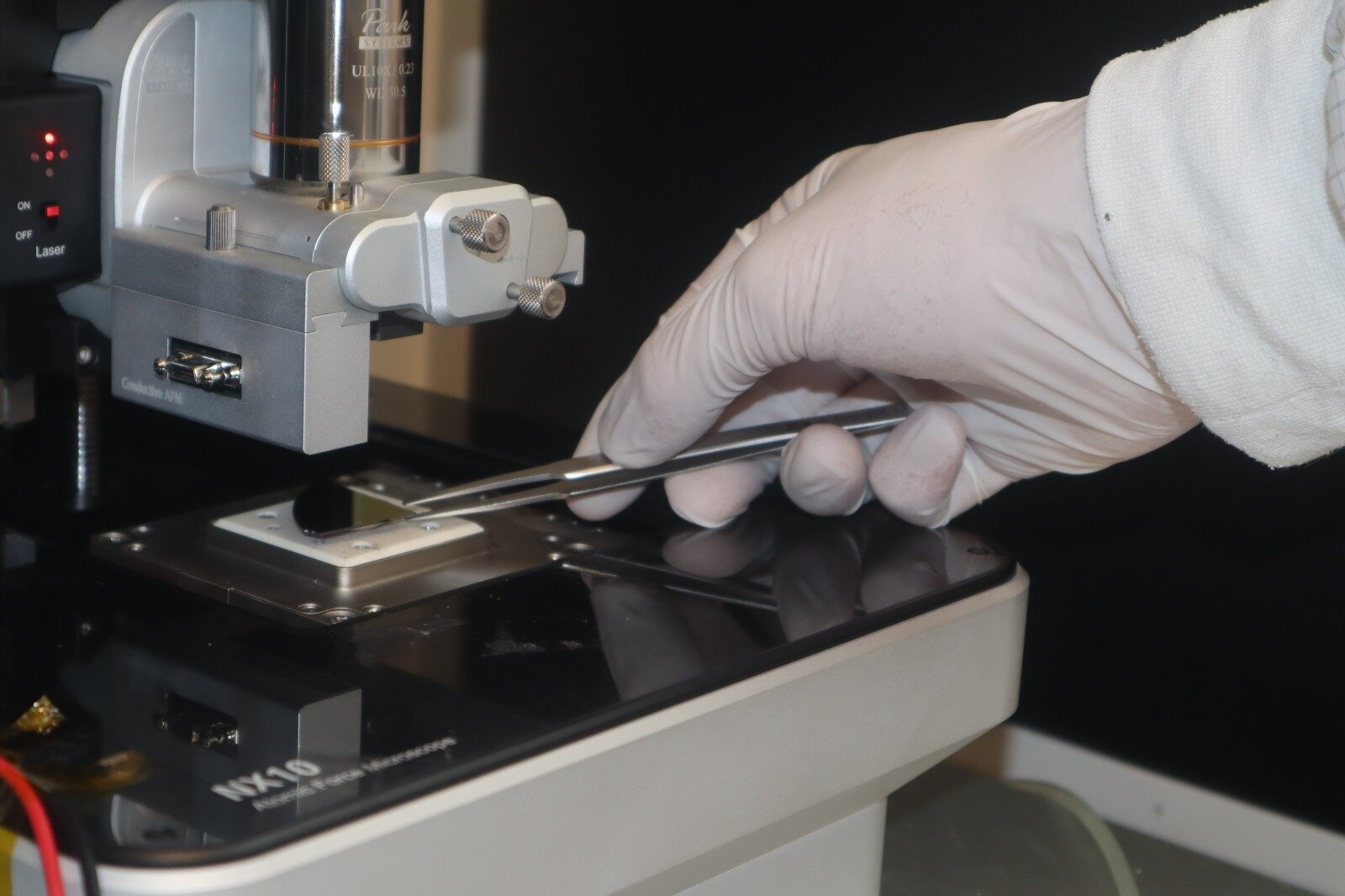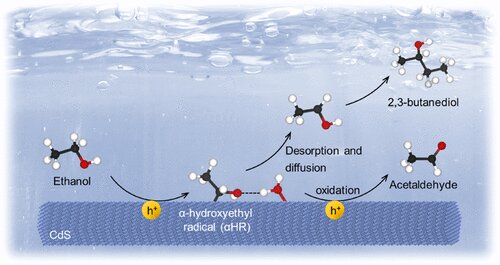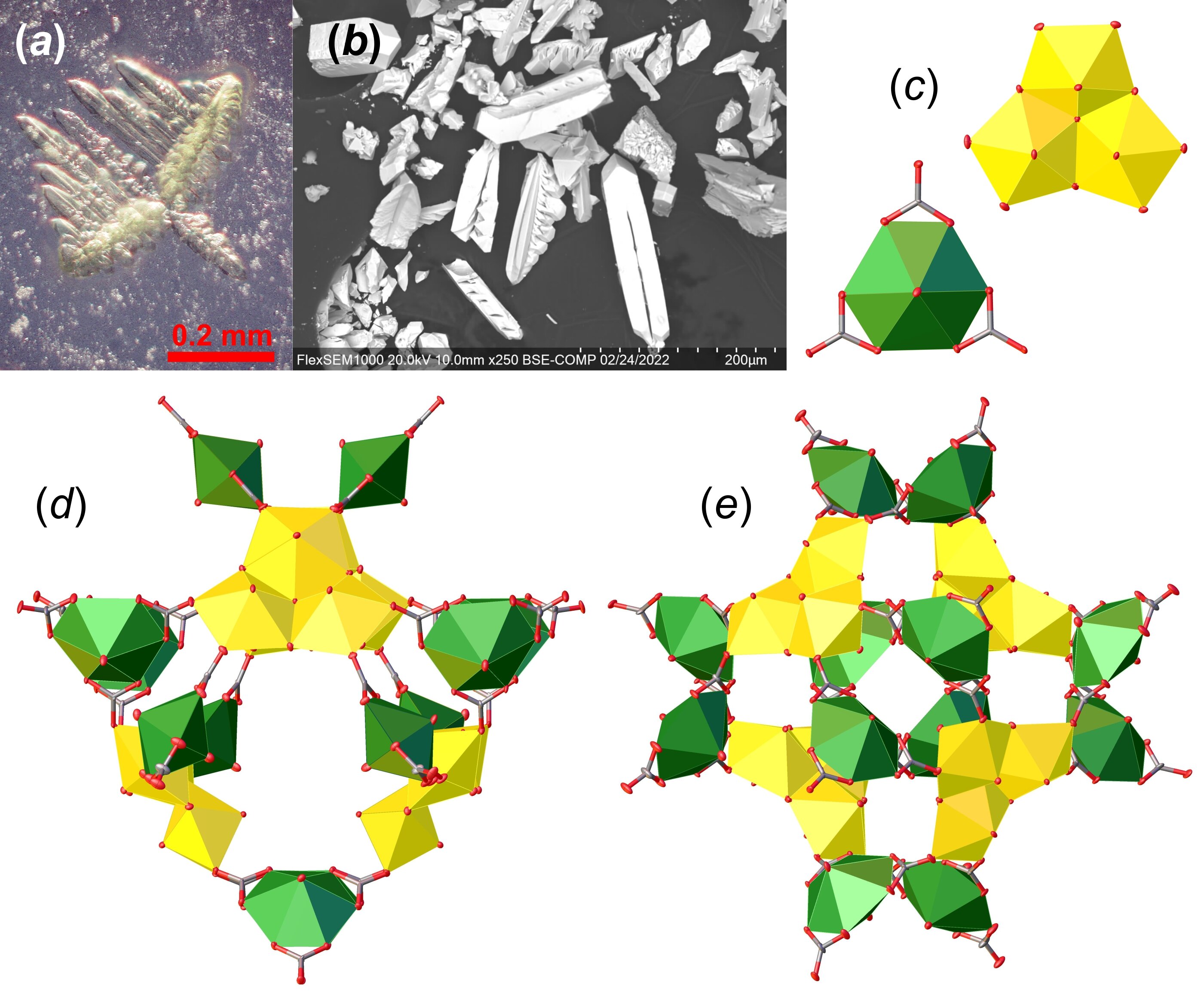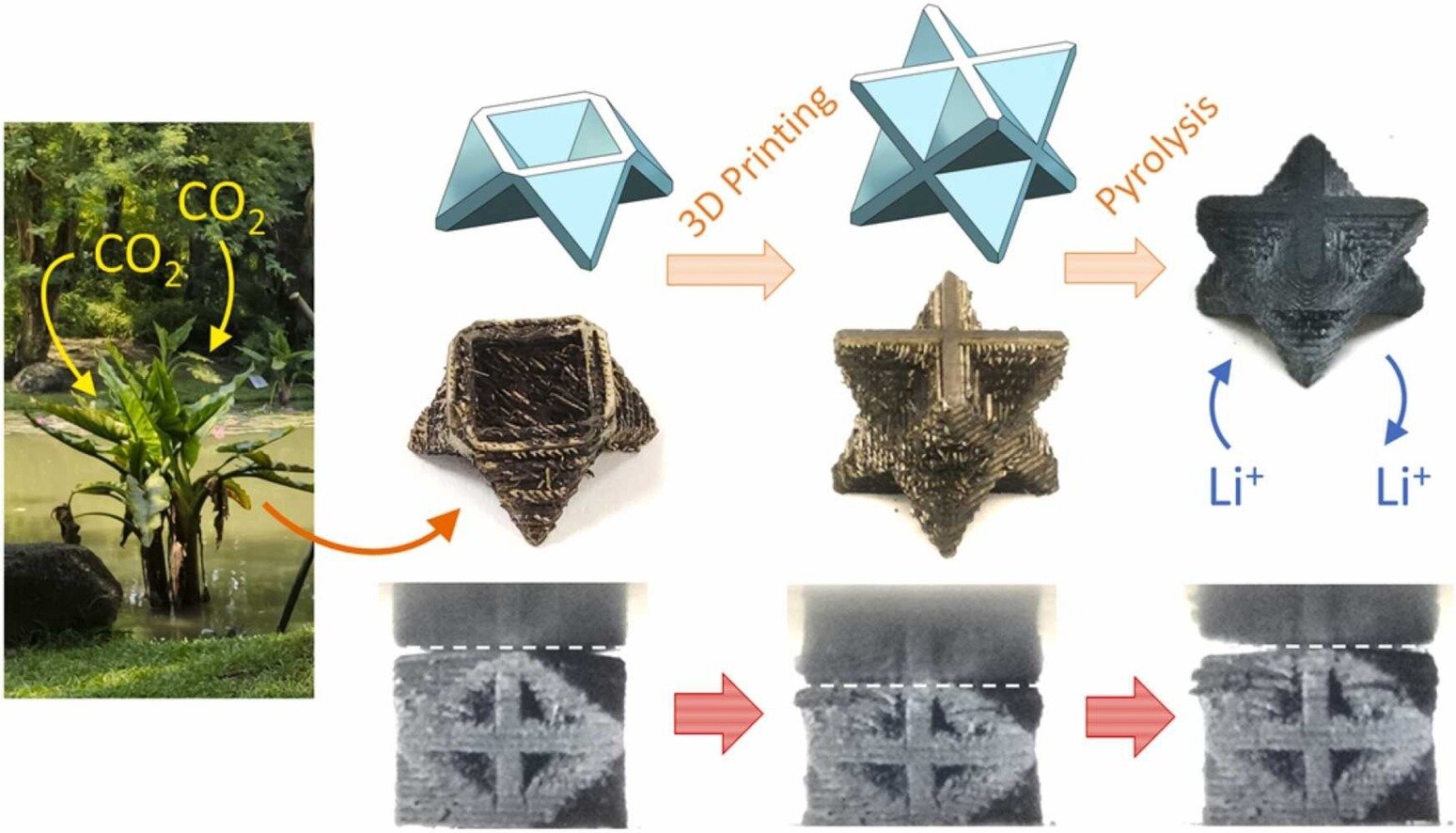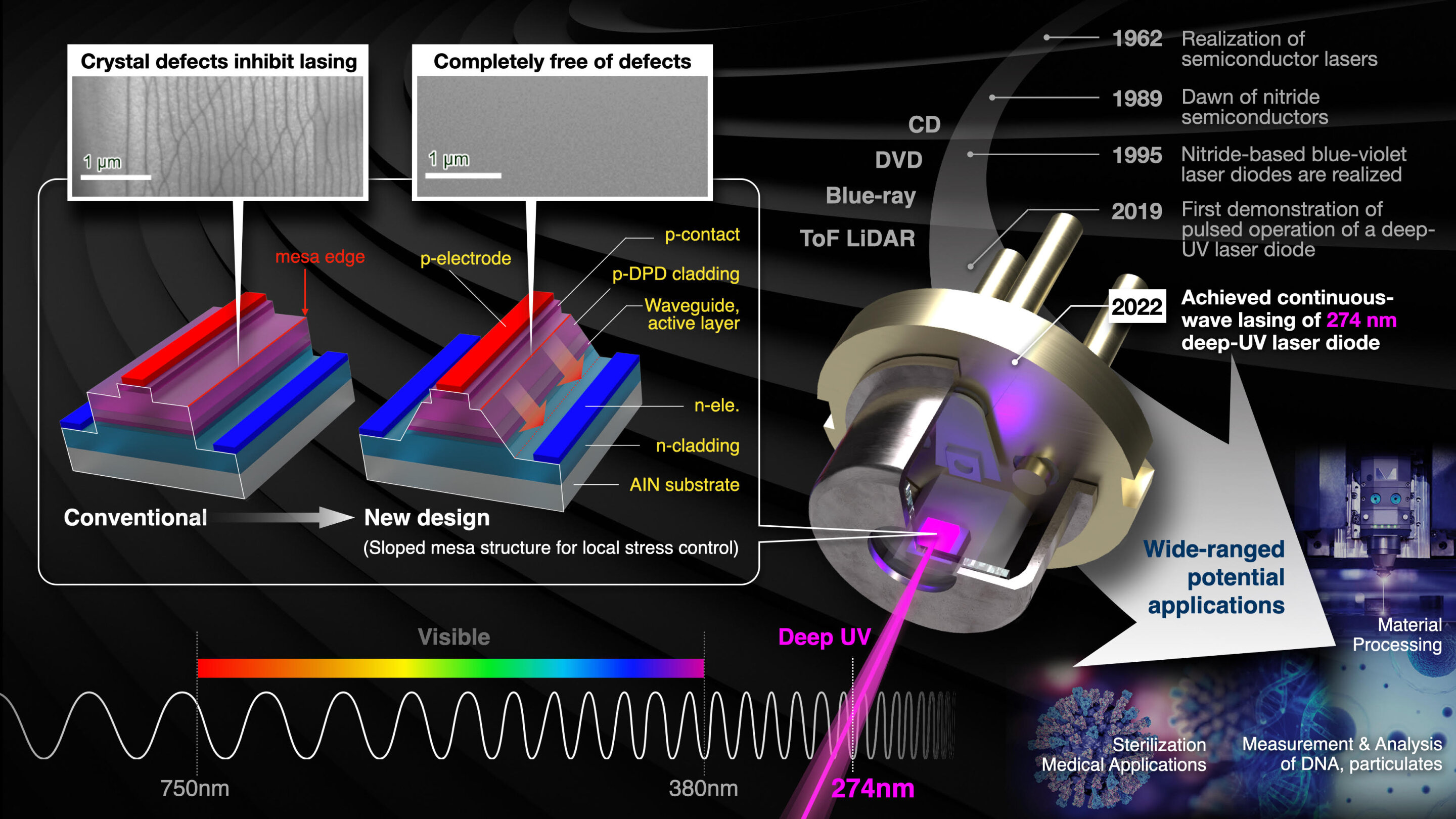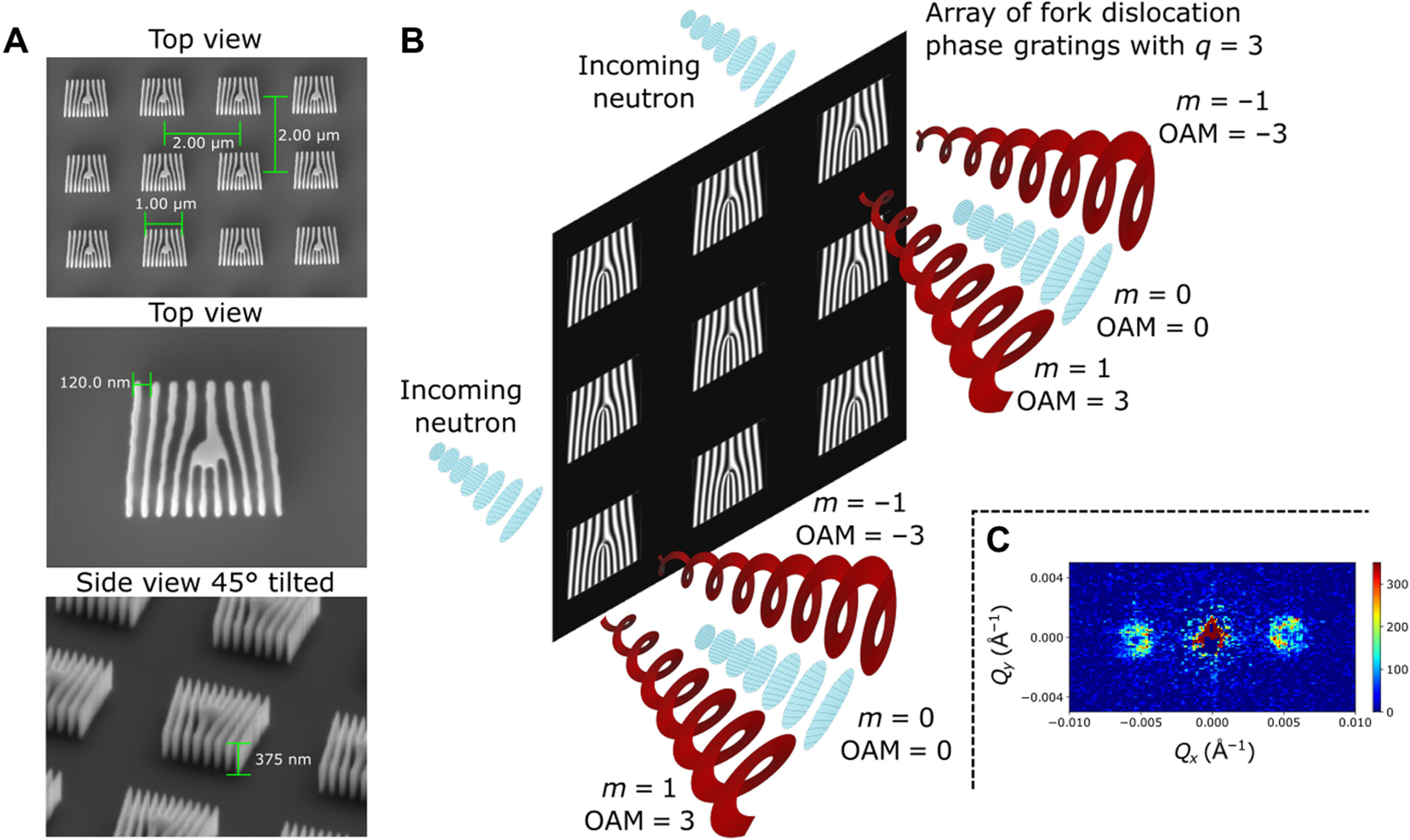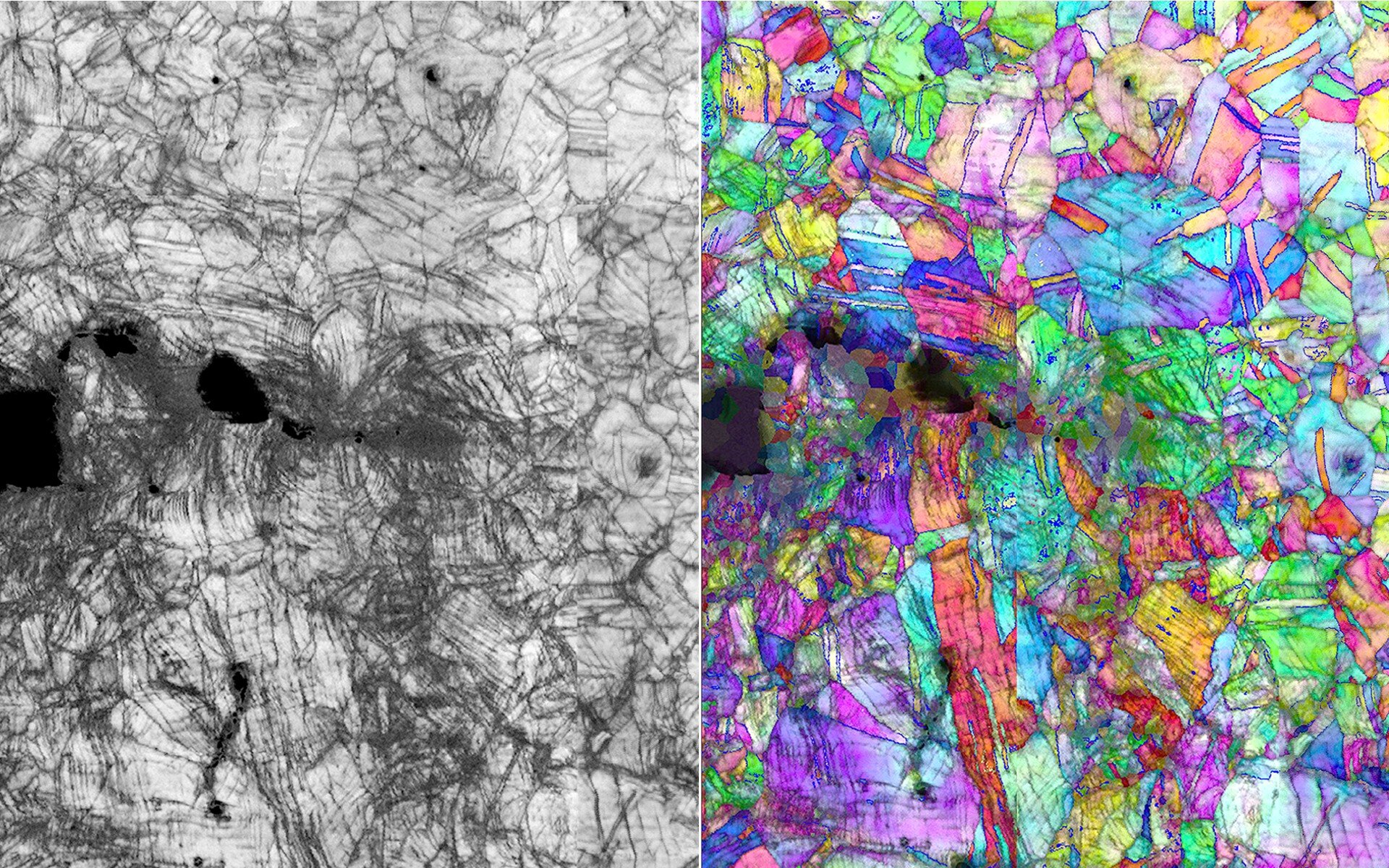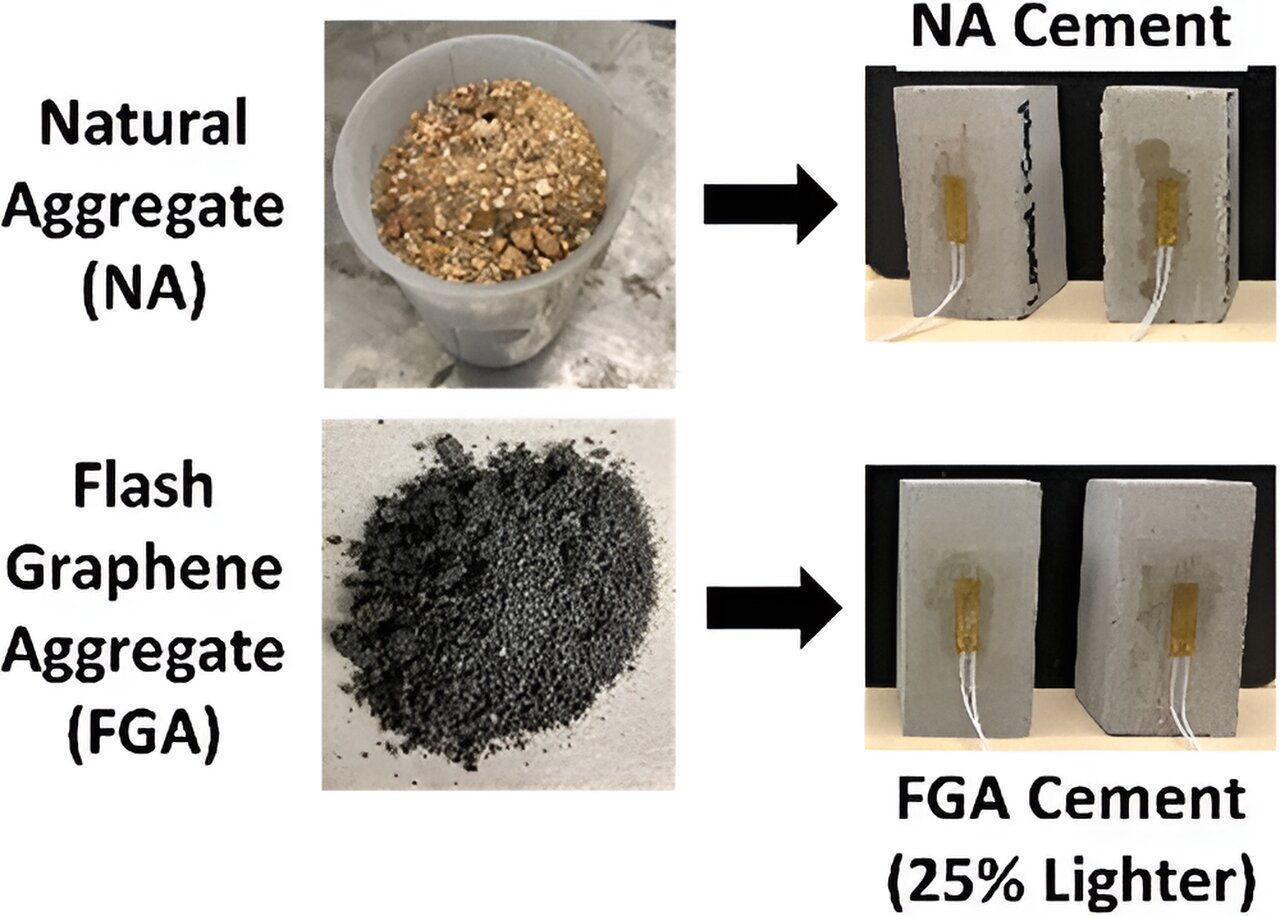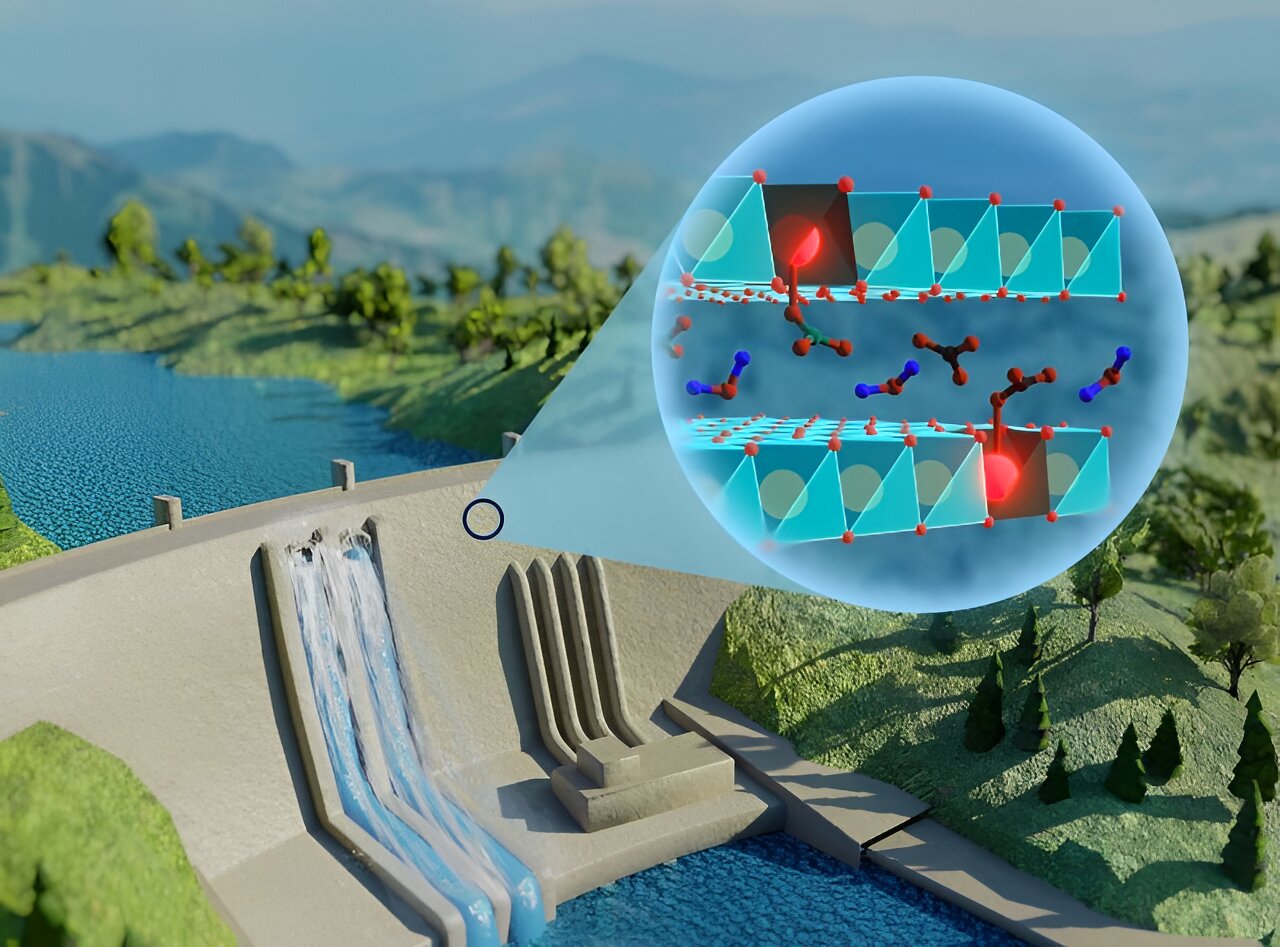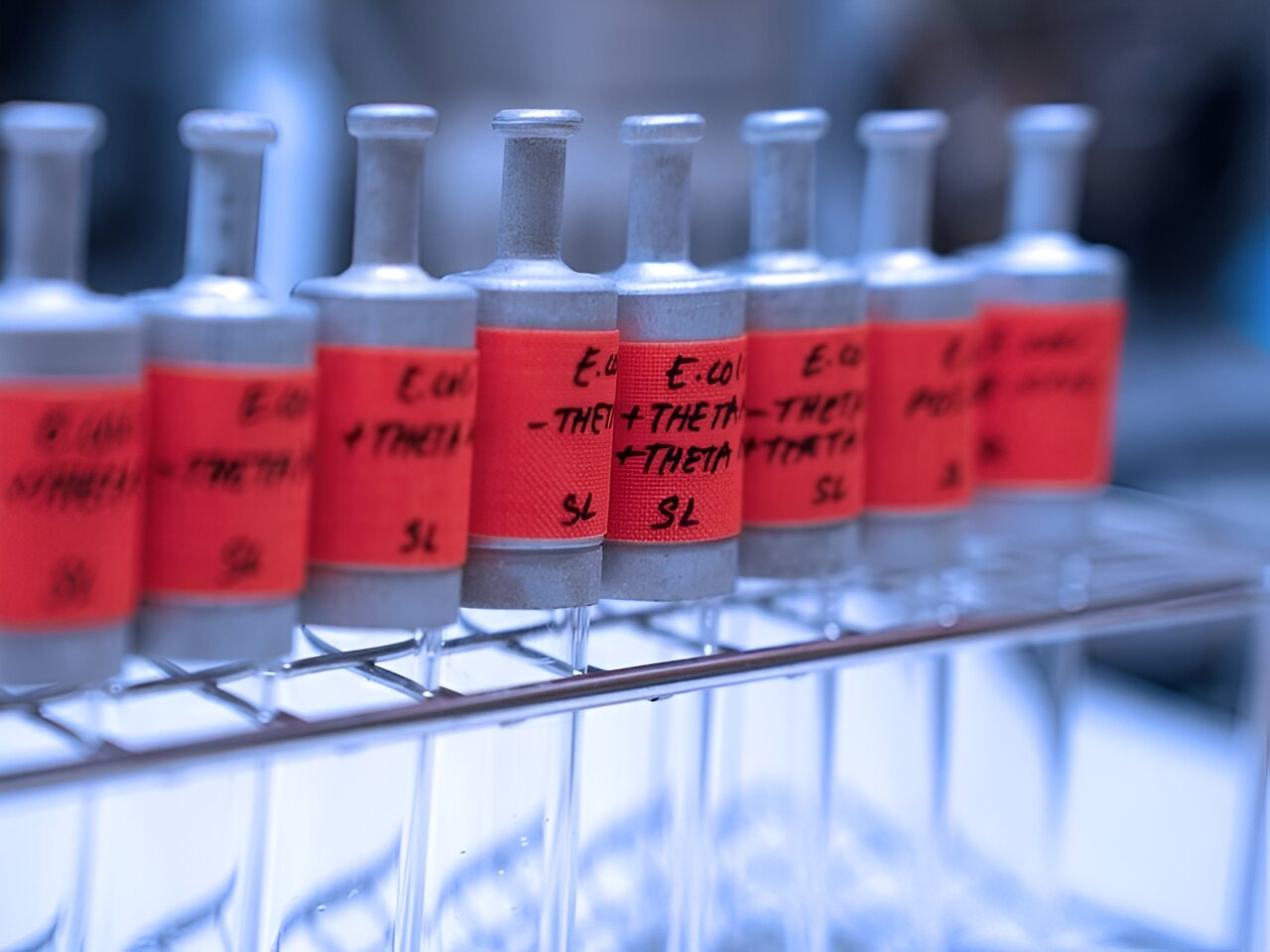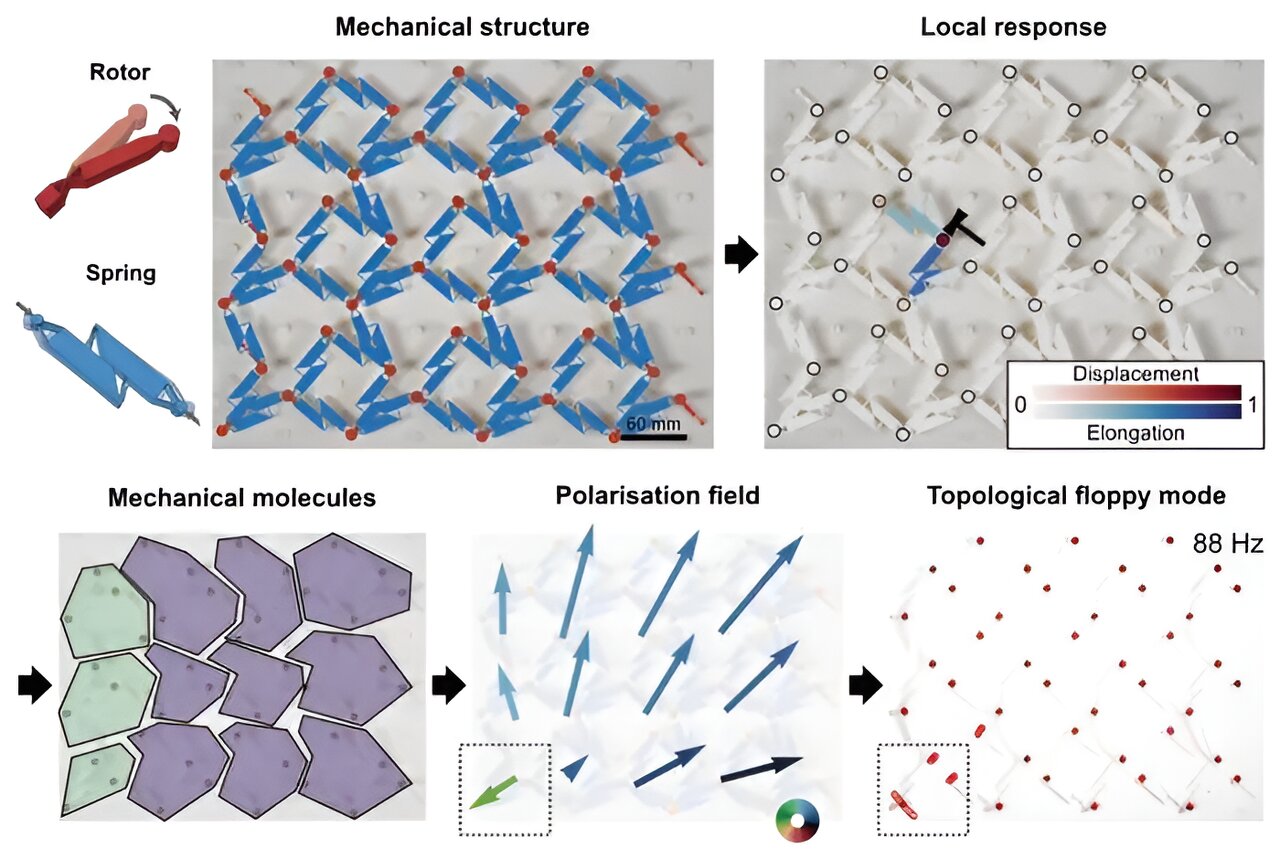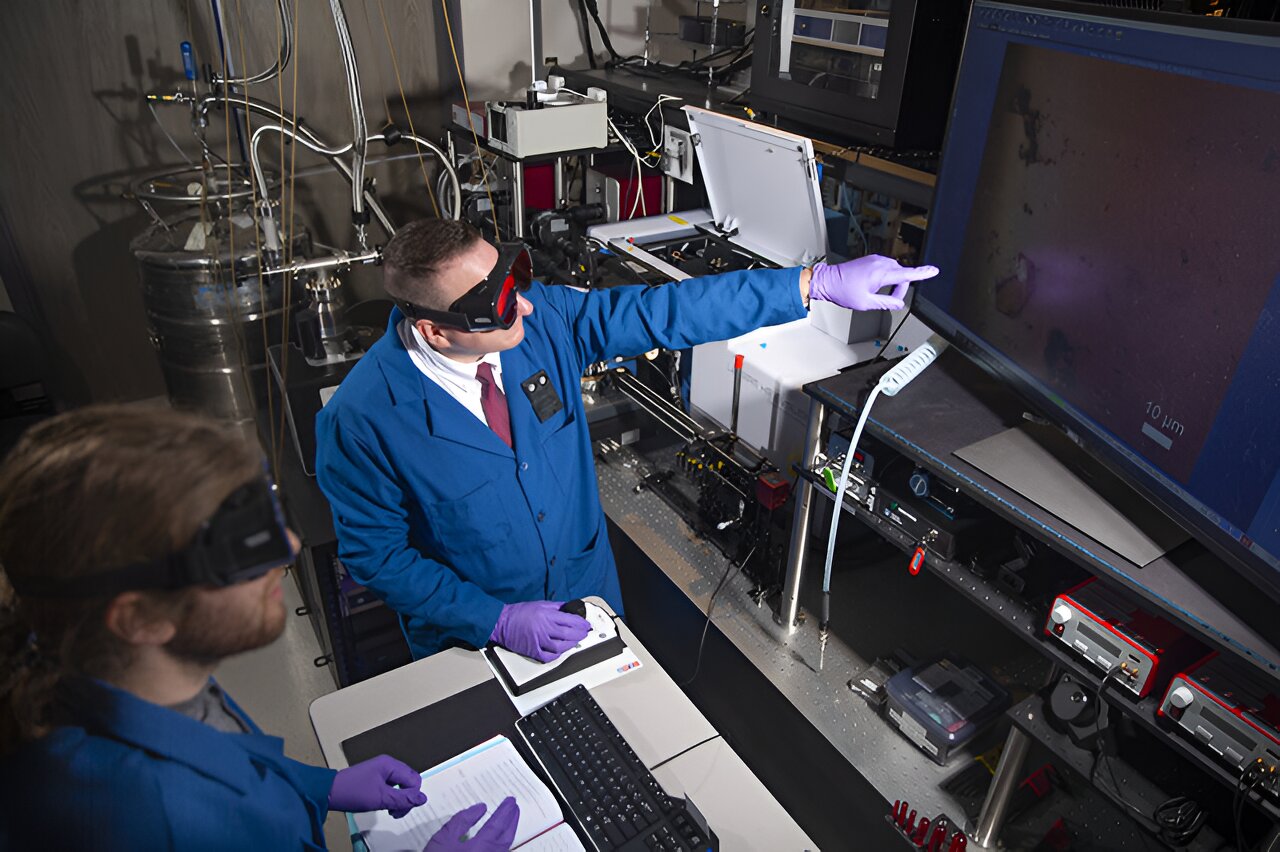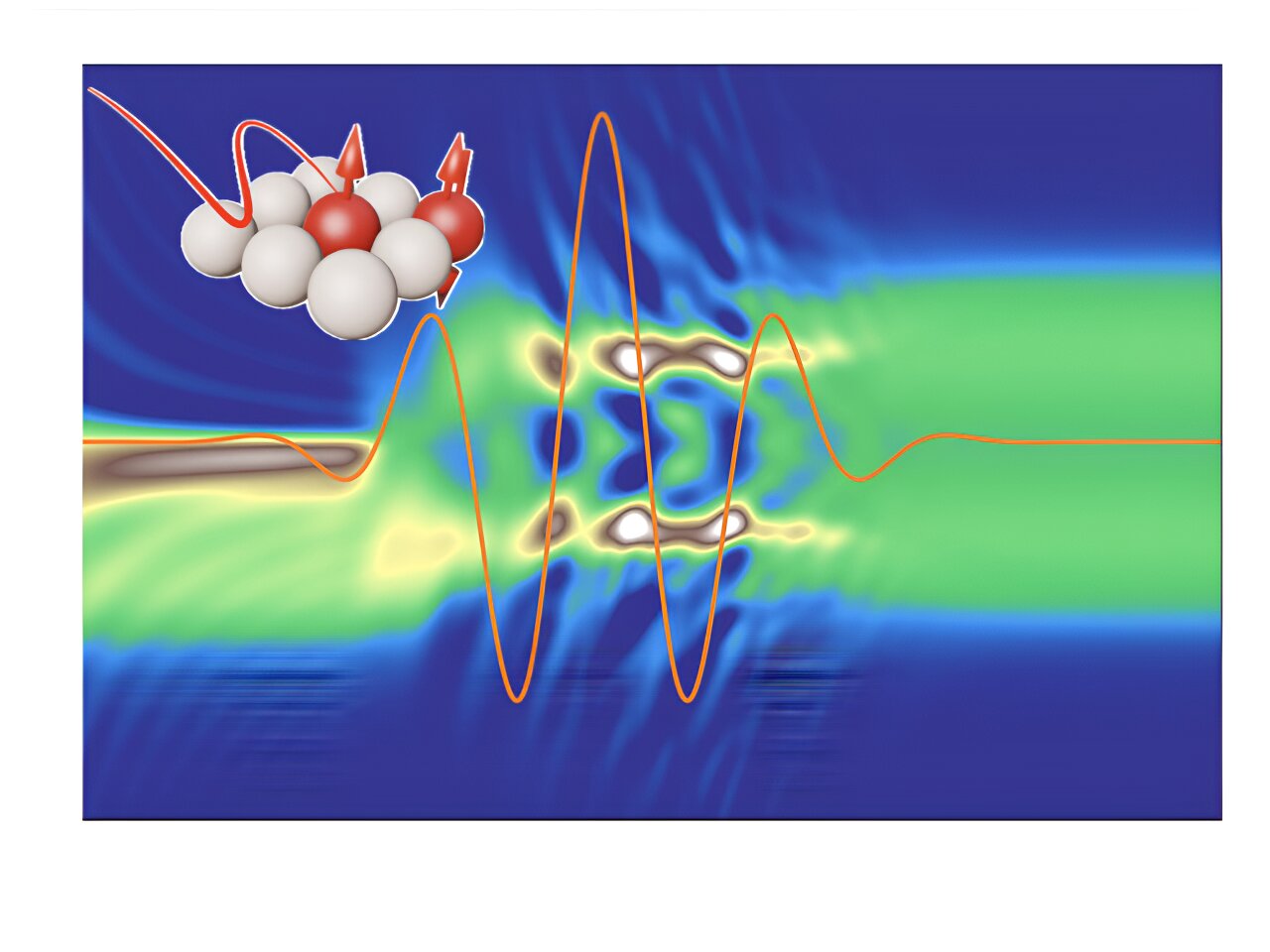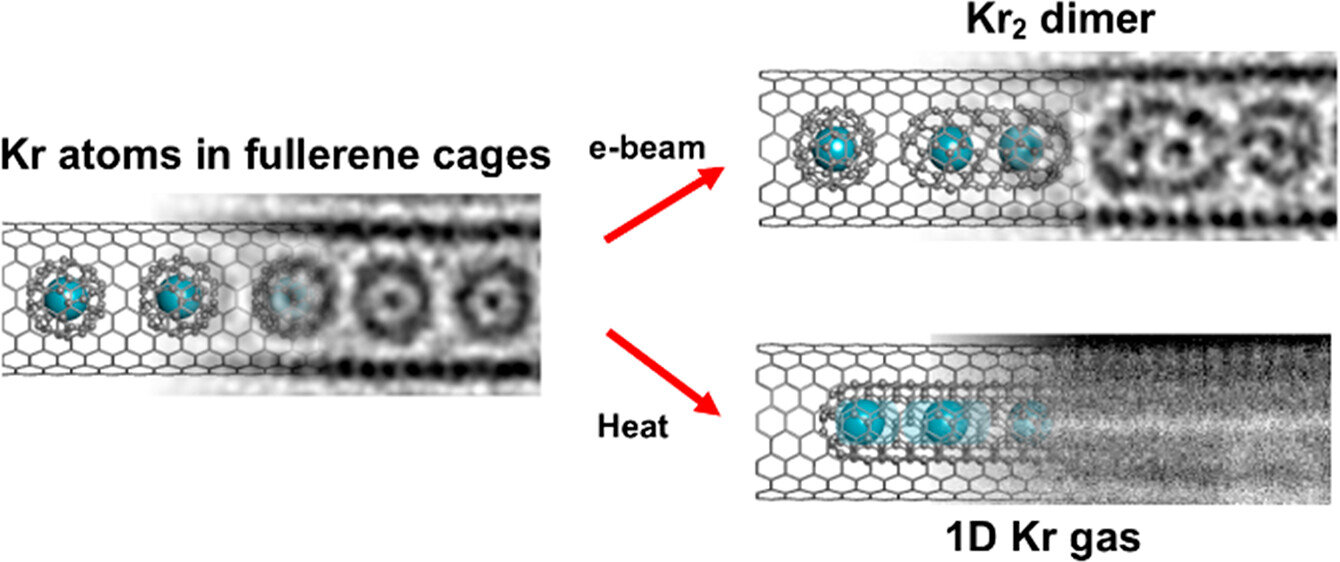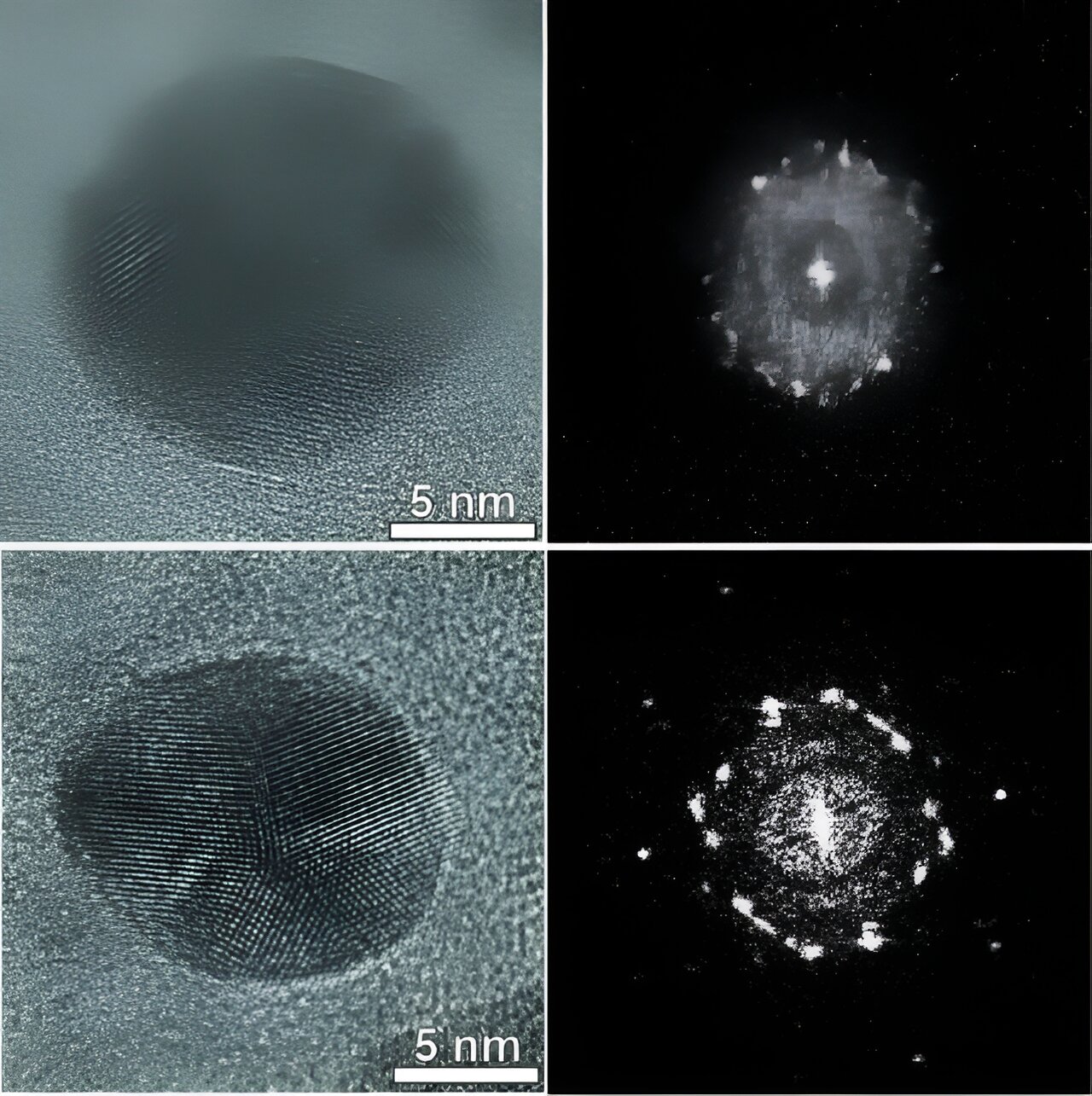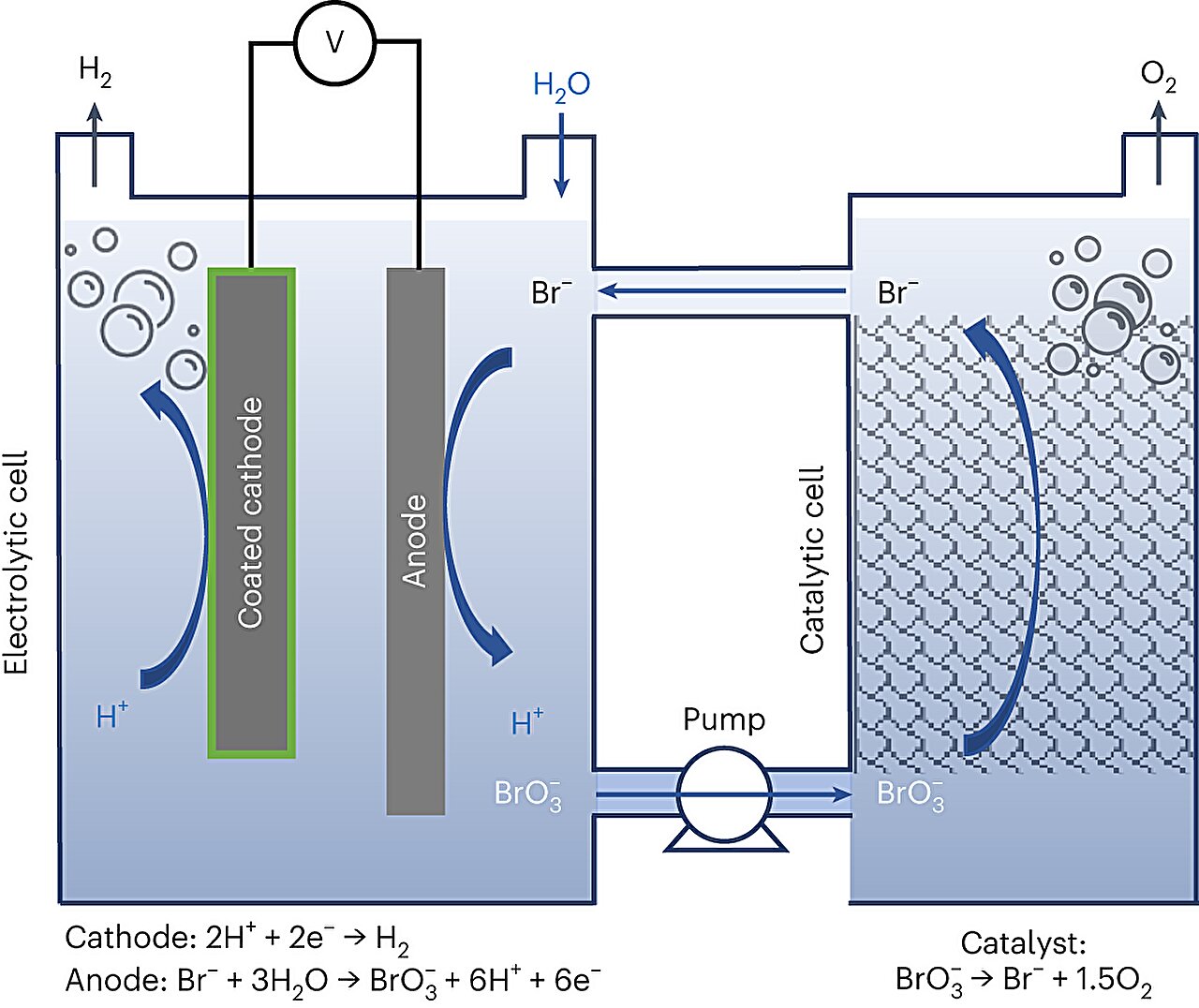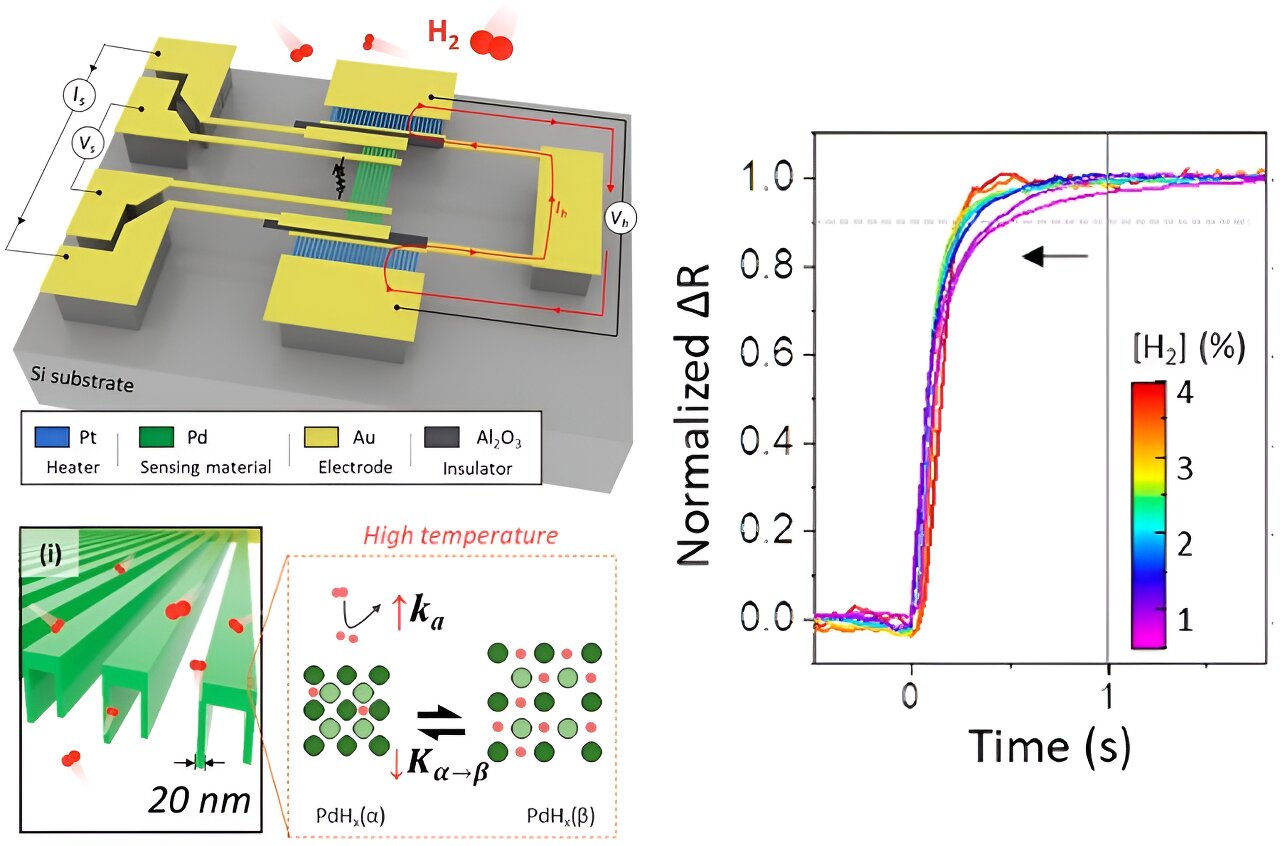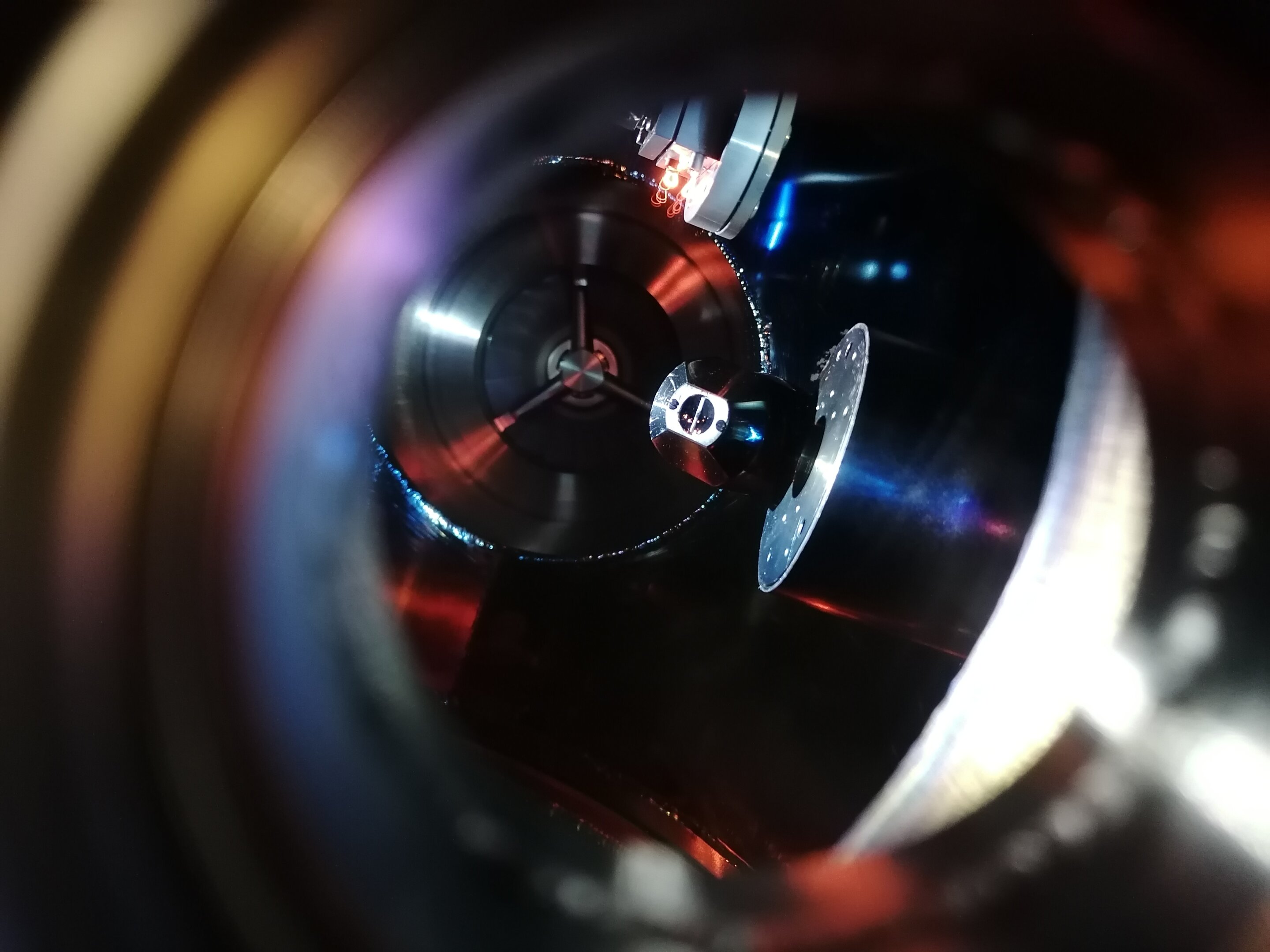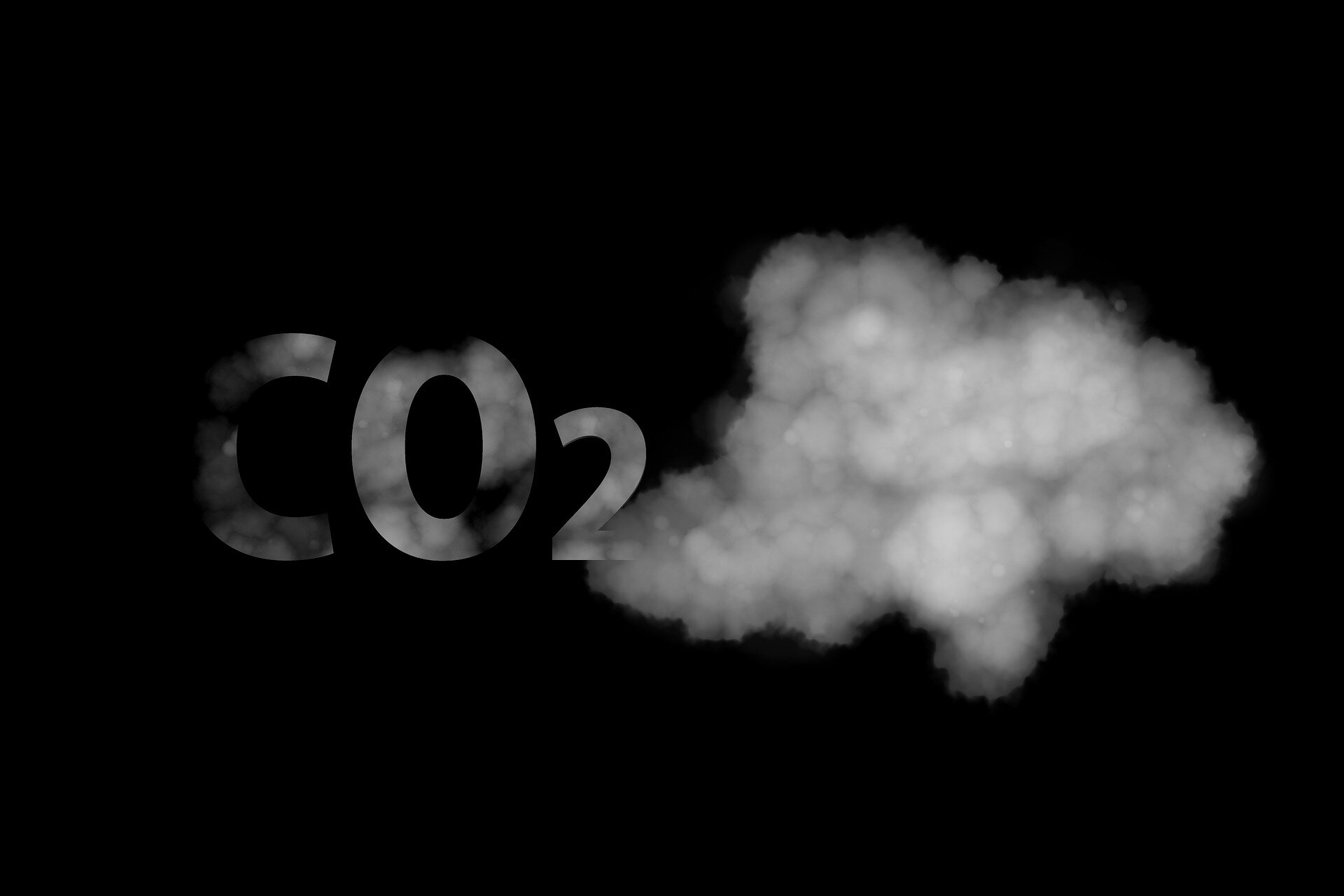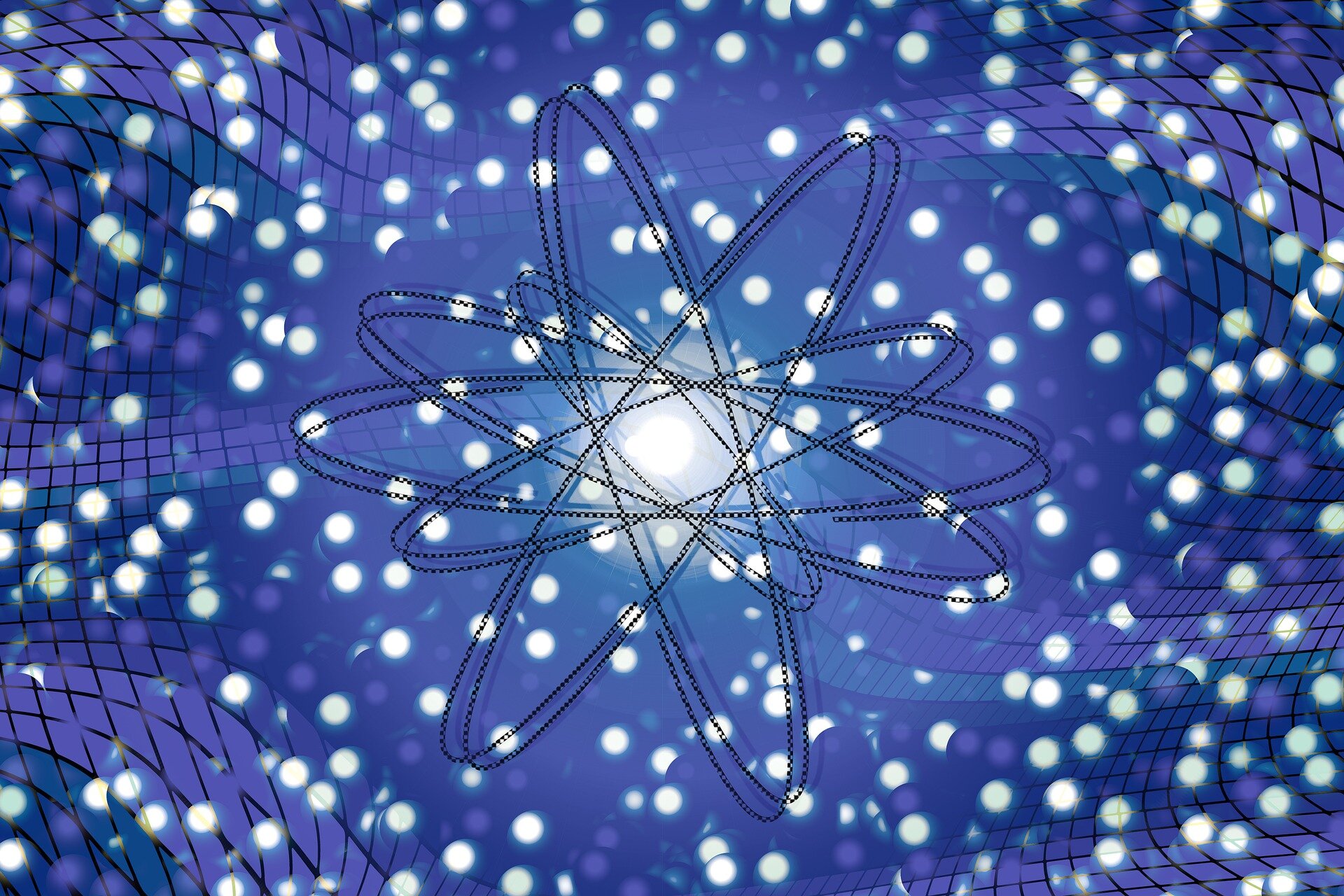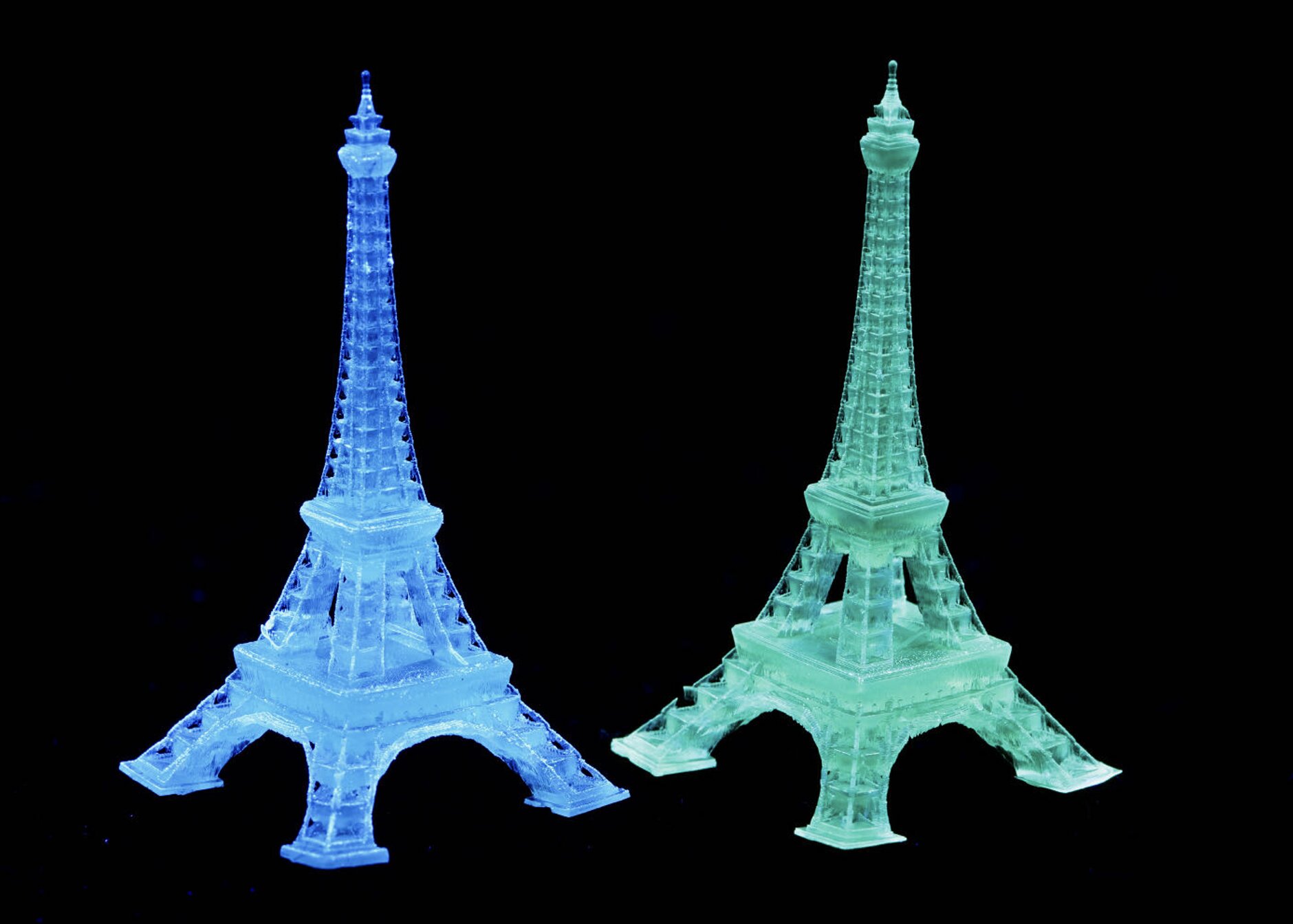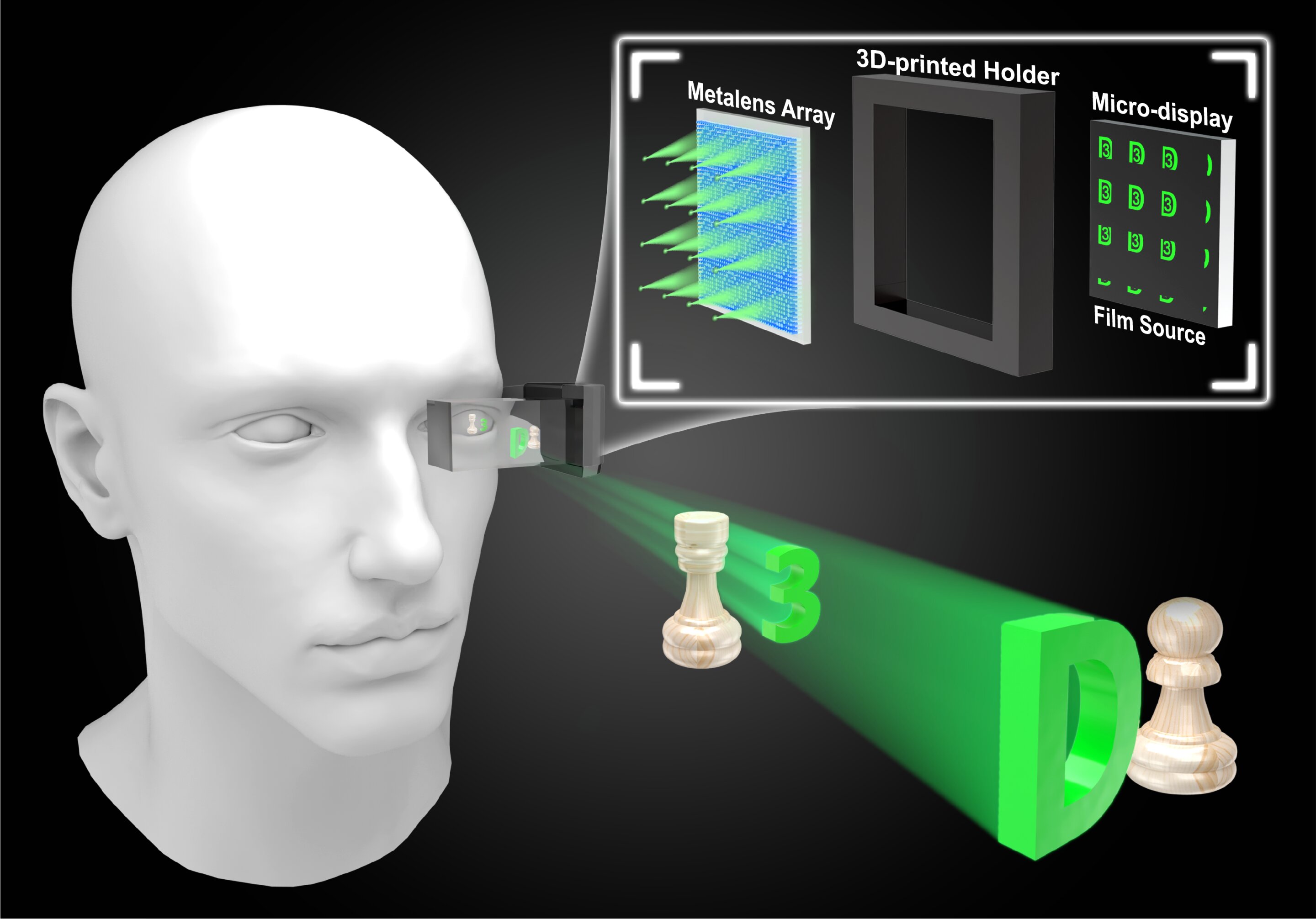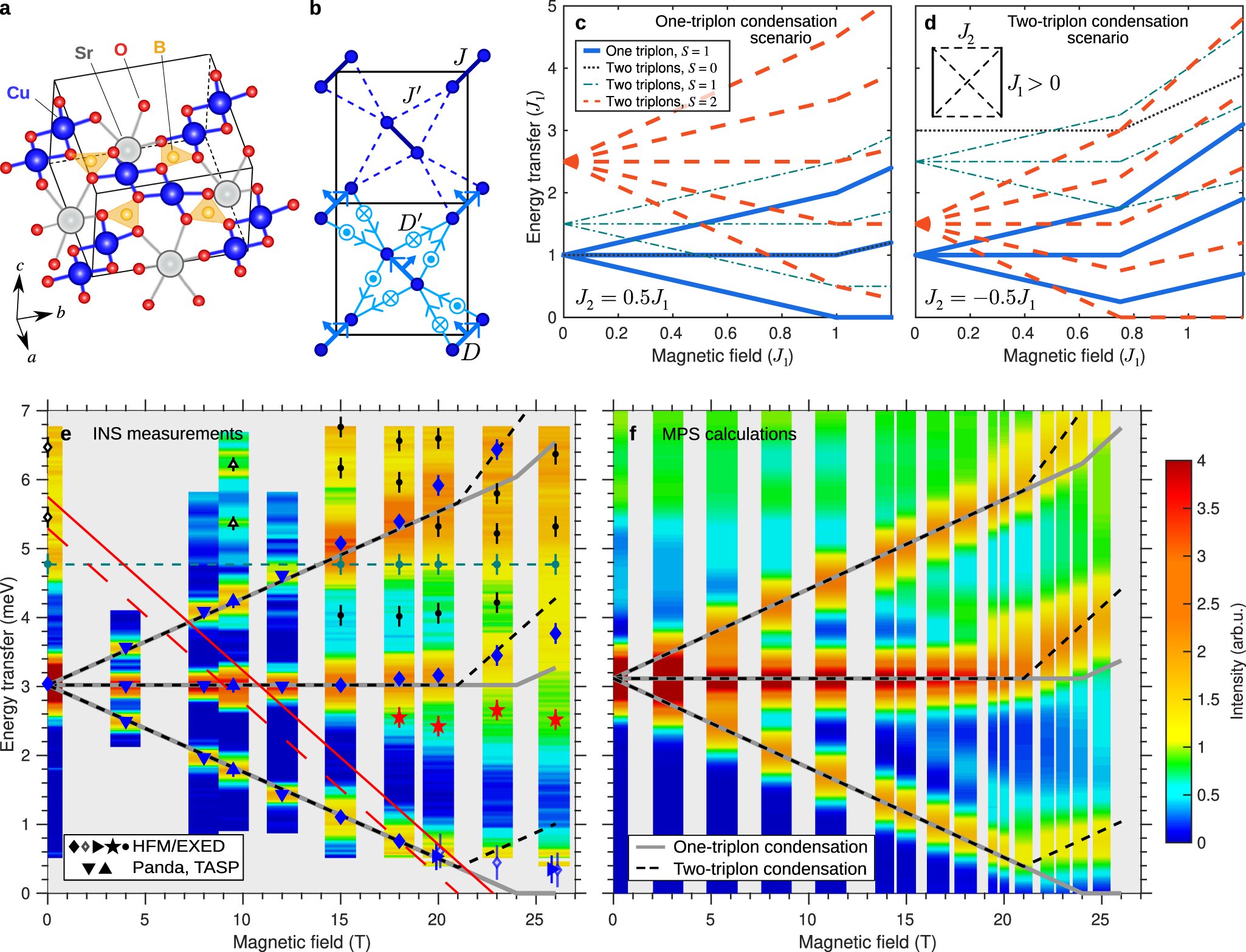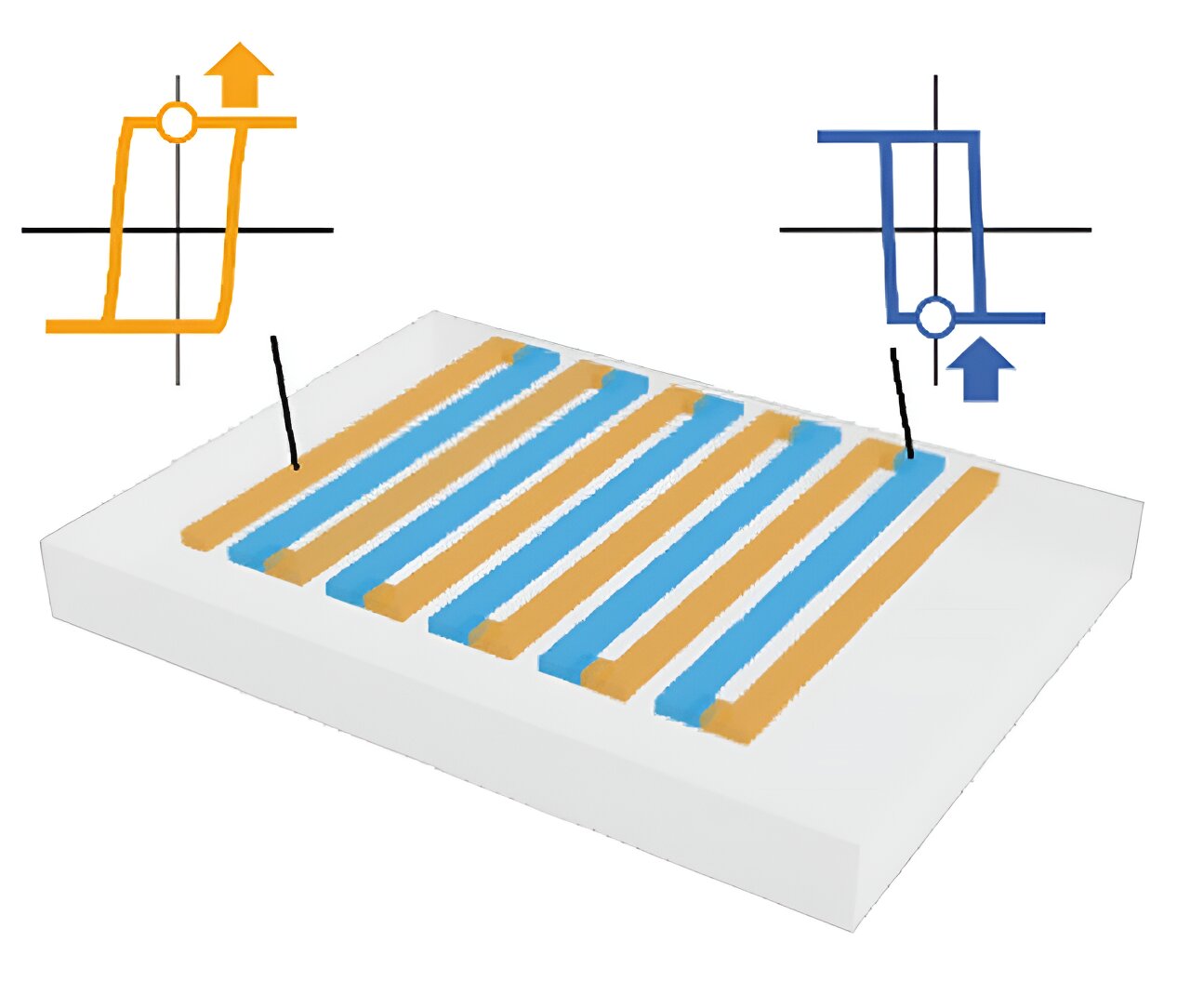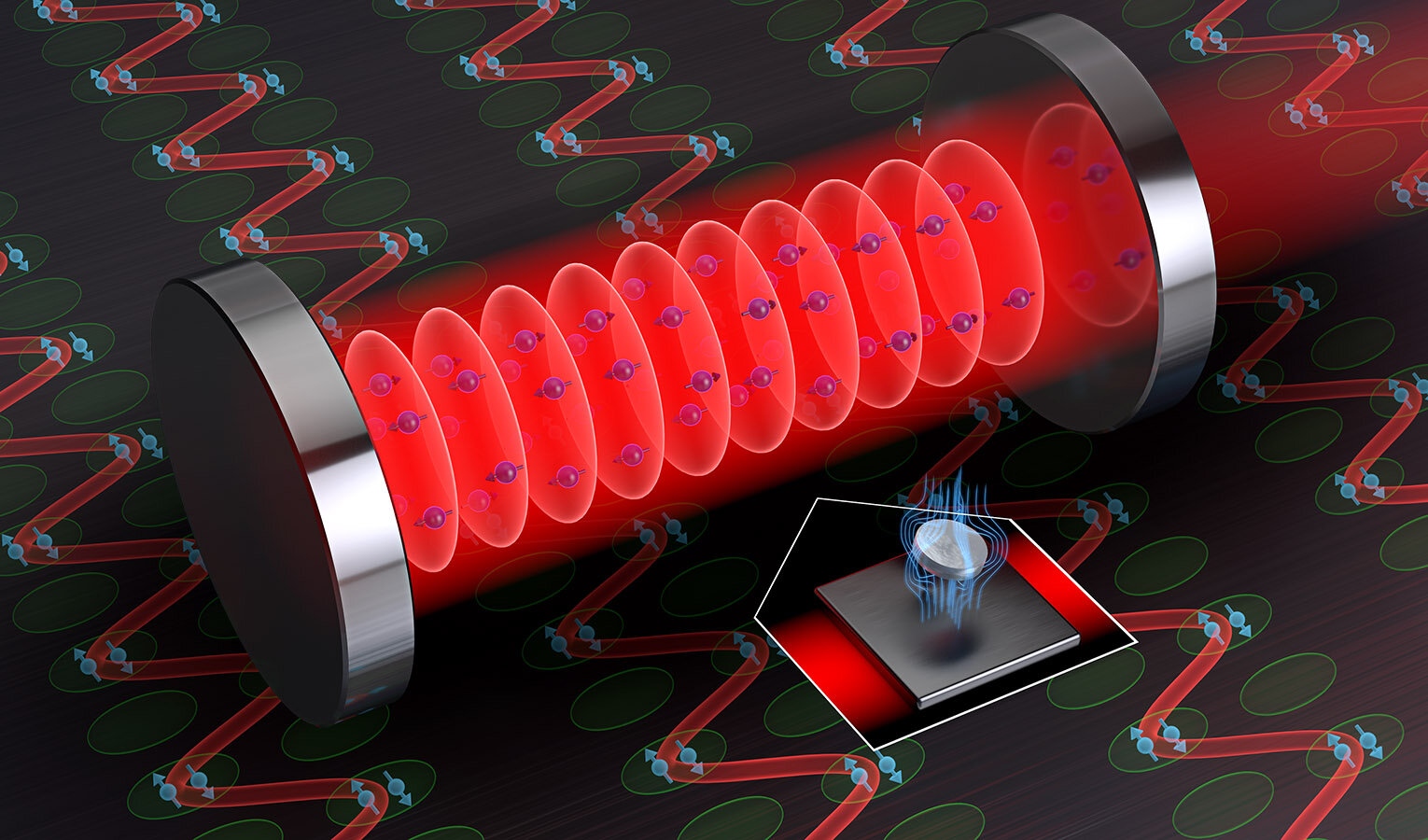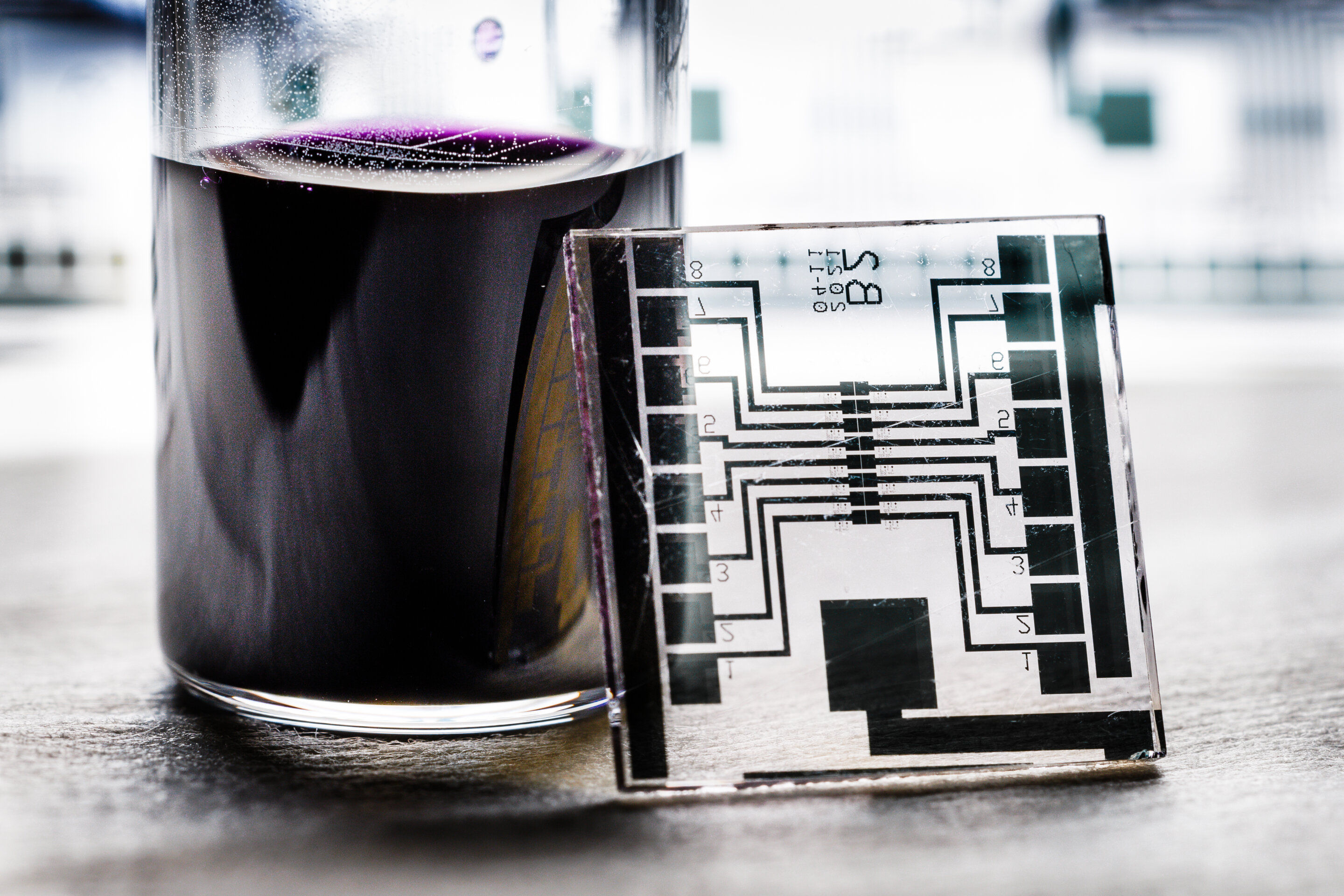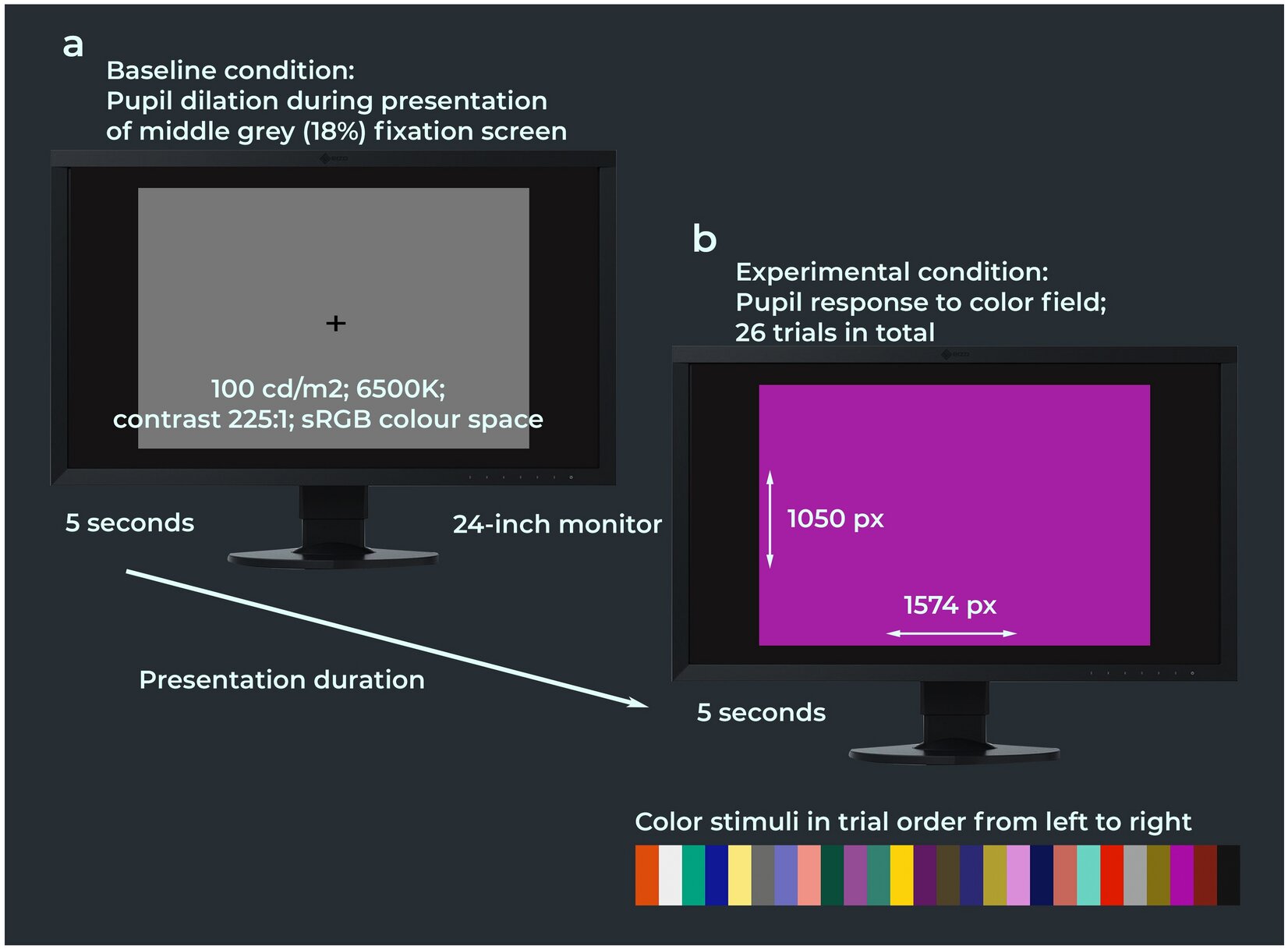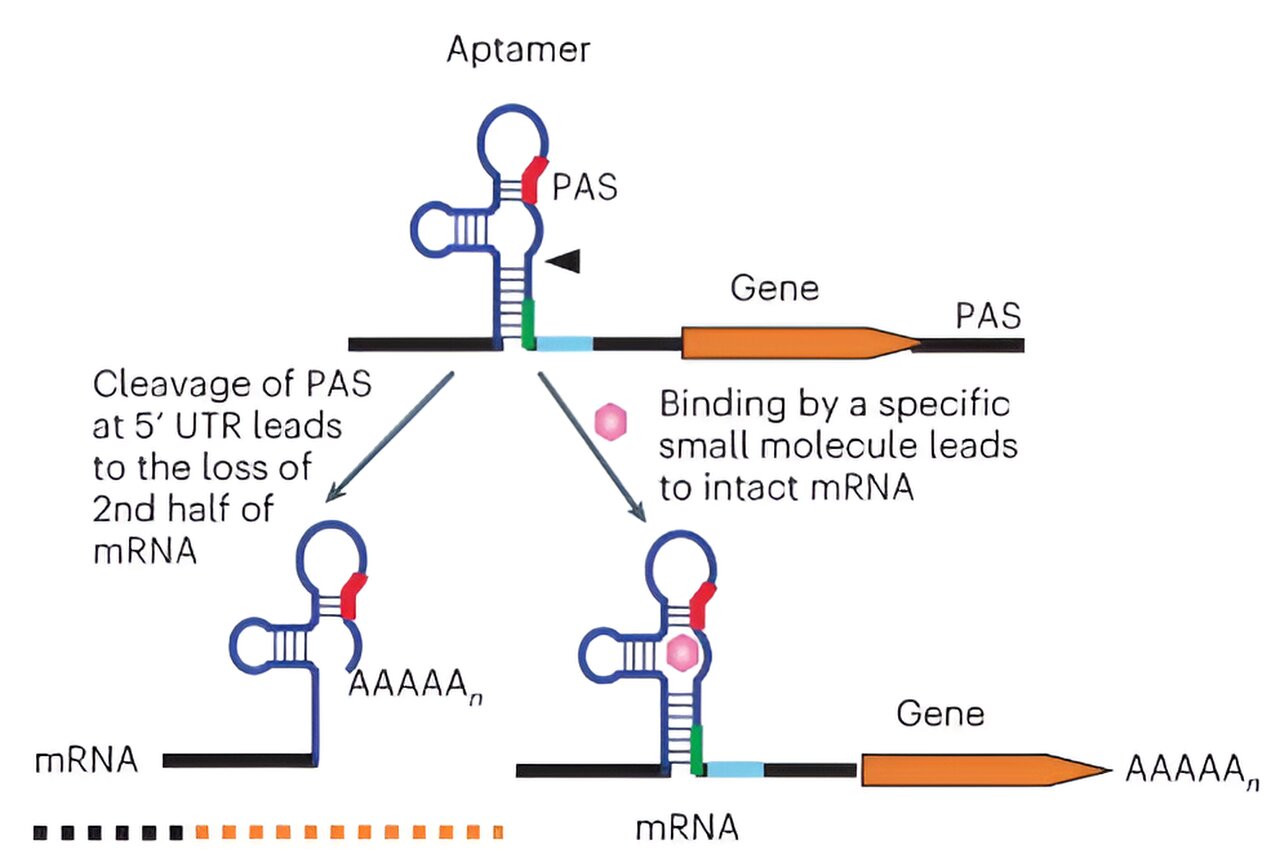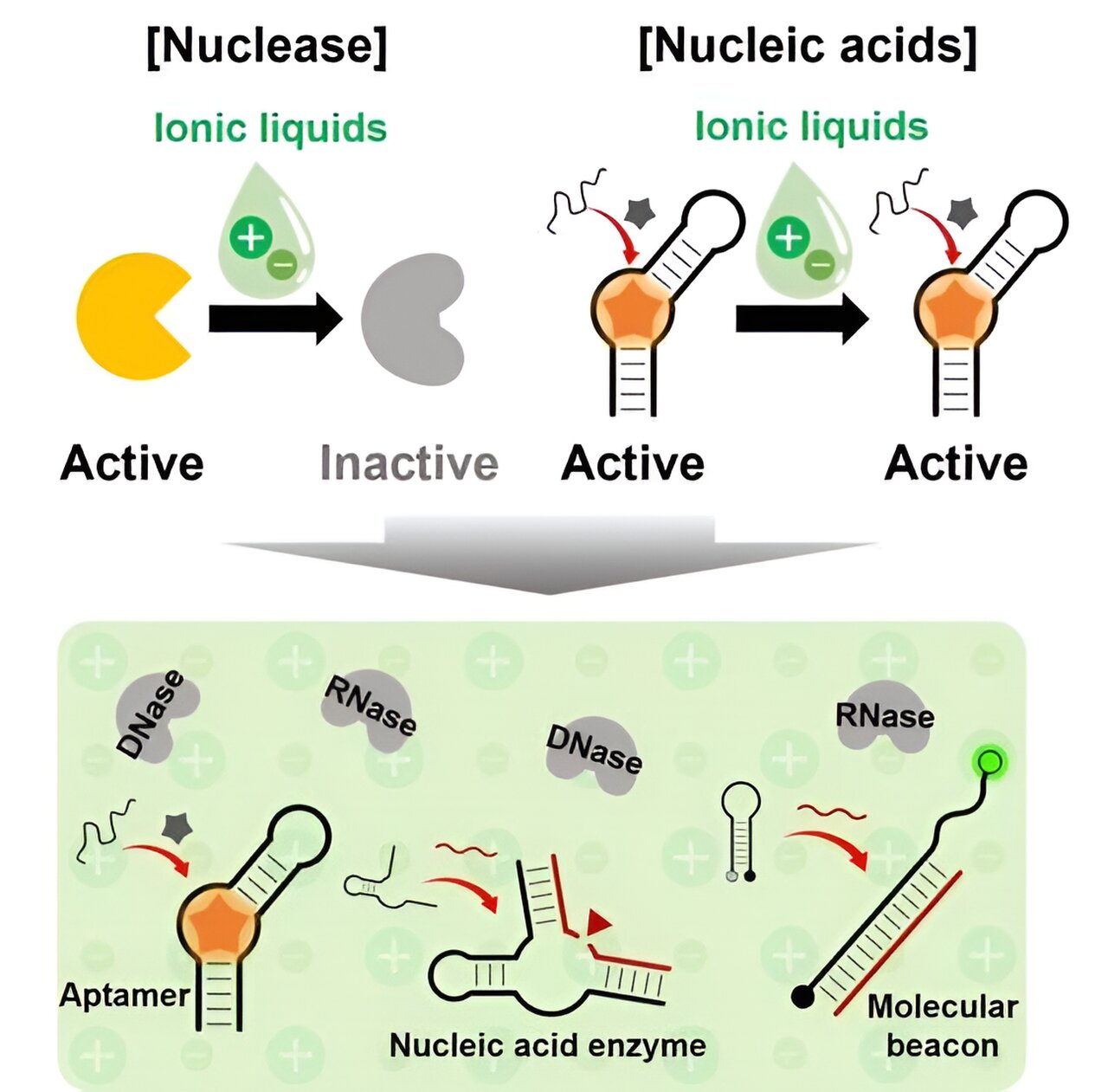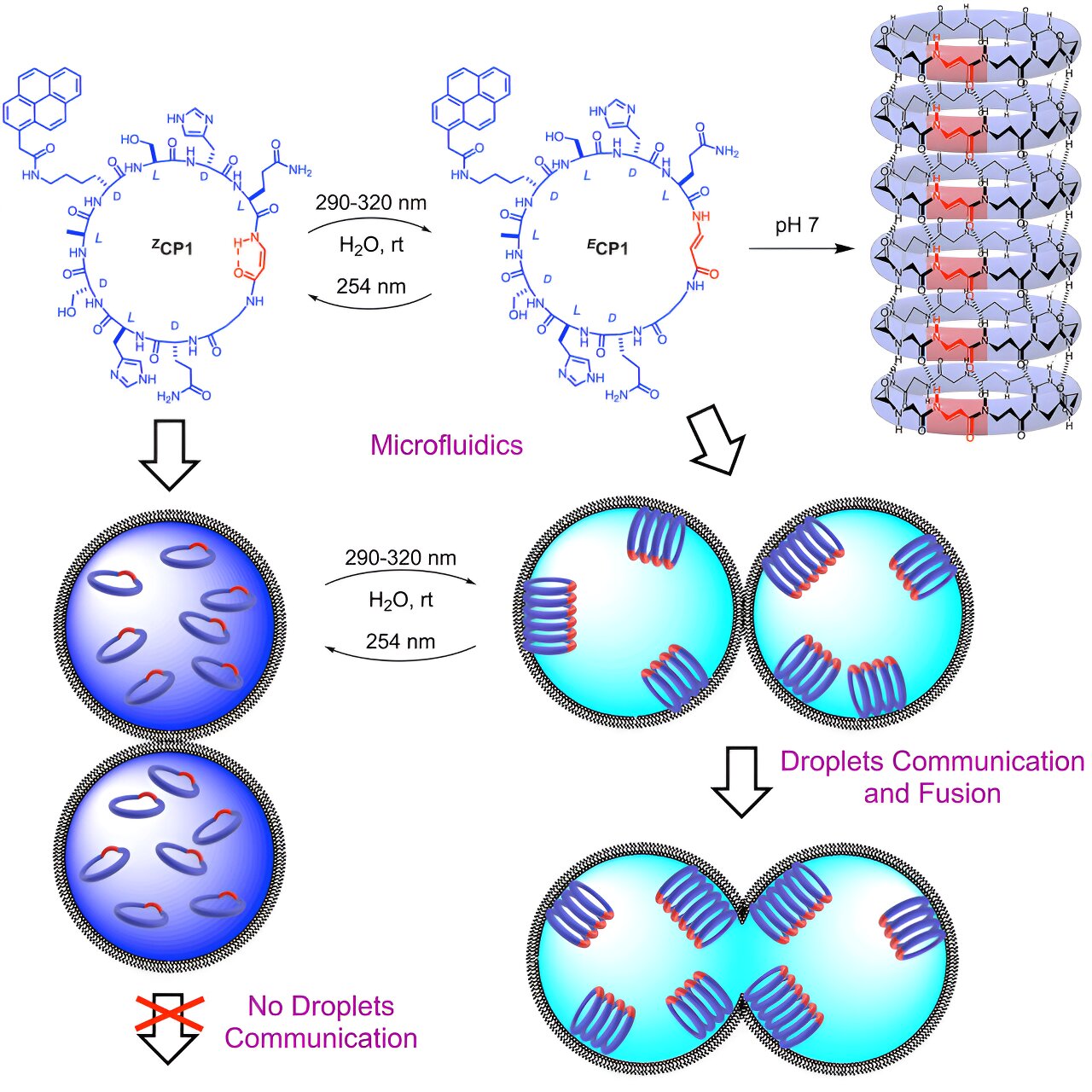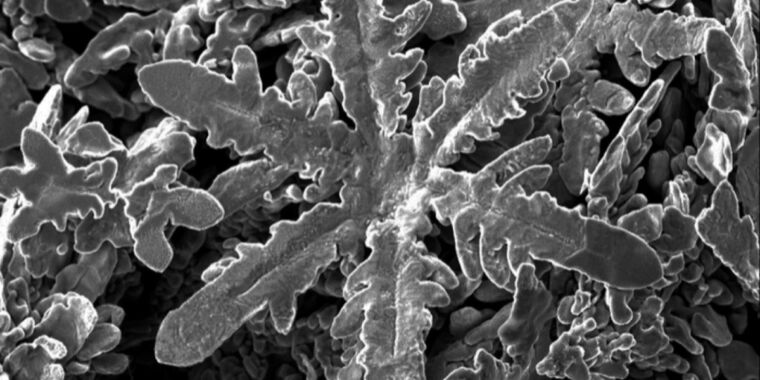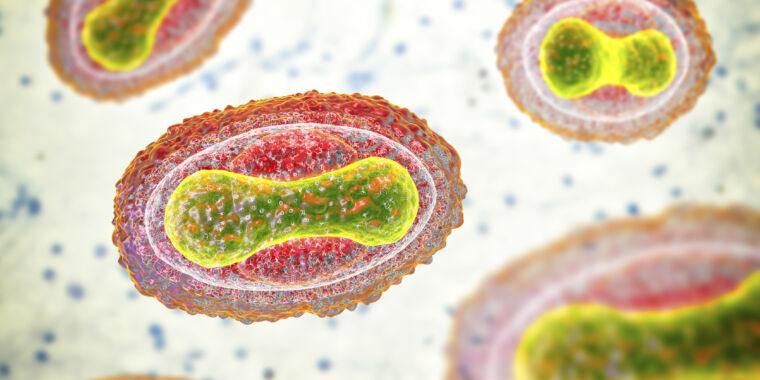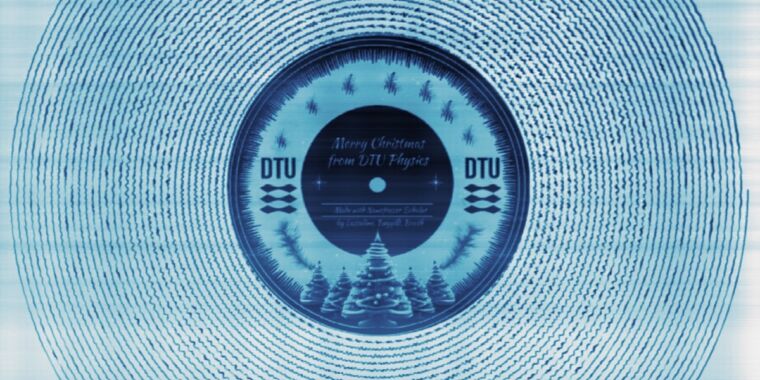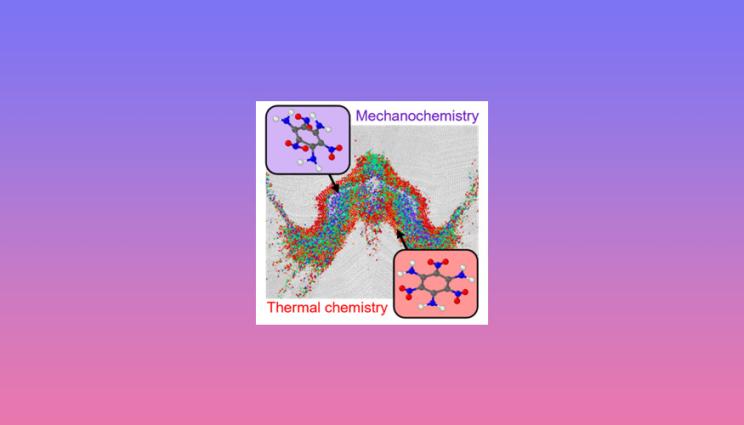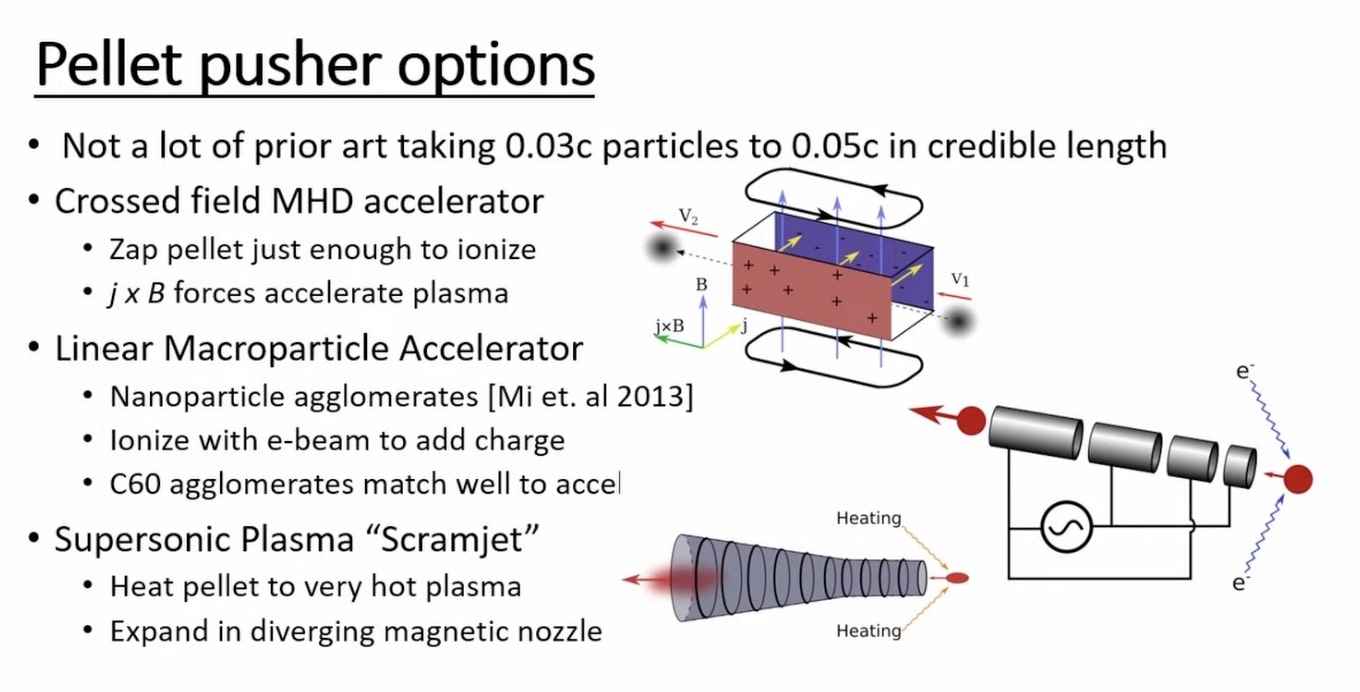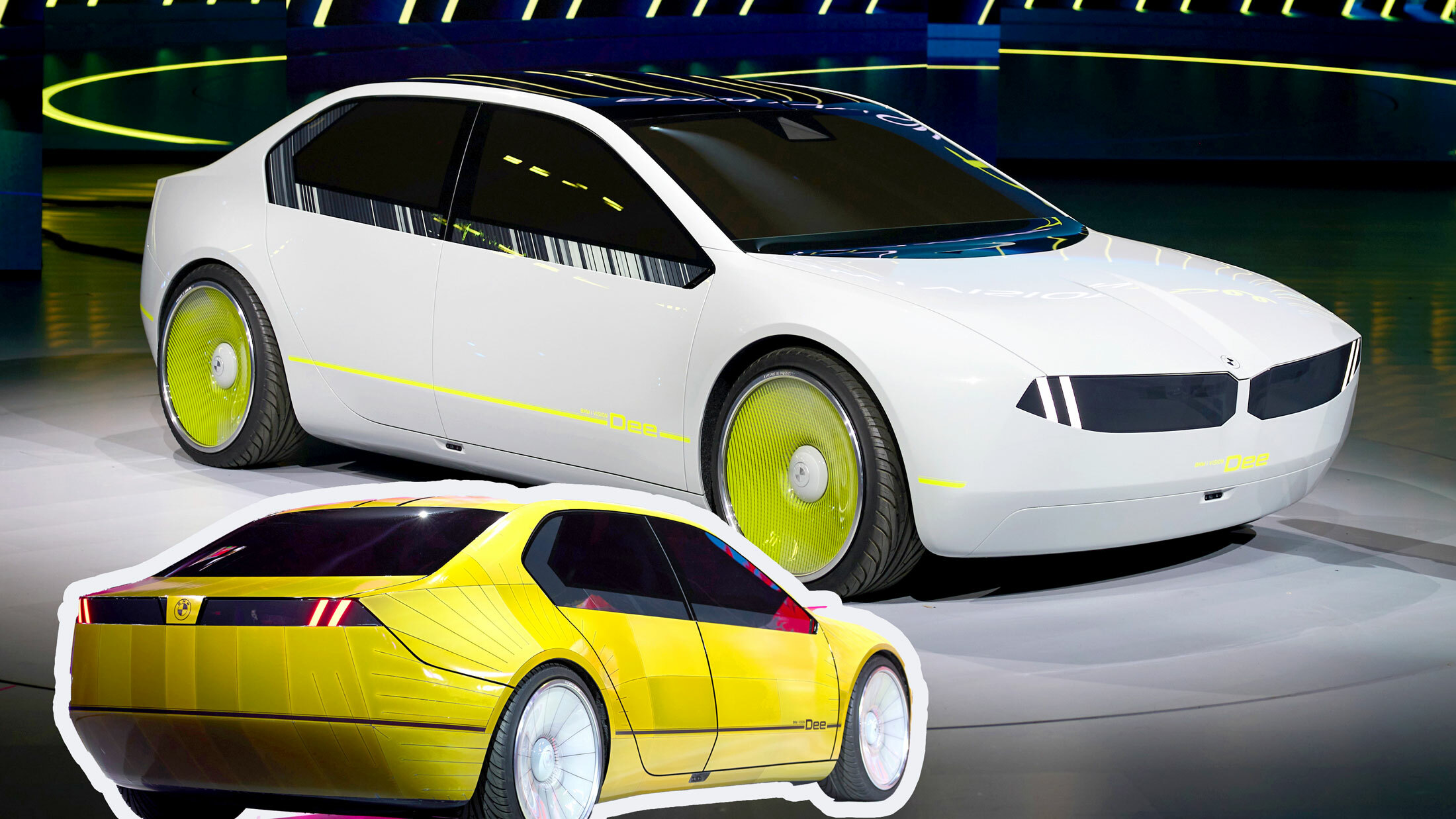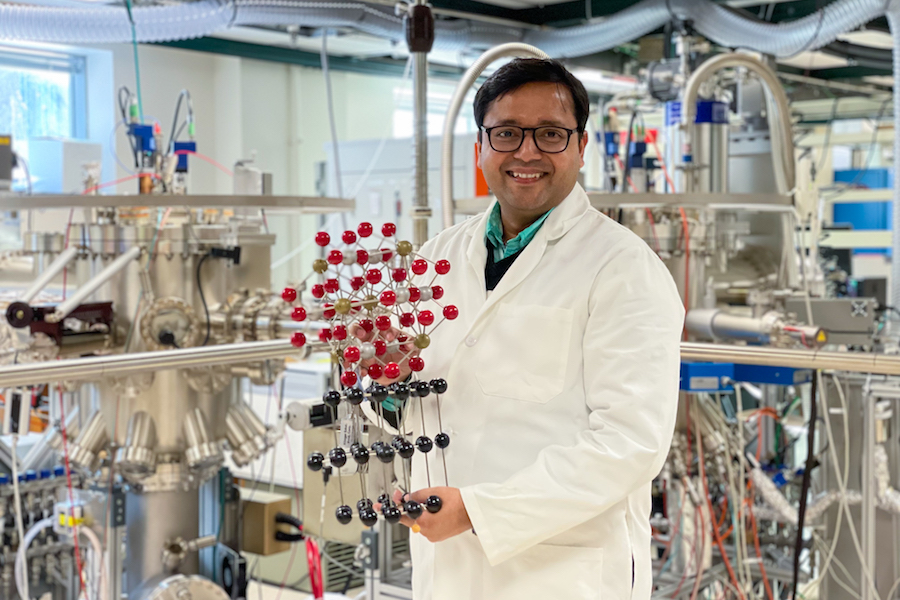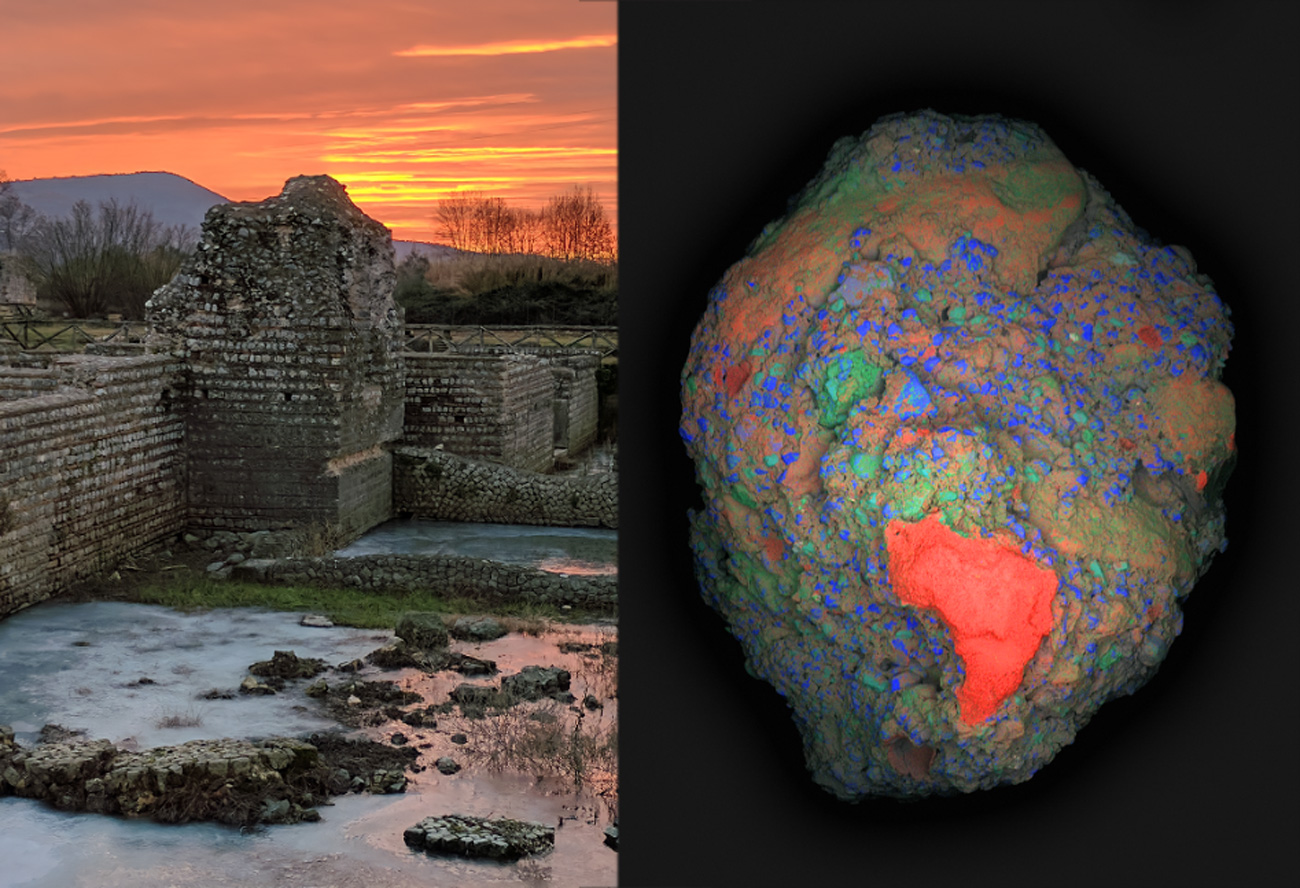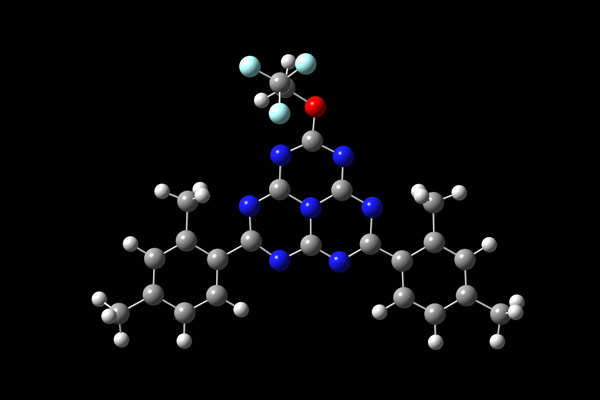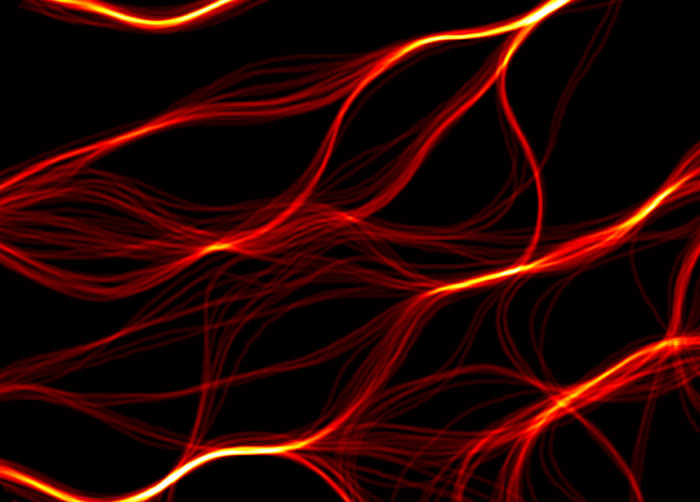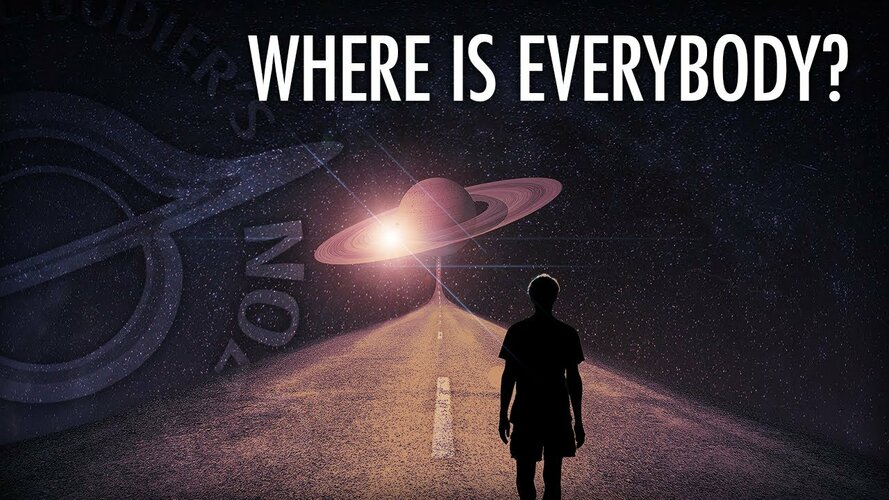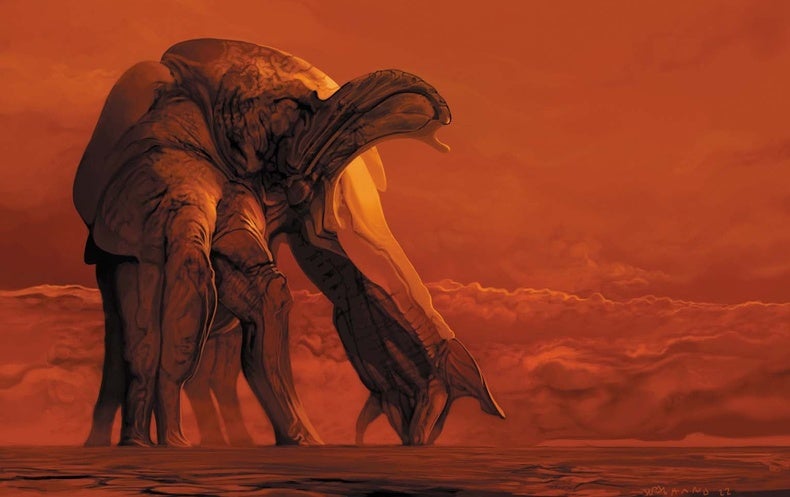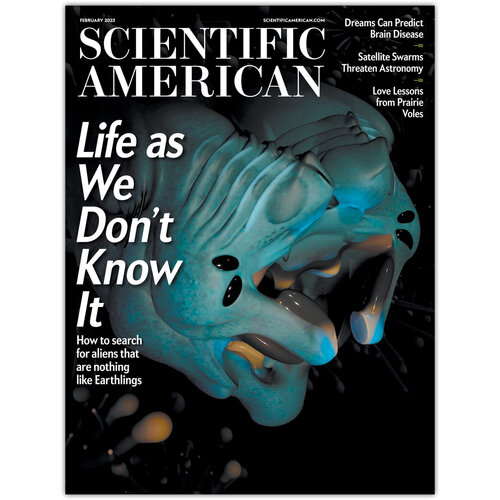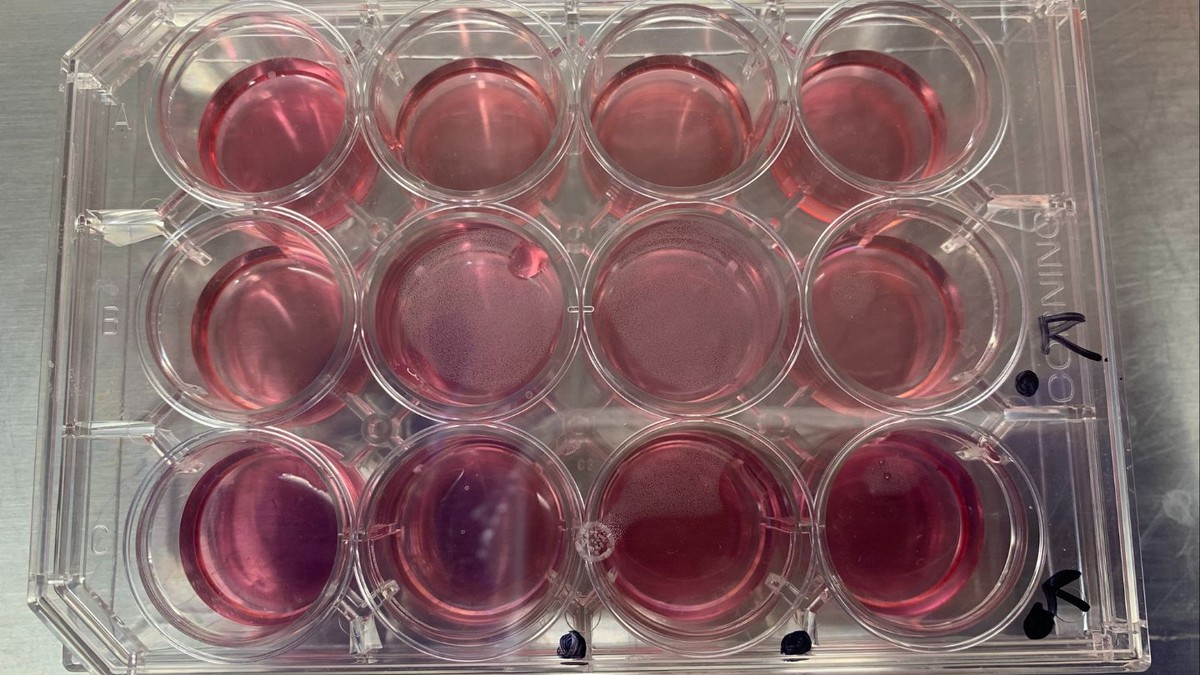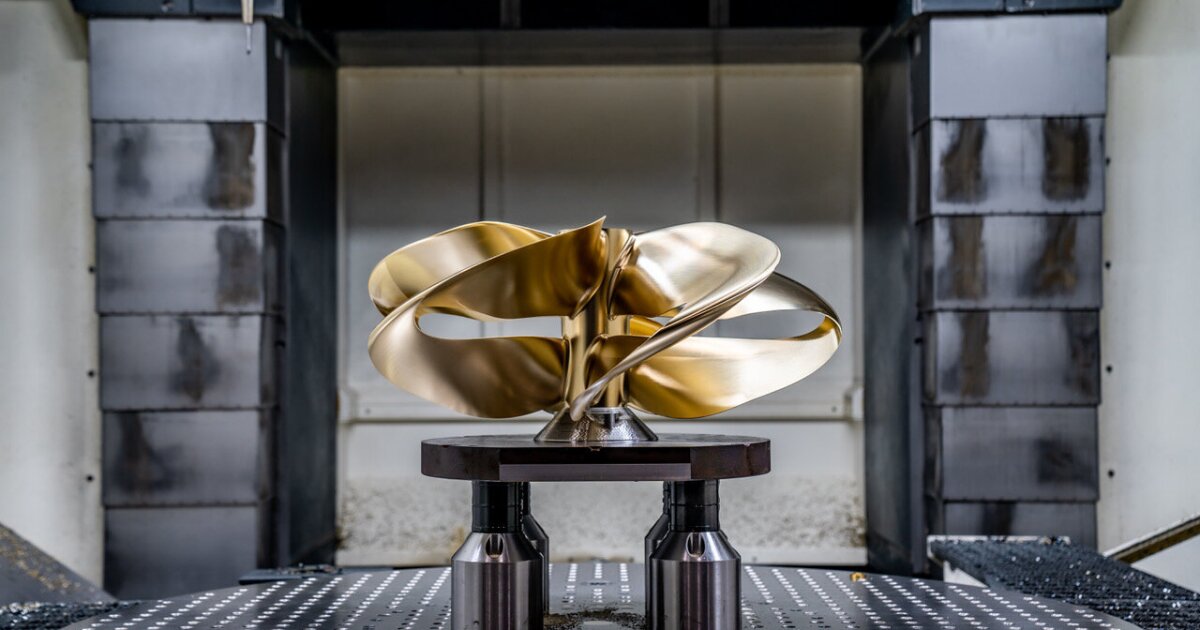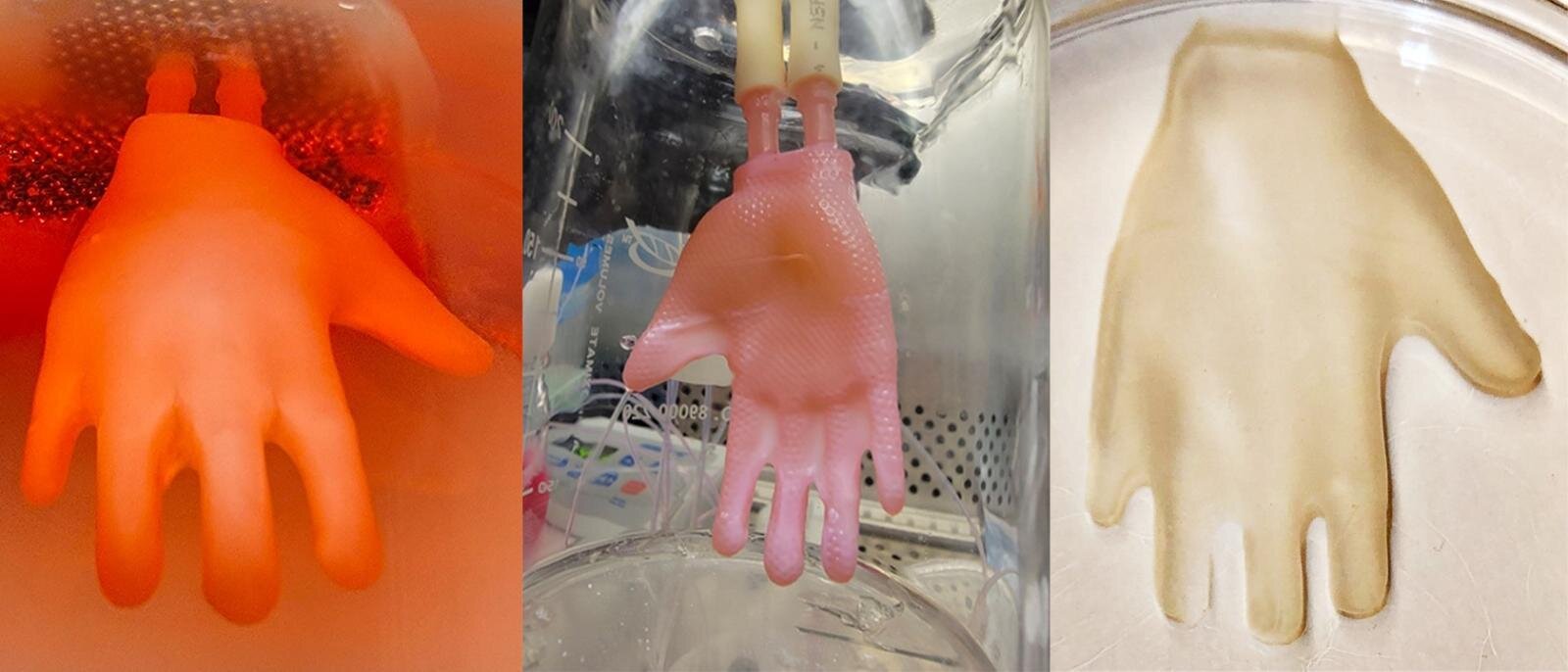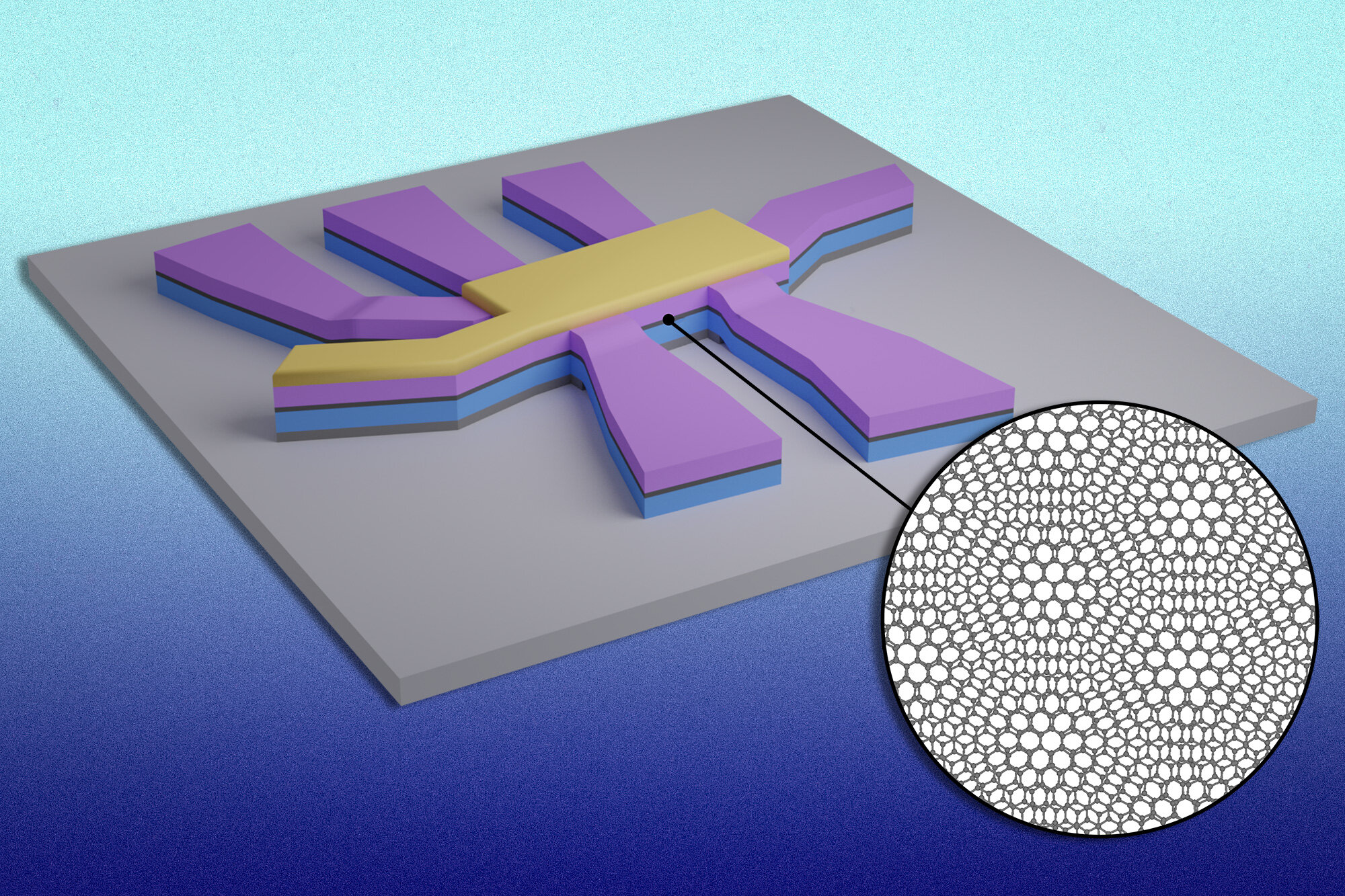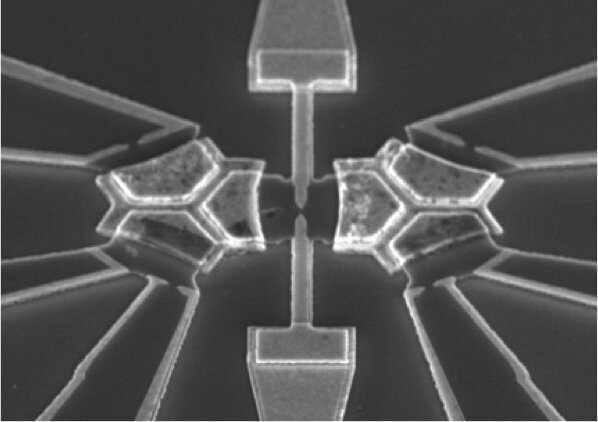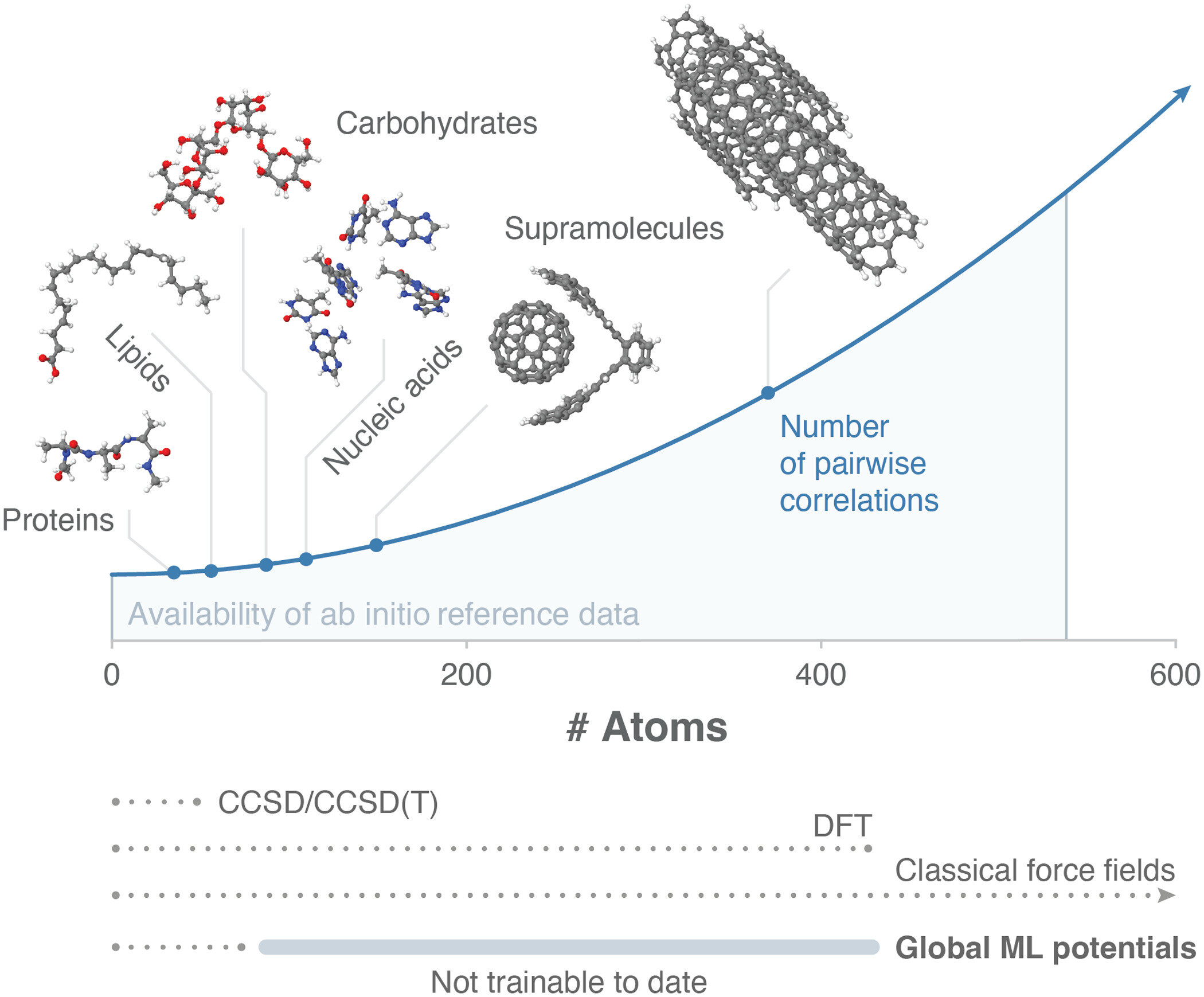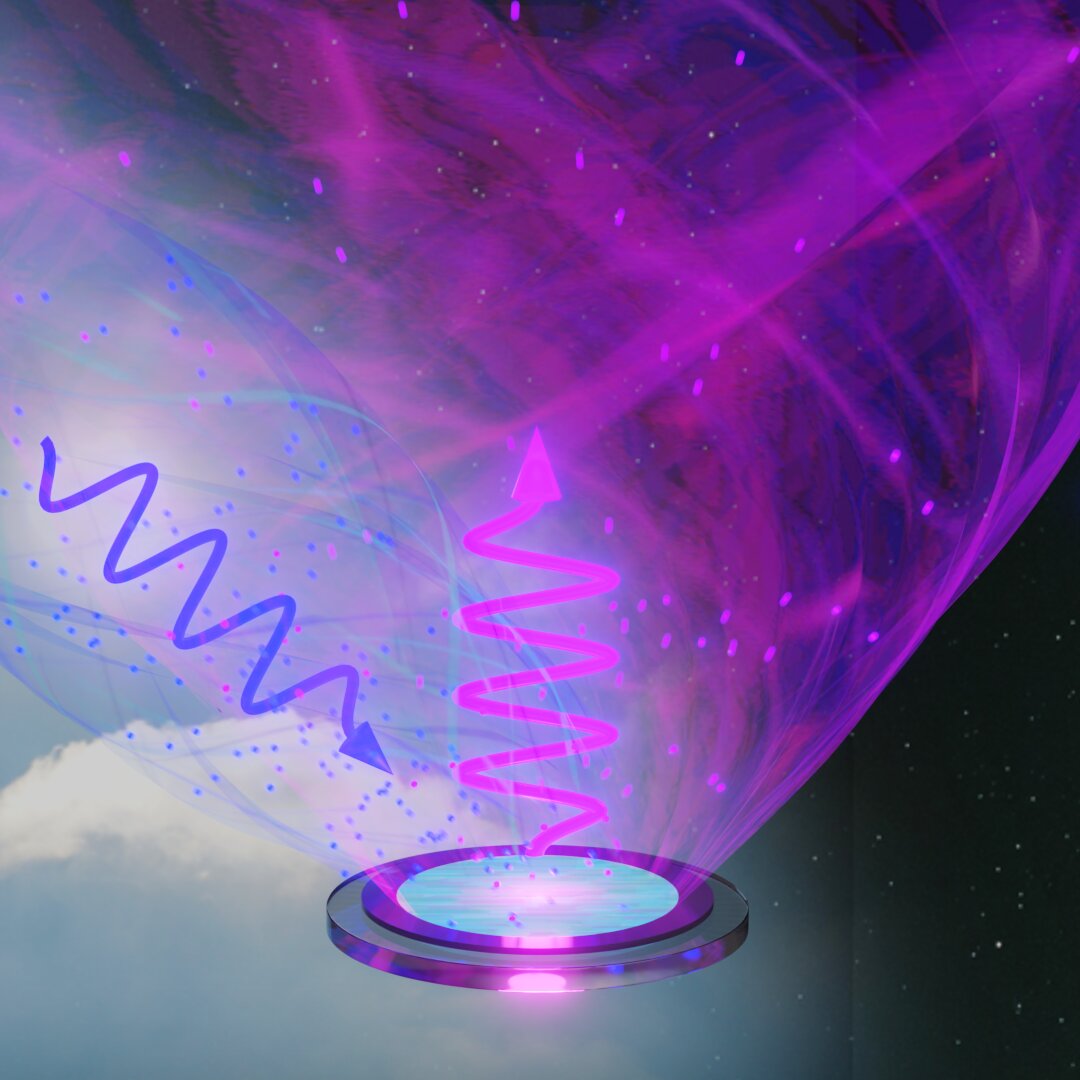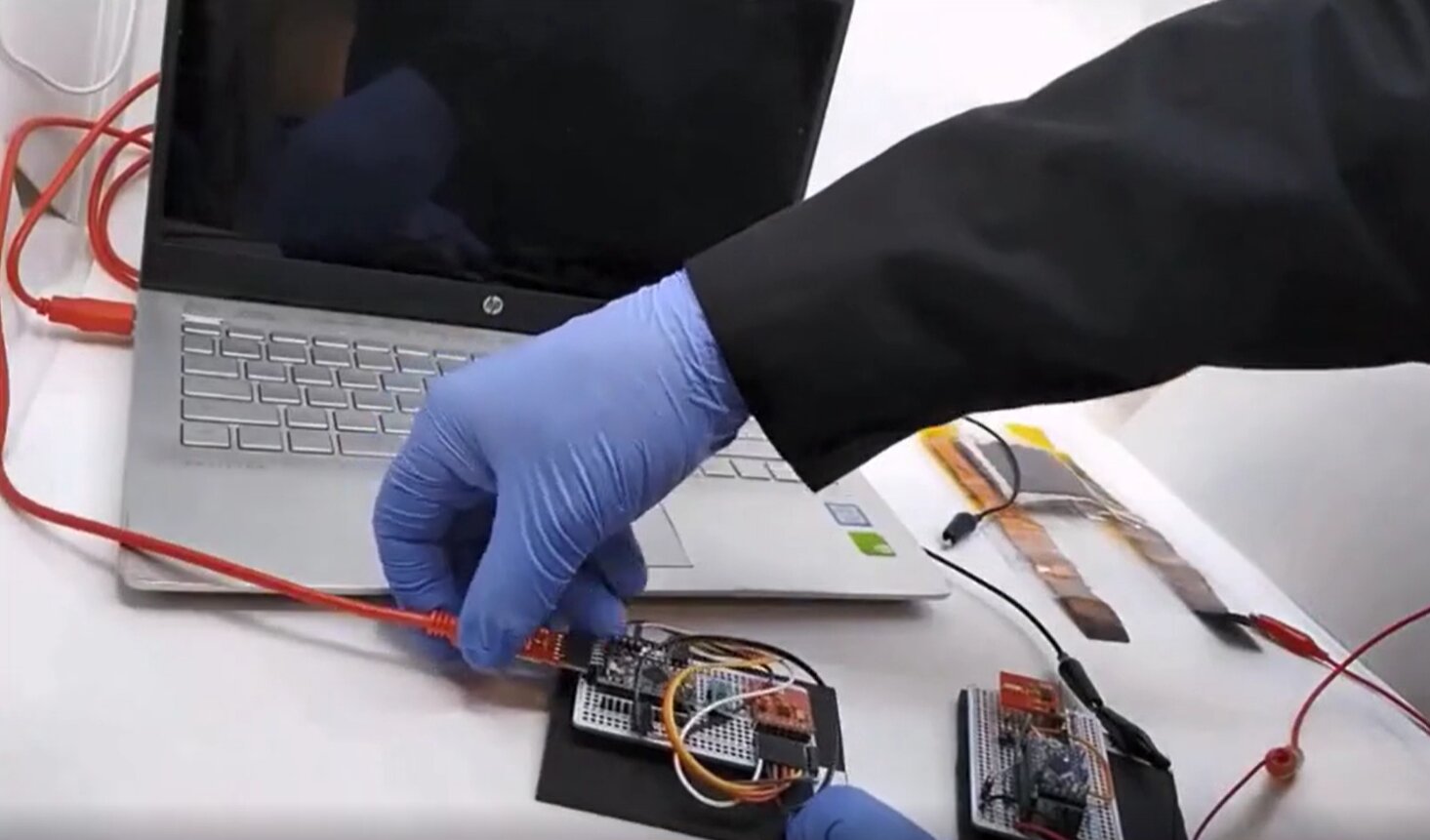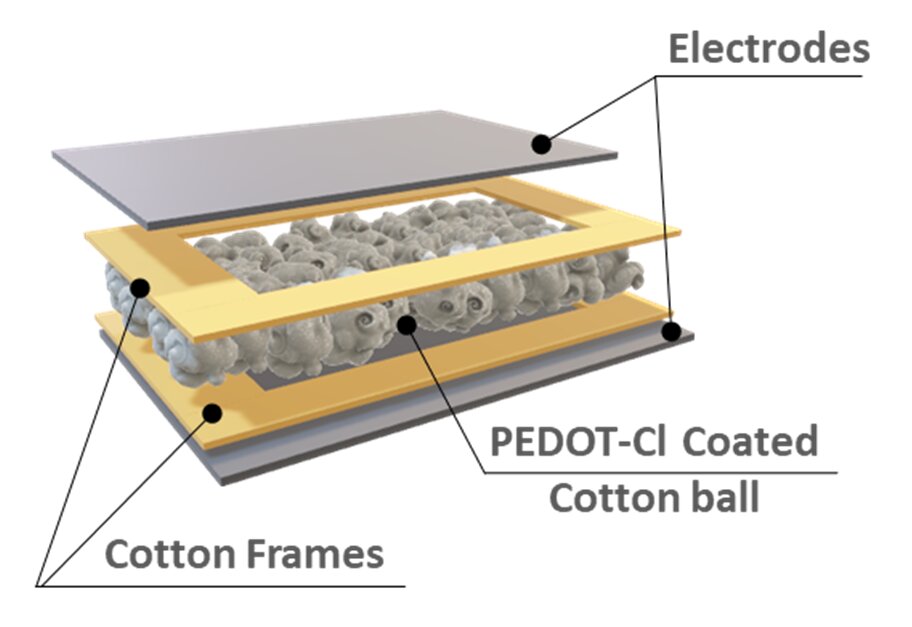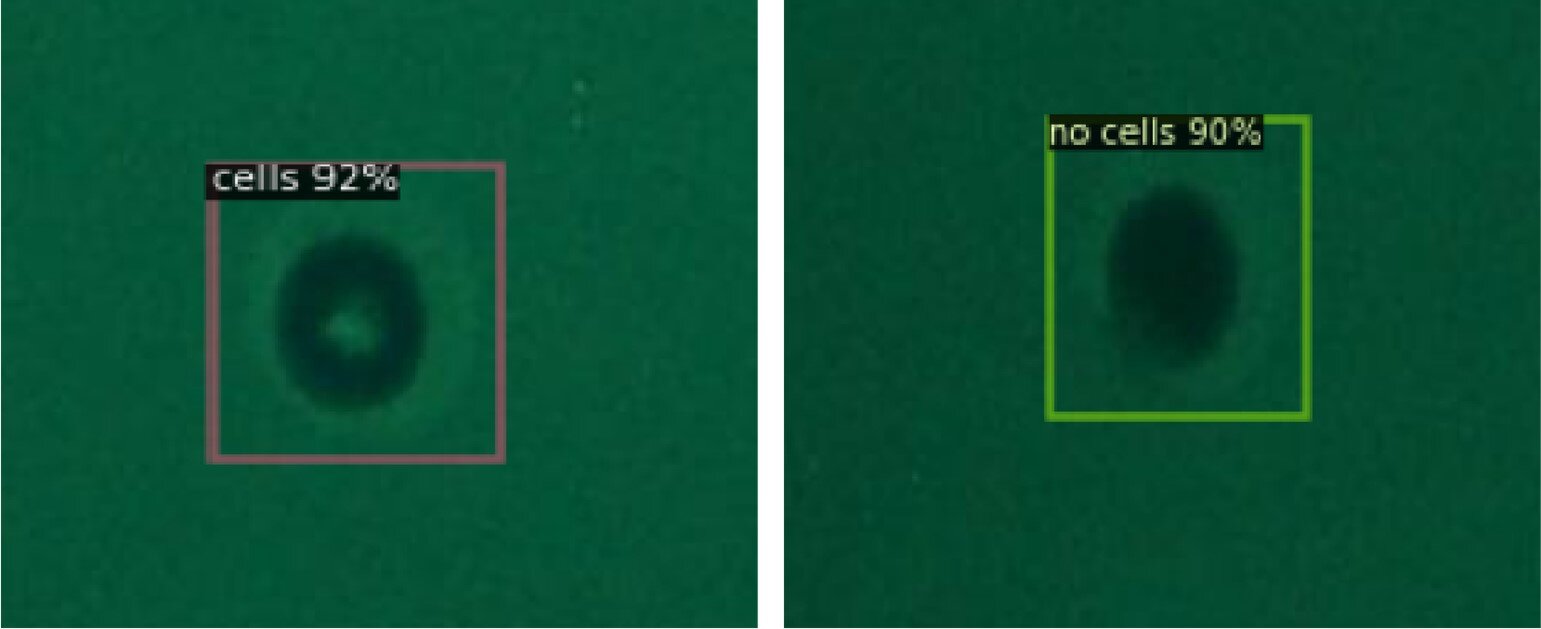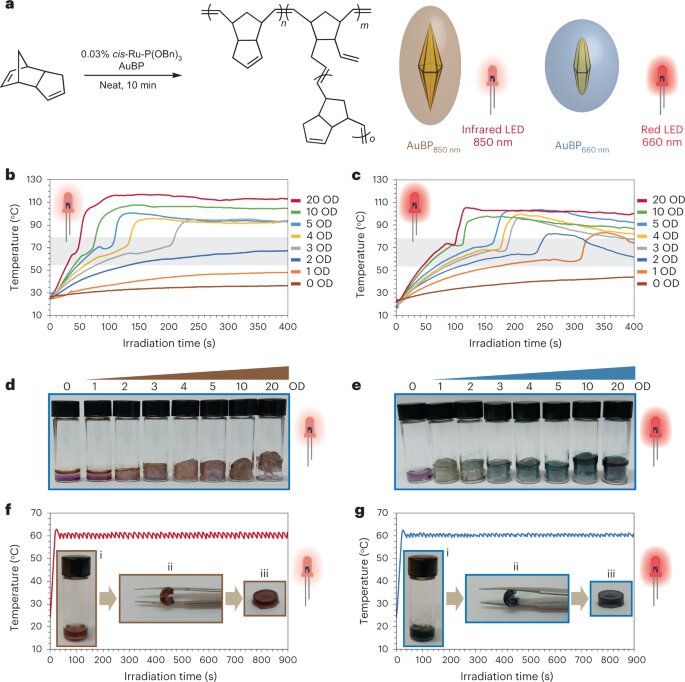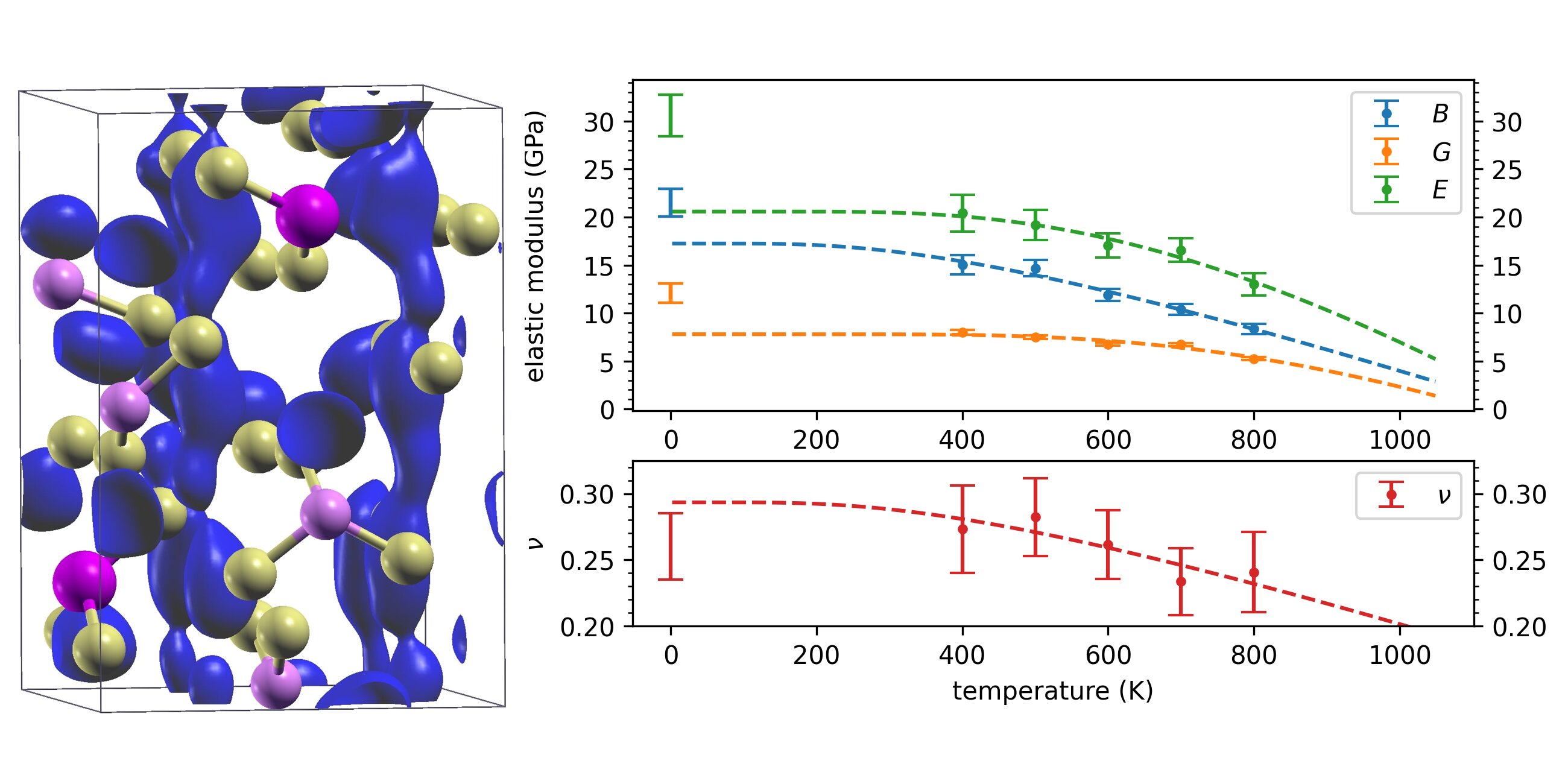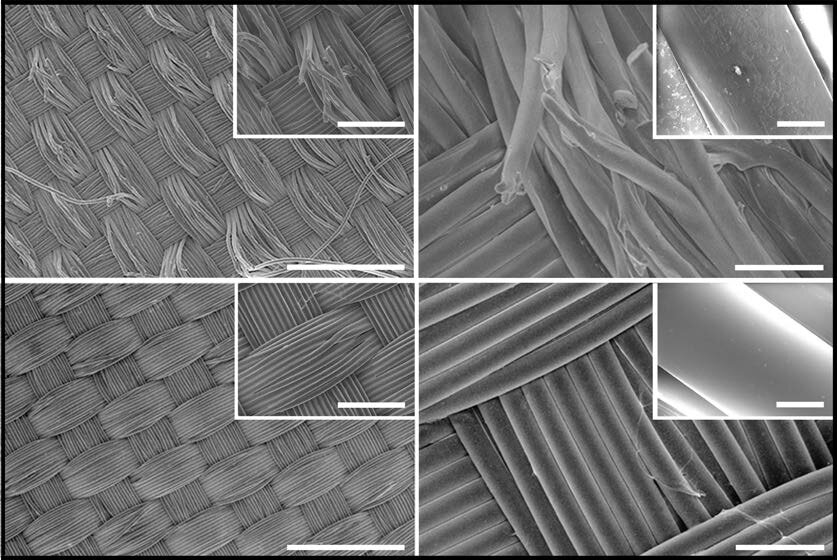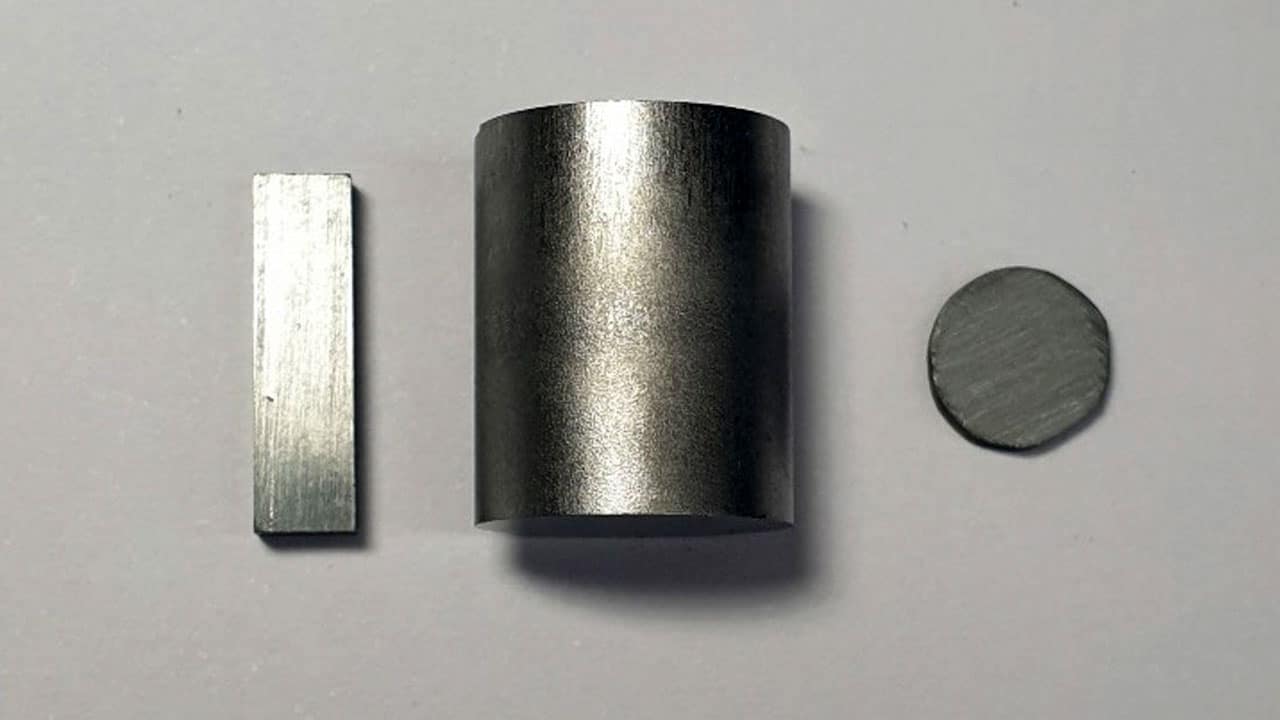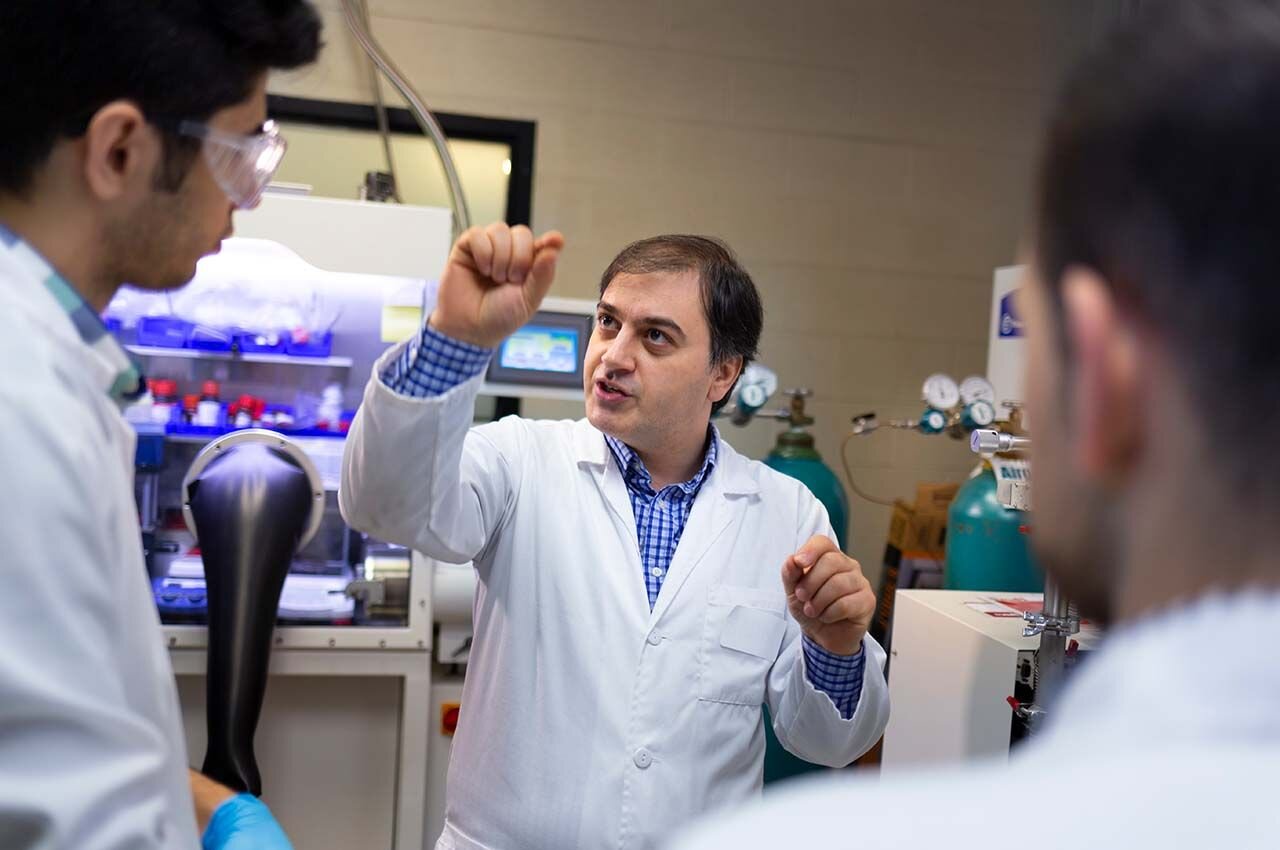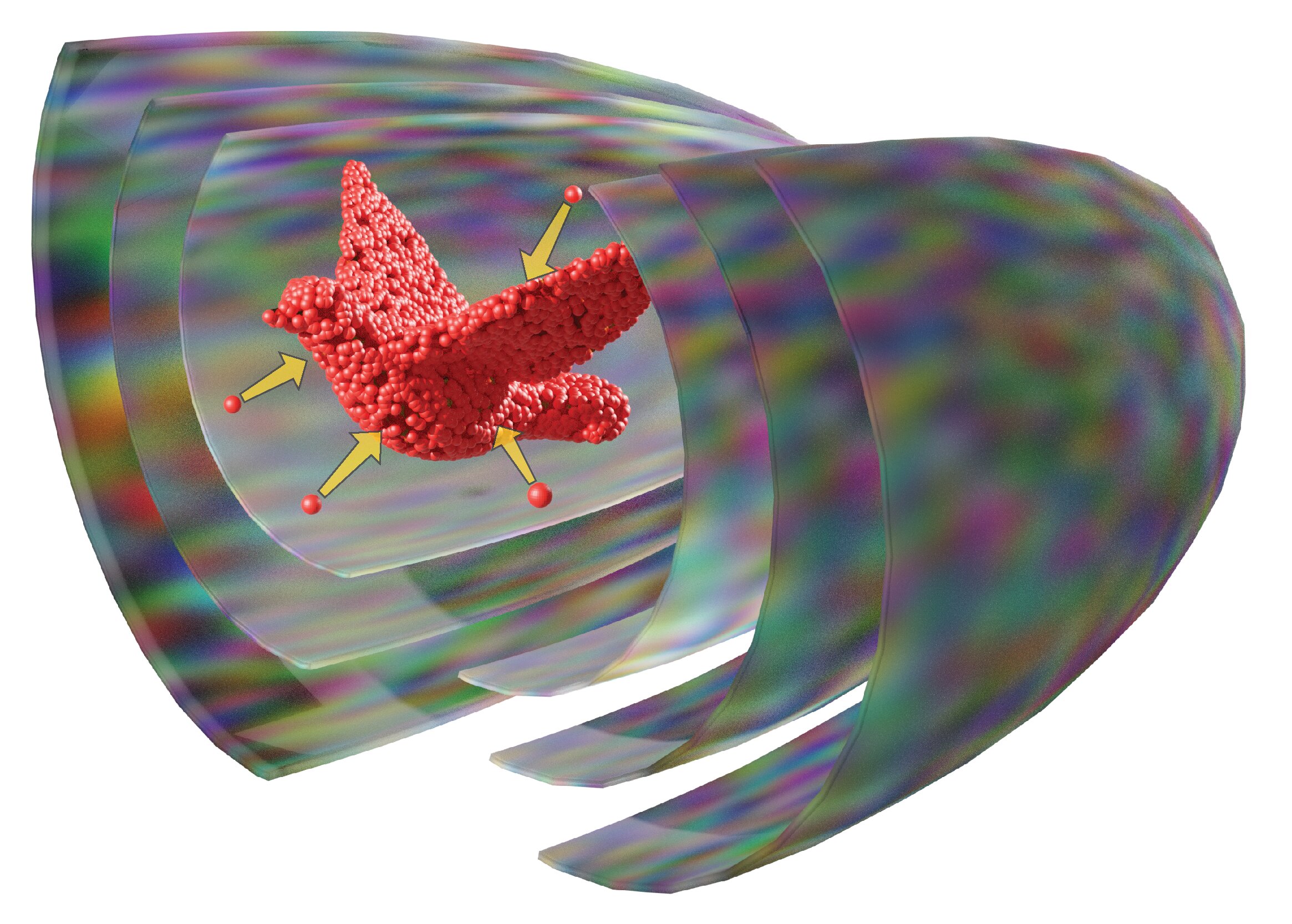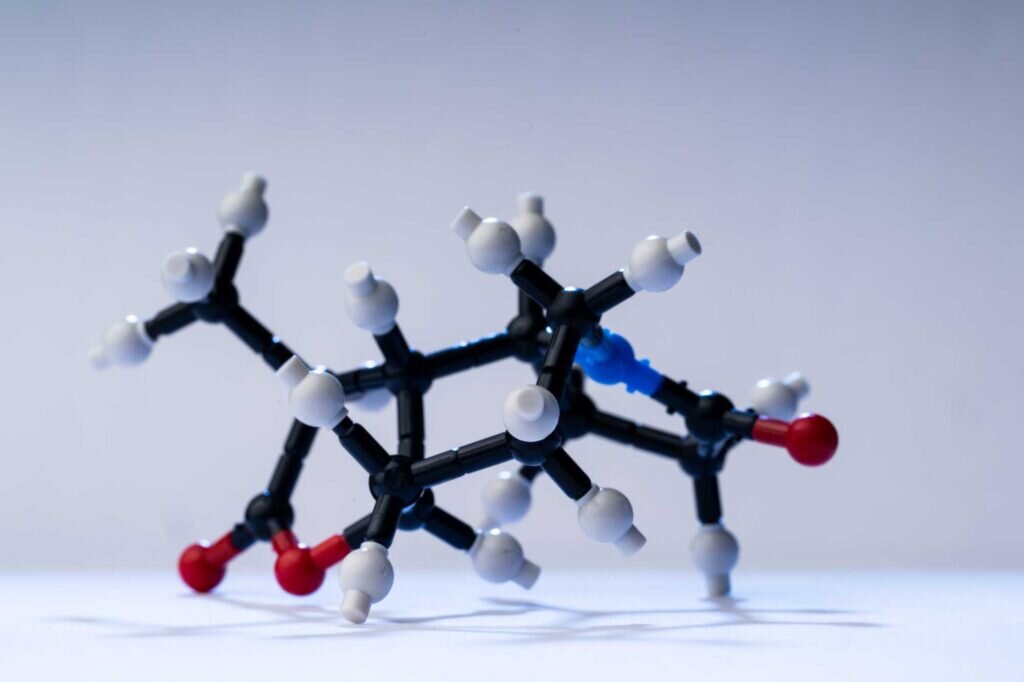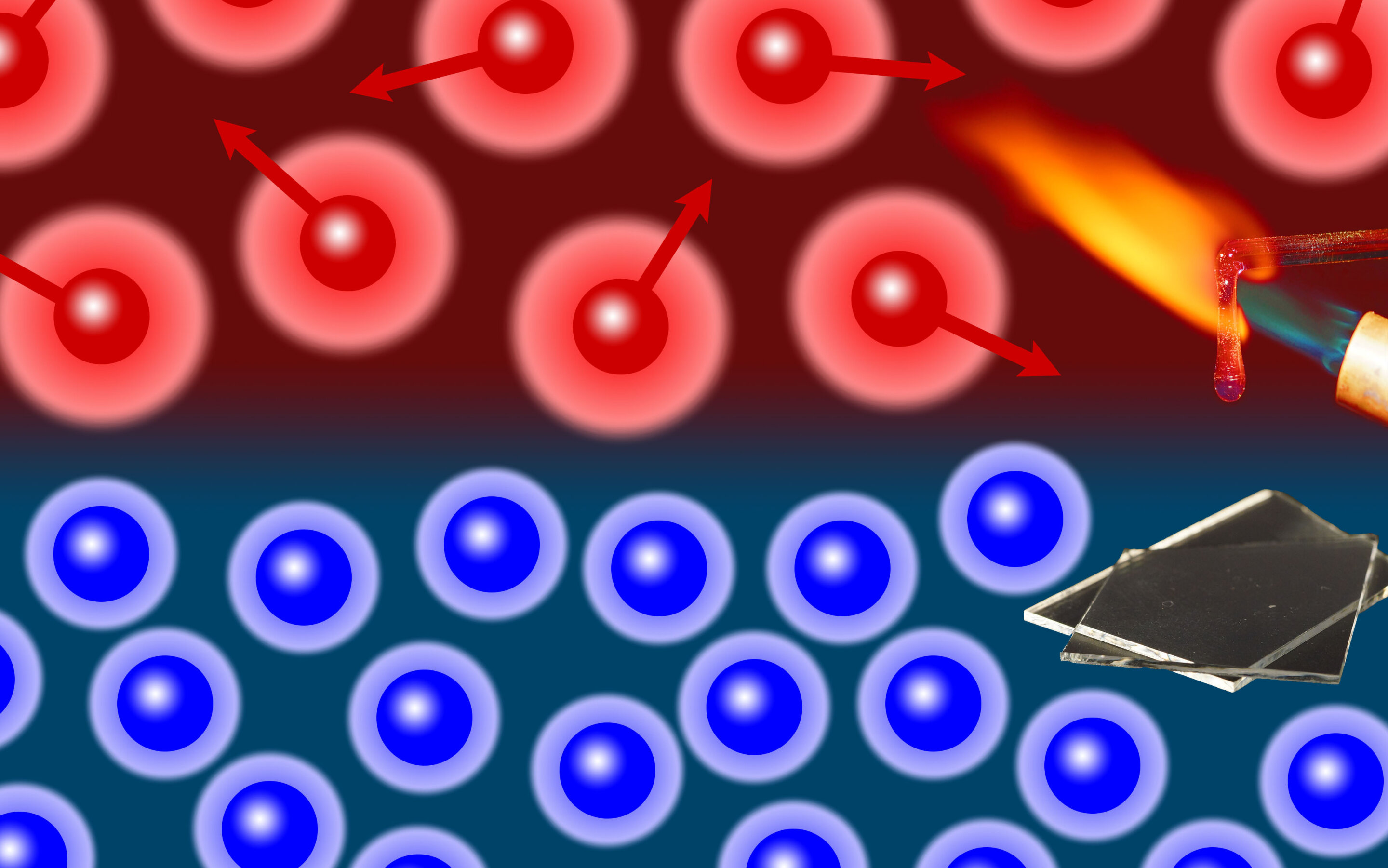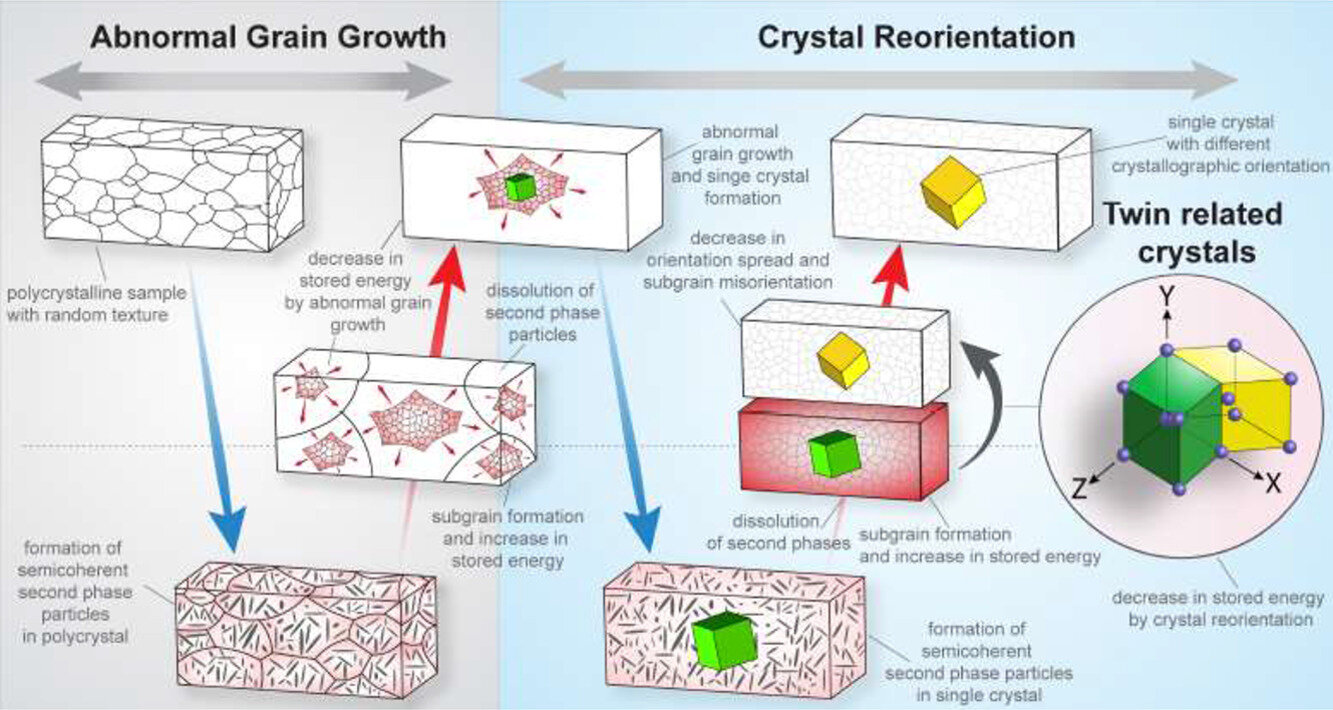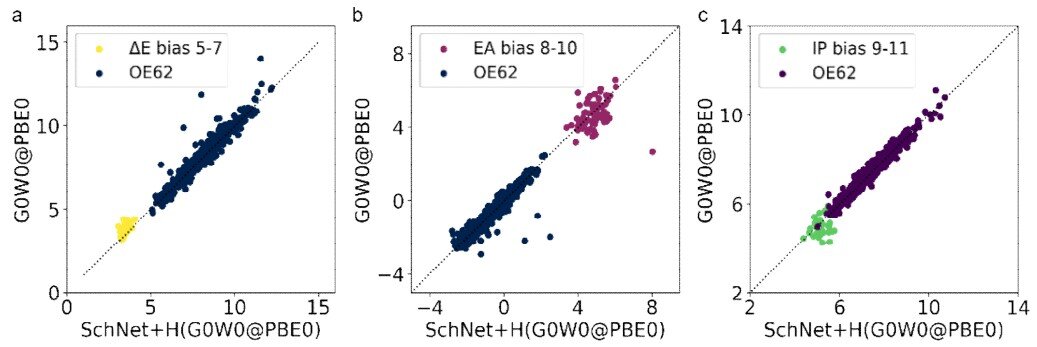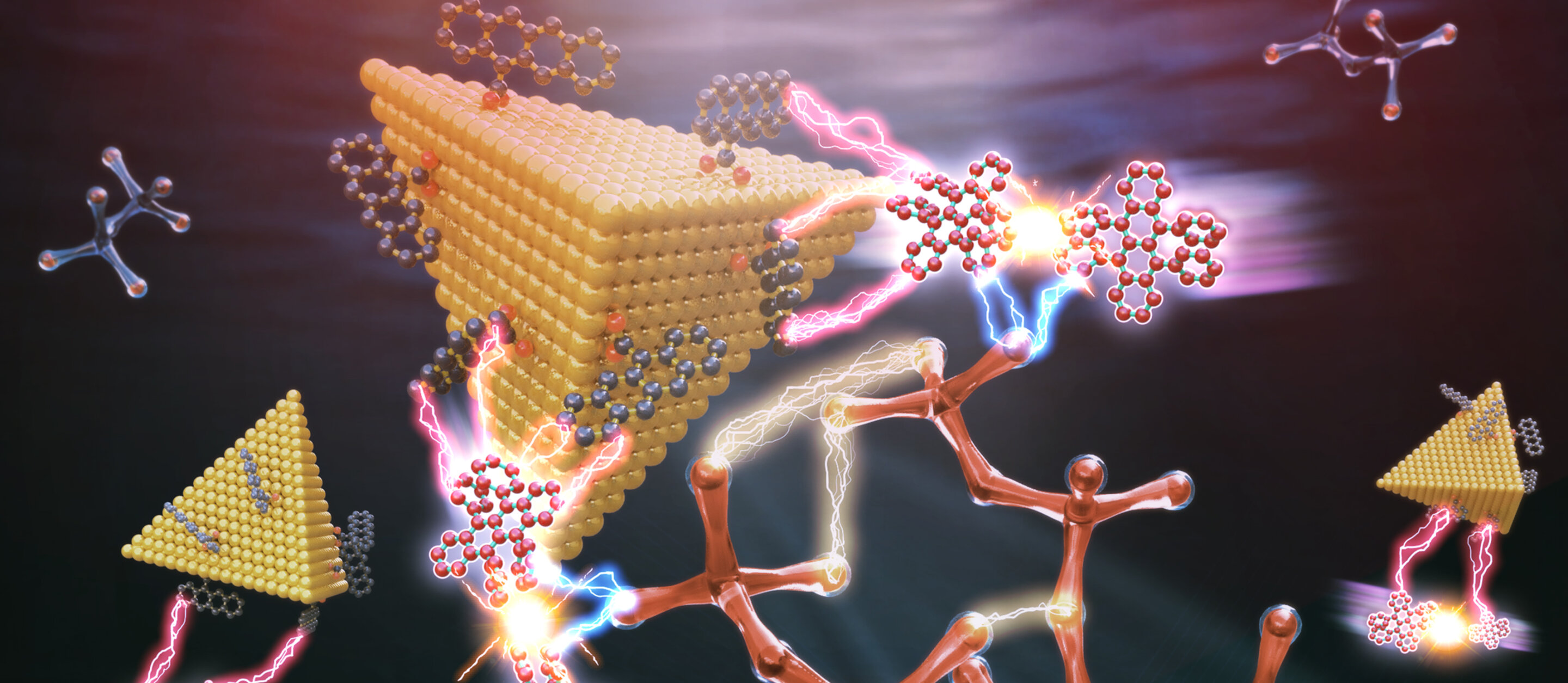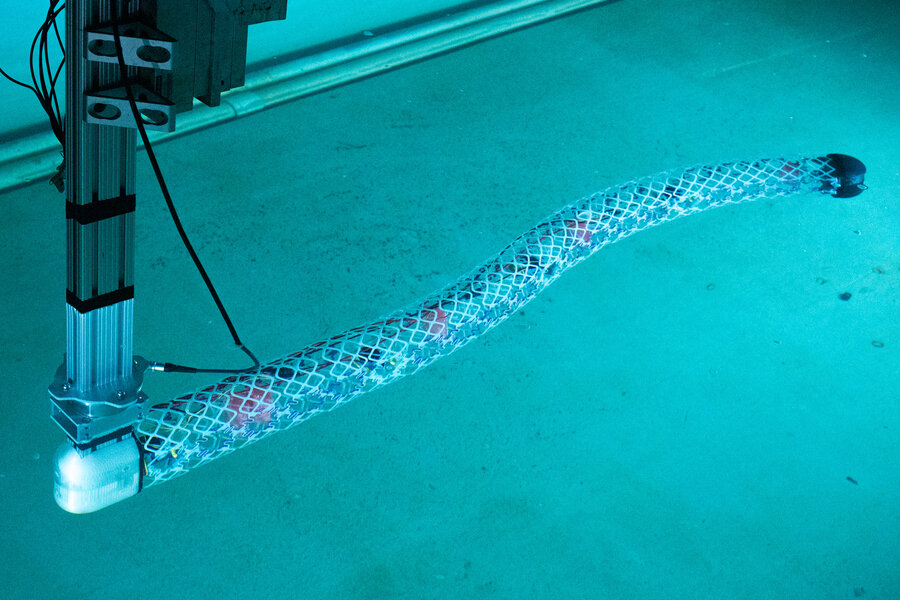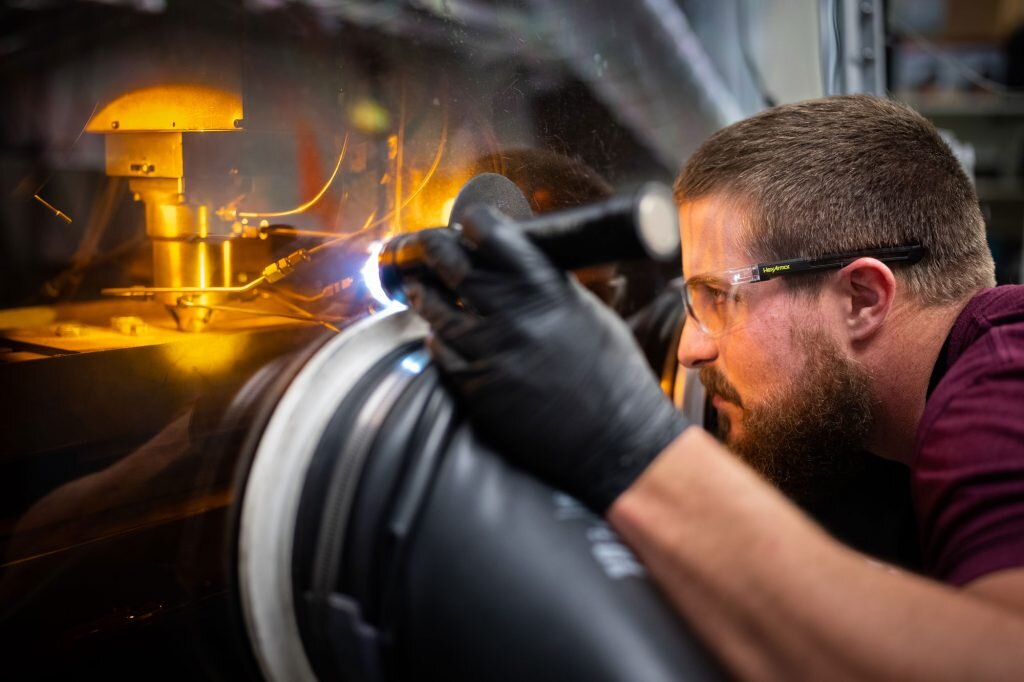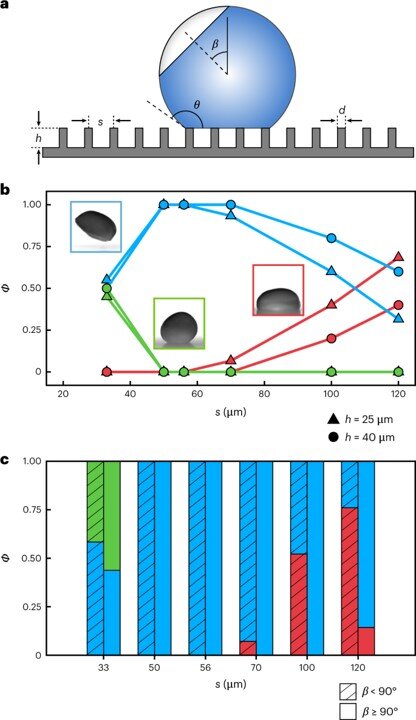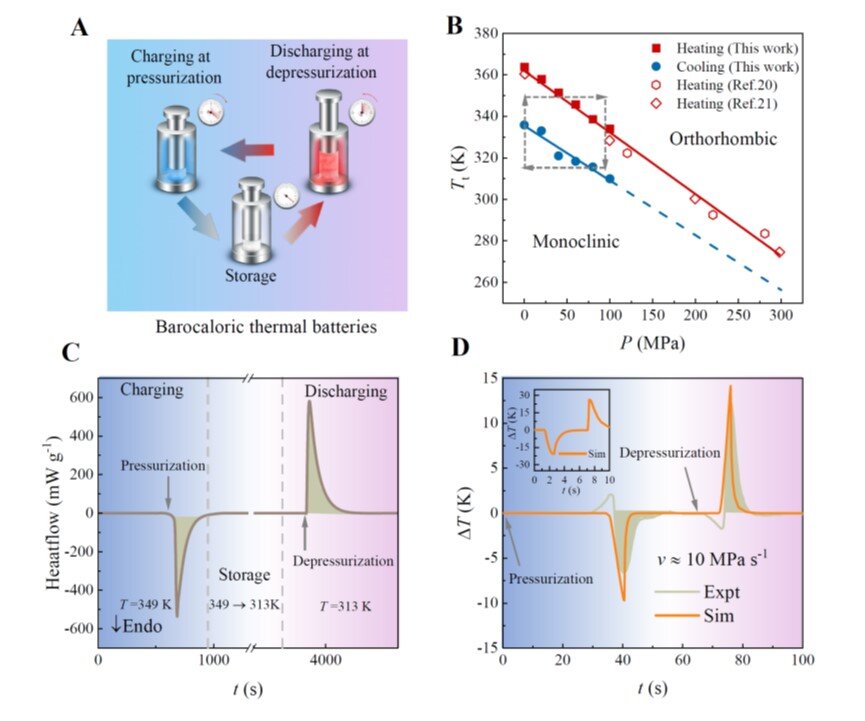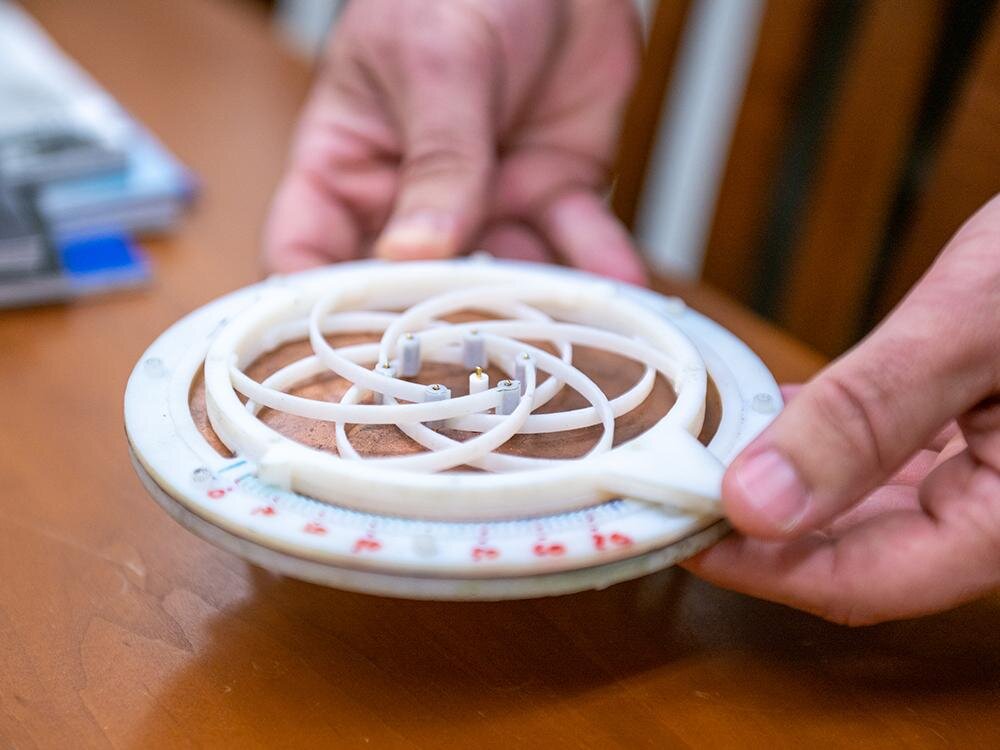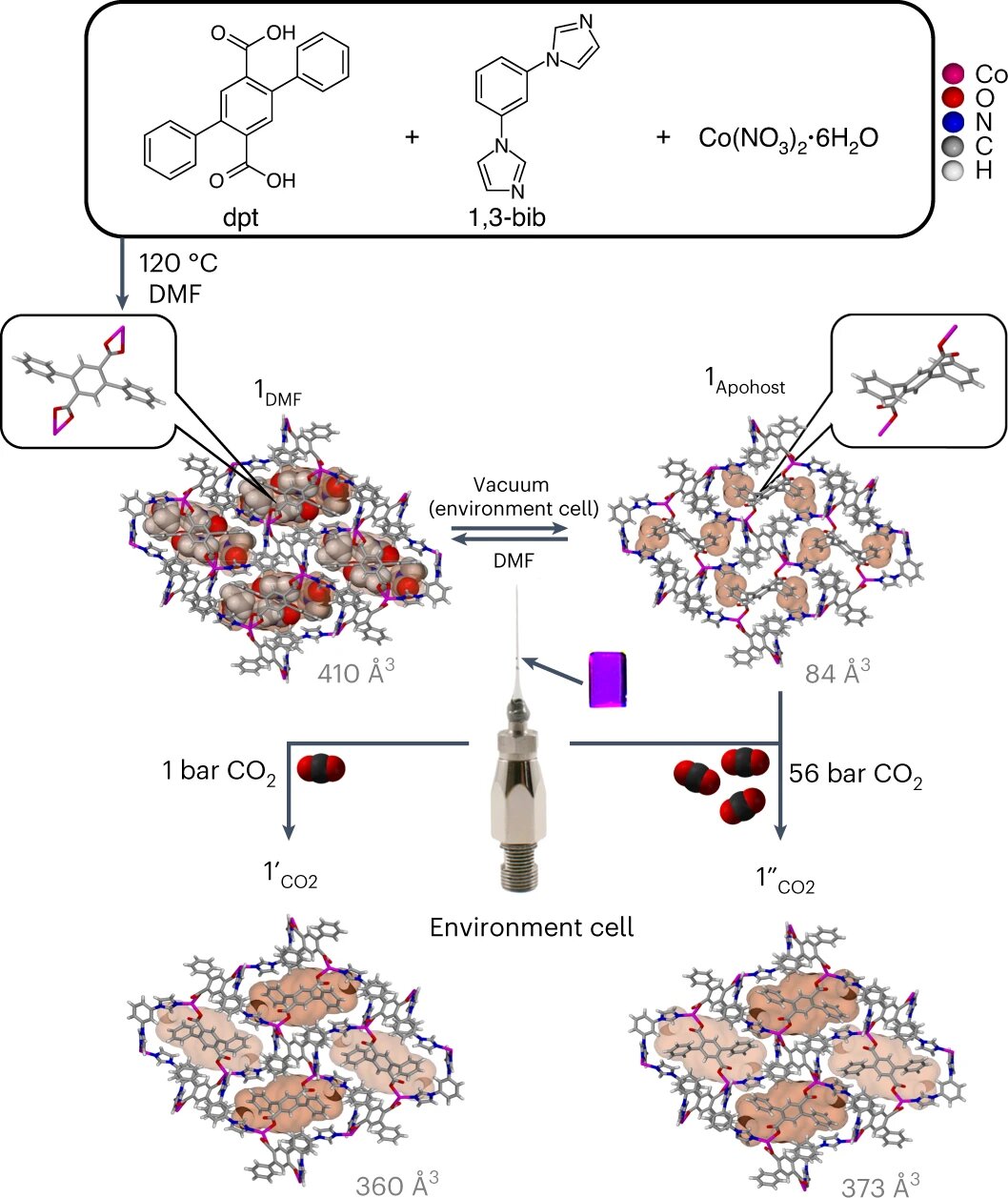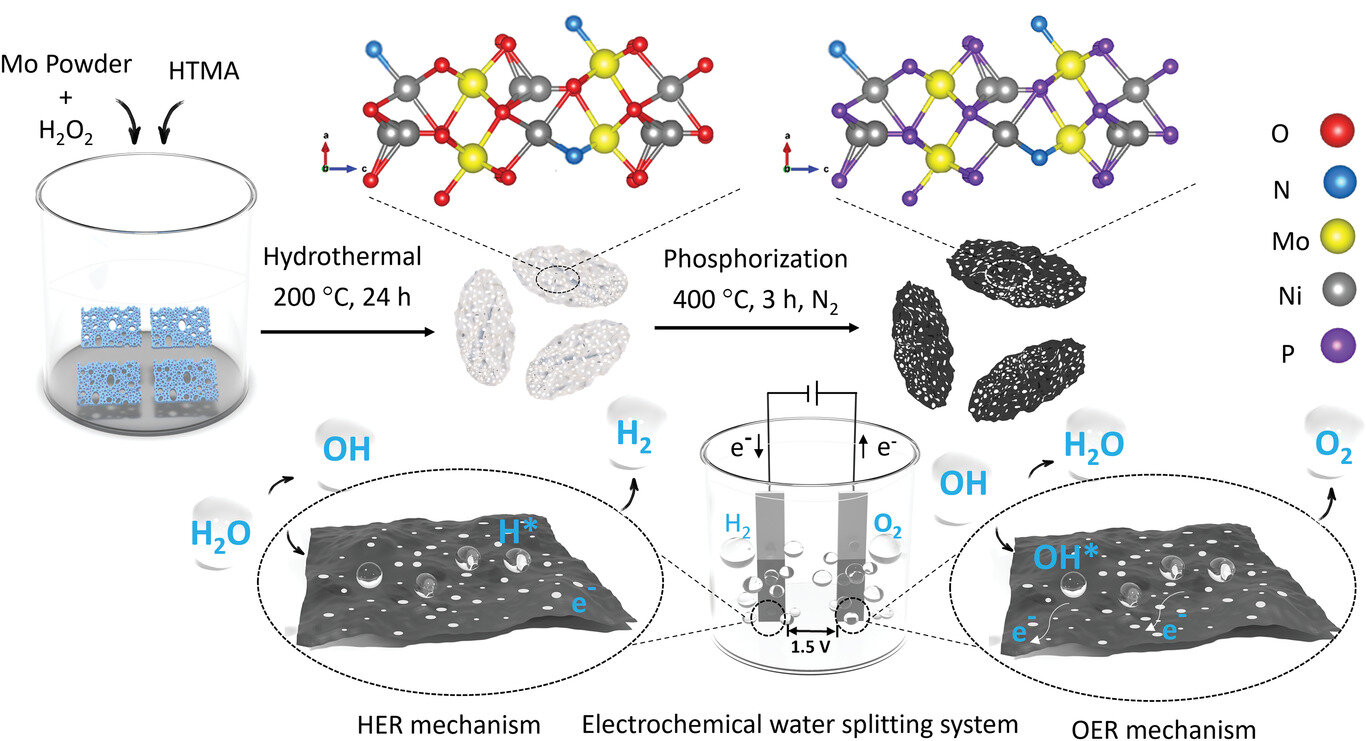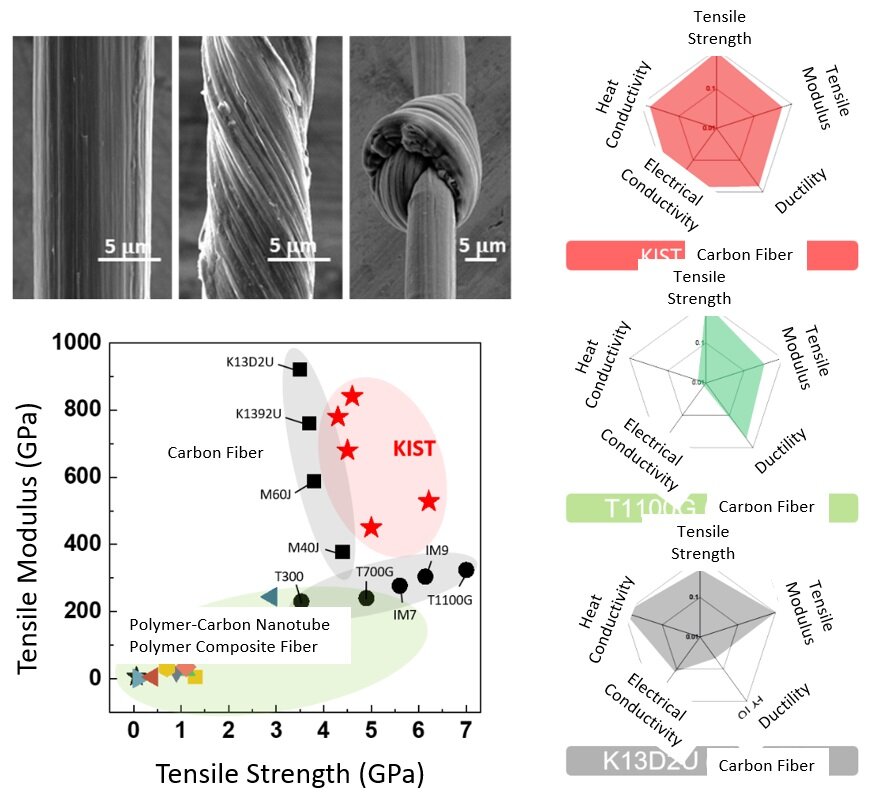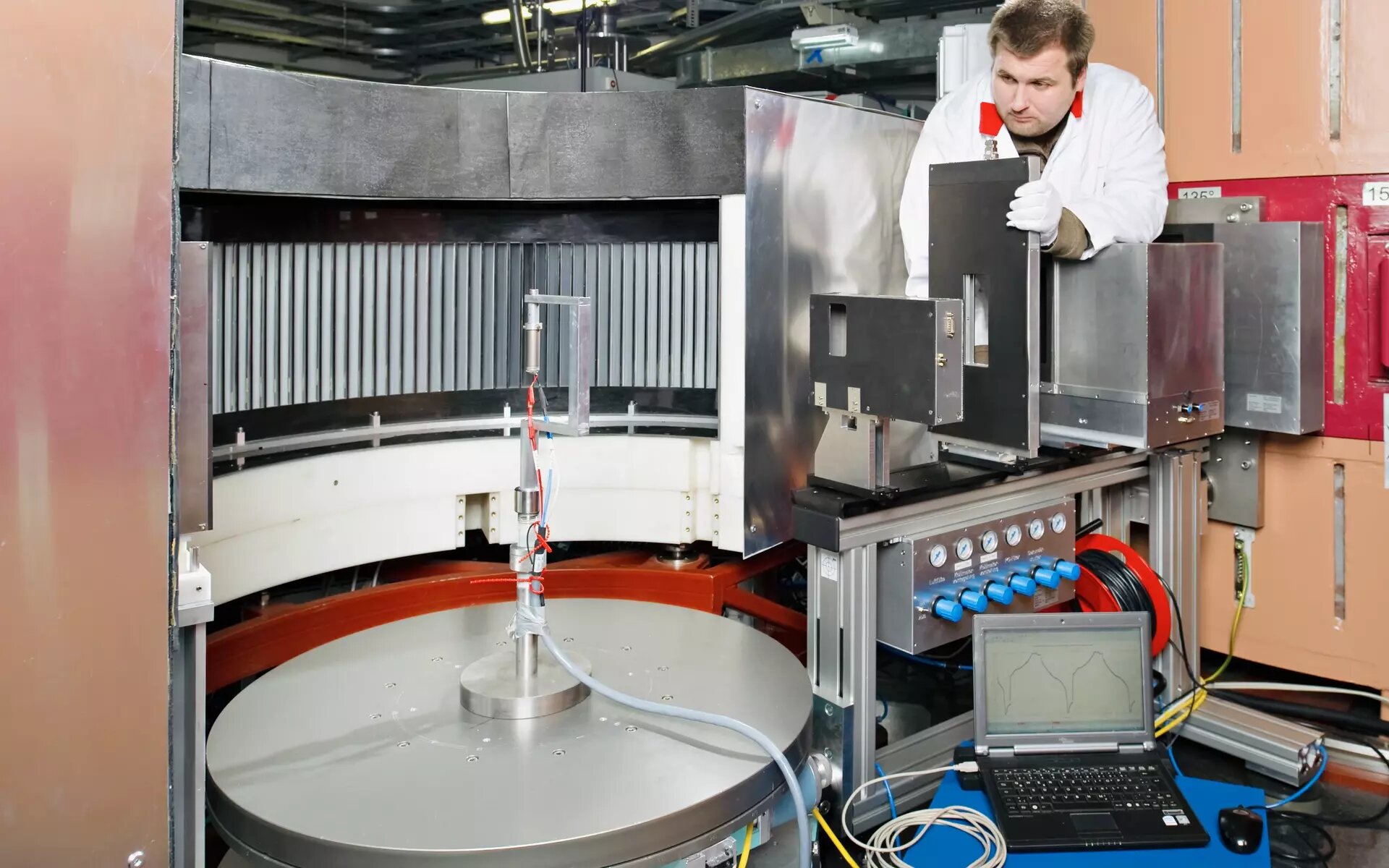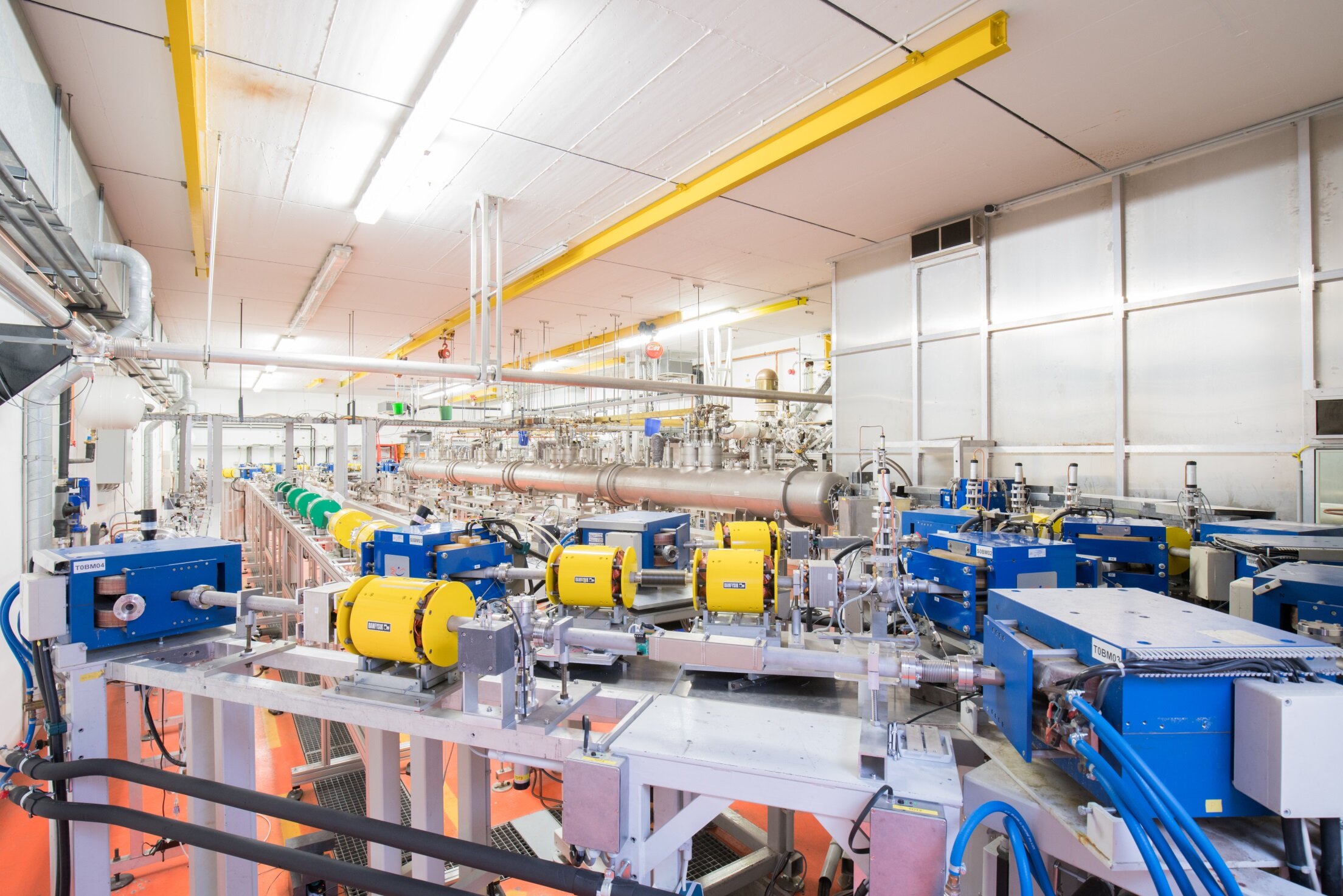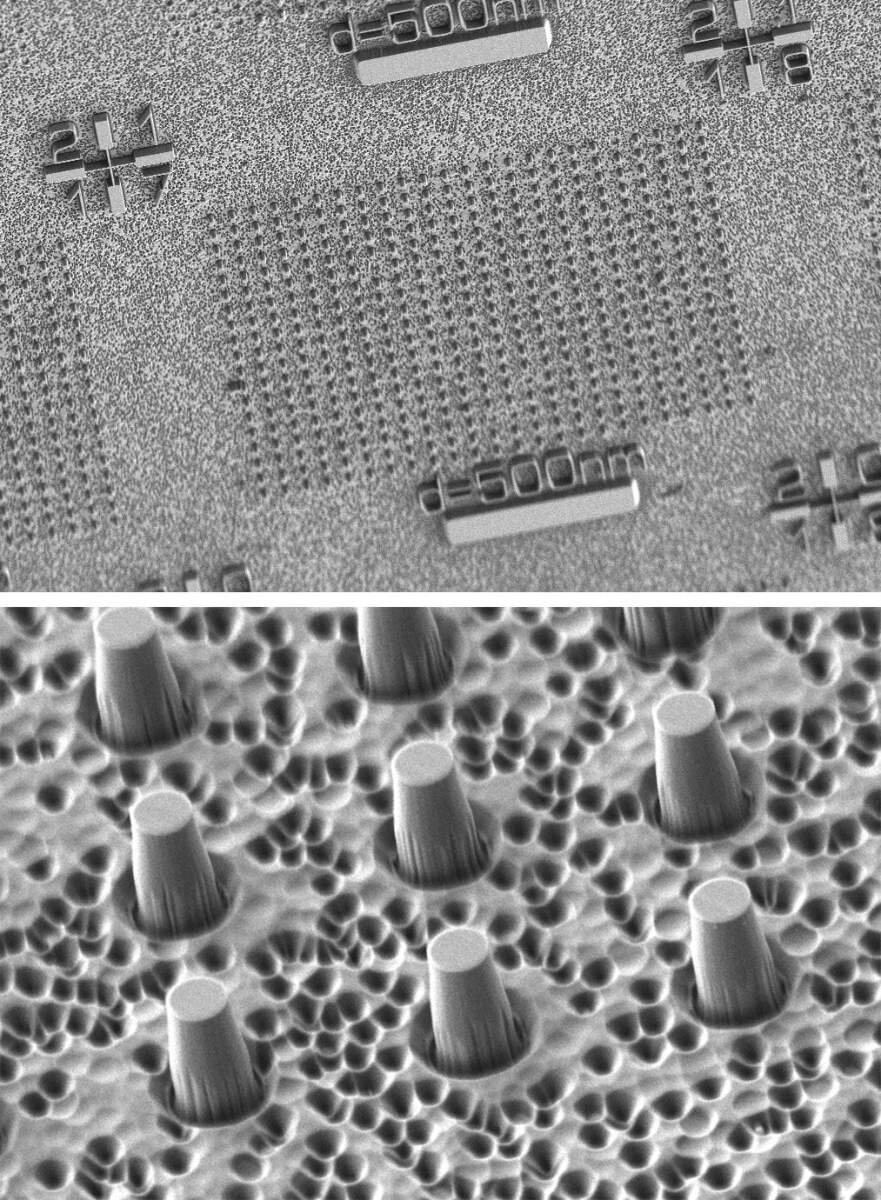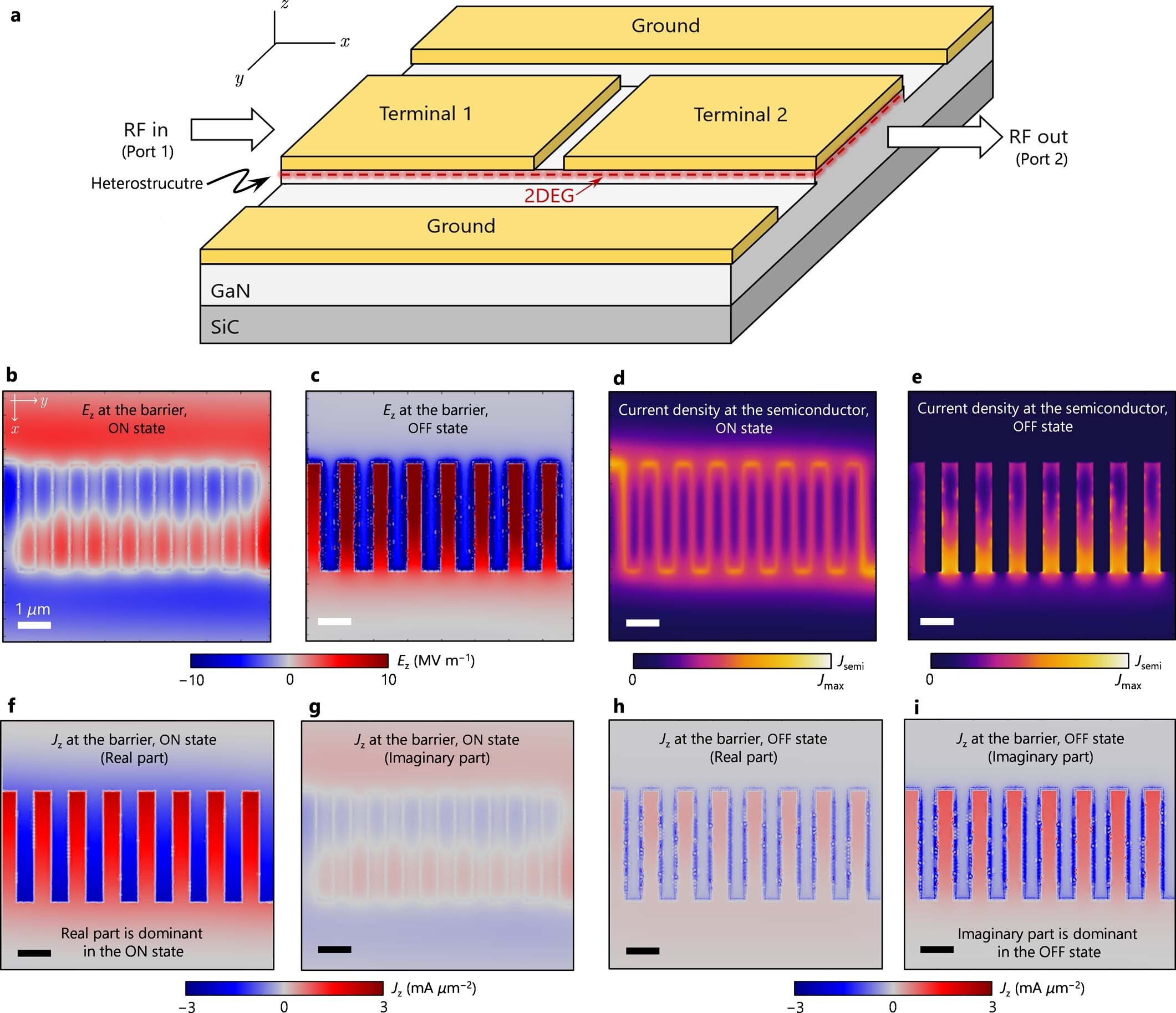On something of a tangent:
Advances may make it easier to build dangerous biological materials from scratch.

arstechnica.com
And there's your answer to the Fermi Paradox: it's easier to build glove boxes than space colonies. ---signed, R. Flagg
If the Universe Is Teeming with Aliens ... WHERE IS EVERYBODY?: Seventy-Five Solutions to the Fermi Paradox and the Problem of Extraterrestrial Life (Science and Fiction) 2nd ed. 2015 Edition
by
Stephen Webb (Author)
I read the first edition and was unimpressed.
He presented each explanation with the requirement that it be 100% effective on its own - that is, the zoo would have to have perfect guards, the berserkers would make the Daleks look like hippies, the Vogon bureaucracy would be effective etc. If they couldn't reach the 100% bar, then they had to be false according to his reasoning.
However, only a few were exclusive, meaning that more than one, indeed many mechanisms could be at play simultaneously. The cumulative effect of several less-than-perfect mechanisms would still be our complete isolation.
Webb didn't allow this and worse, he actually used a cumulative argument at the end - a variant on the Drake Equation to claim that technological life was simply too unlikely anyway. So there.
I don't think he was aware of the logical inconsistency.
- Our Galaxy is old enough to house civilizations that may be BILLIONS of years older than Earth.
In my opinion, the search for ET is poorly raised because, in short, it all depends on what we are looking for, how we are looking for it and what we hope to find.
Alien life is very possible due to the abundant variety of amino acids found by radio astronomers in interstellar clouds.
Intelligent alien life is statistically probable (Frank Drake equation).
Intelligent alien life interested in interstellar travel is less probable. It would have to be an energy rich culture, with the curiosity of a young civilization (in ours, it only lasted 40 years) and with the conquest spirit of some mad individuals. Difficult that all these factors coincide in the same society.
Chronologically speaking it is not very probable that two civilizations evolve at the same time and are ready for contact. A few thousand years are not much for a galaxy and a too long period for the UN, NATO, or the Third Reich.
There is the theory of cyclical history as proposed by Oswald Spengler and developed in fiction by A.E. van Vogt, Robert A. Heinlein, and Isaac Asimov. According to that theory, a civilization can be ‘young’ and even barbaric, and yet high-tech, since civilizations comes and goes, though most of the technological progress done by the previous civilizations are not forgotten.
Humanoid form is the result of hazard and millions of random mutations. The reason why the Hollywood ETs are humanoid is economic, a guy disguised with a rubber head. Actors wish to show their faces to increase their popularity and for that reason the aliens in the TV series are almost human.
If there are intelligent creatures somewhere in the cosmos, the only sure thing about them is that they will not look like us.
ET may have any shape except that of a pretty girl:
Gestalt organisms, smart clouds, natural computers integrated by metallic particles in a magnetic field, flying plants, organic film on water, metallic skeleton creatures, giant sponges, planetary wide fungus, energy balls, solar parabolas, insects evolved in low gravity, organisms made of neutron matter, alive comets, wave vortices, thinking crystals and six meters long caterpillars may be shaped by the evolutionary pressures of another world.
They may swim in liquid methane oceans, breathe a mixture of chlorine and ammonia, be able
to see the heat, communicate by means of luminous pulses, or develop senses that we cannot understand such as telepathy, especially useful to small
Gestalt organisms such as colonies of insects with a powerful collective mind.
They could be like gigantic jellyfish floating in the toxic atmosphere of their world, or worm-like beings carrying an incomprehensible underground existence, or aquatic creatures that have evolved into an ocean-planet, with no possibility of access to fire, metals and technology but with great abstract intelligence and interesting musical culture.
They may live in space cities, away from the inconveniences of a planetary surface with earthquakes, volcanoes, hurricanes, tsunamis, and problems with local wildlife, or simply live in the interstellar space feeding on ionizing radiation.
Perhaps biological intelligence is just a transient phenomenon in evolution. A very advanced society can achieve immortality by transferring the personality and memory of its individuals to eternally self-repairable quantum devices, as time crystals or spheres of energy. In that case they would prefer to inhabit the cold outer regions of the Galaxy and even intergalactic space, away from stellar disturbances, supernovae, and gravitational waves, which could cause interference in their computer systems.
They may despise societies made up of biological organisms and avoid any contact, as we do with mites. Why would those higher entities bother to establish a communication with us? What could we tell them?
